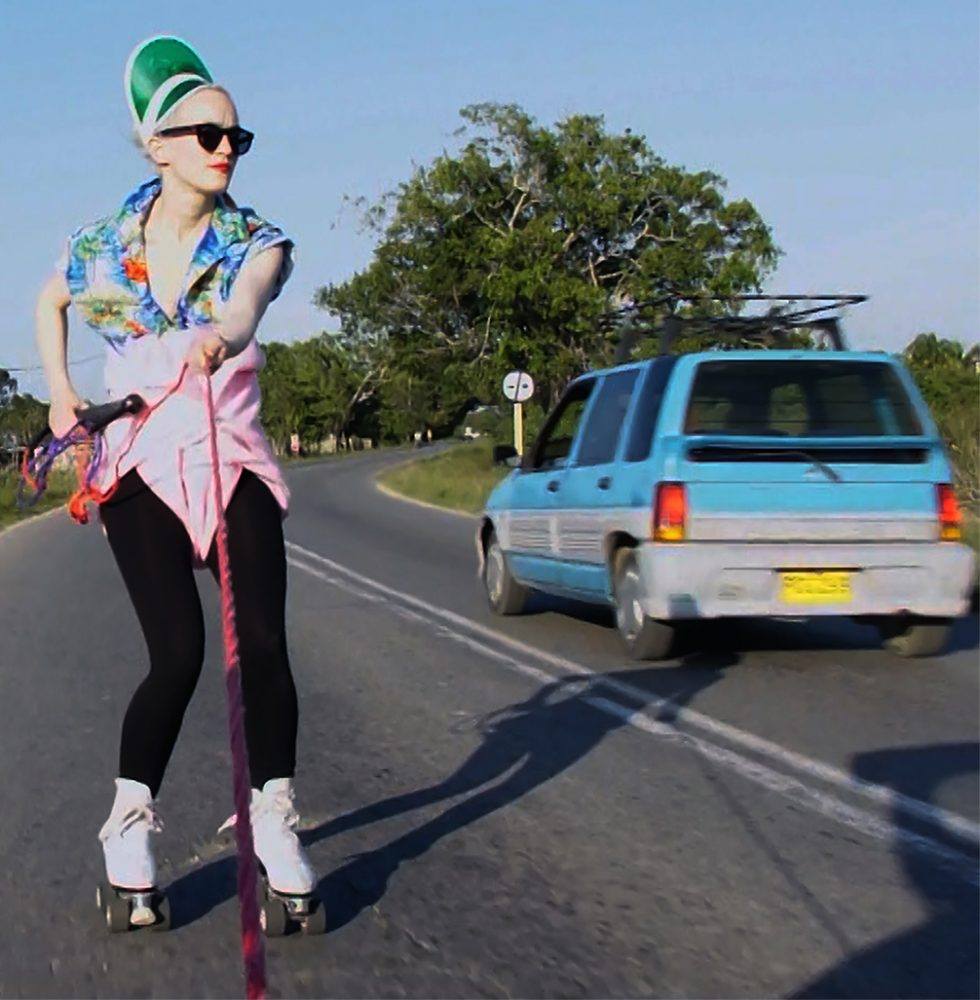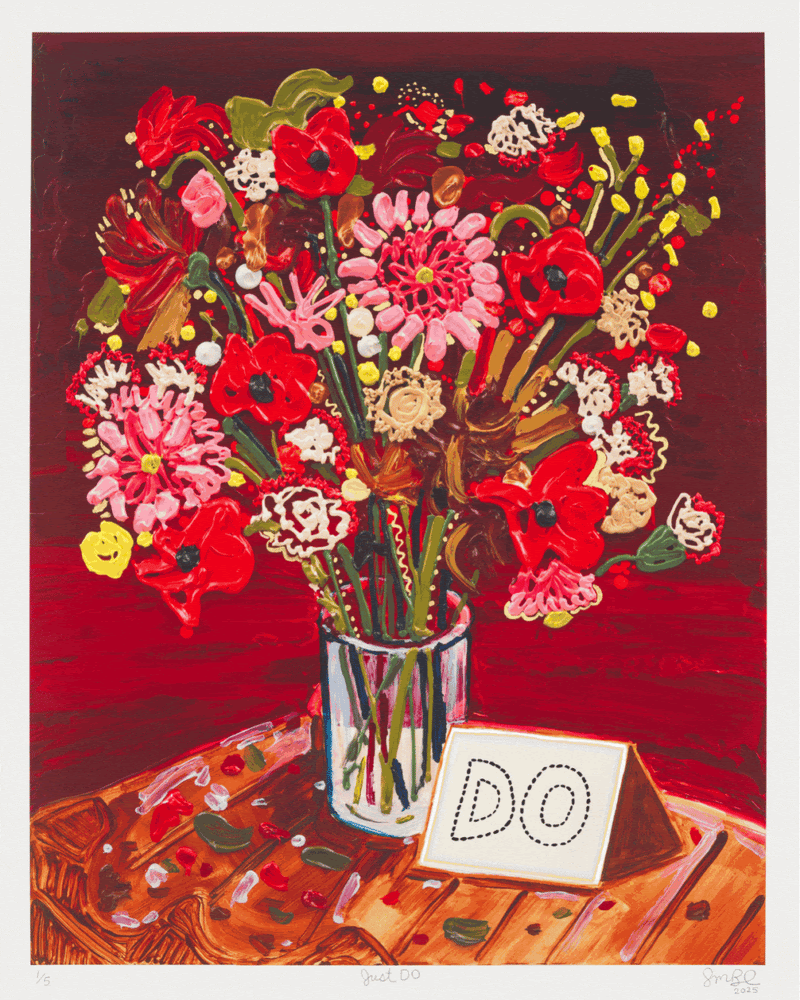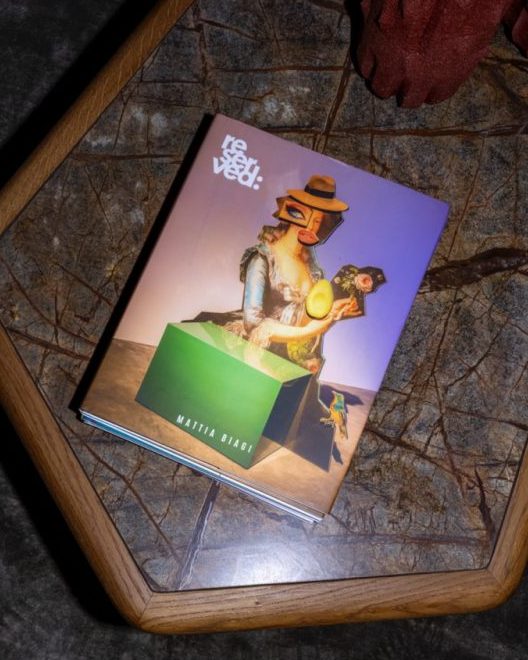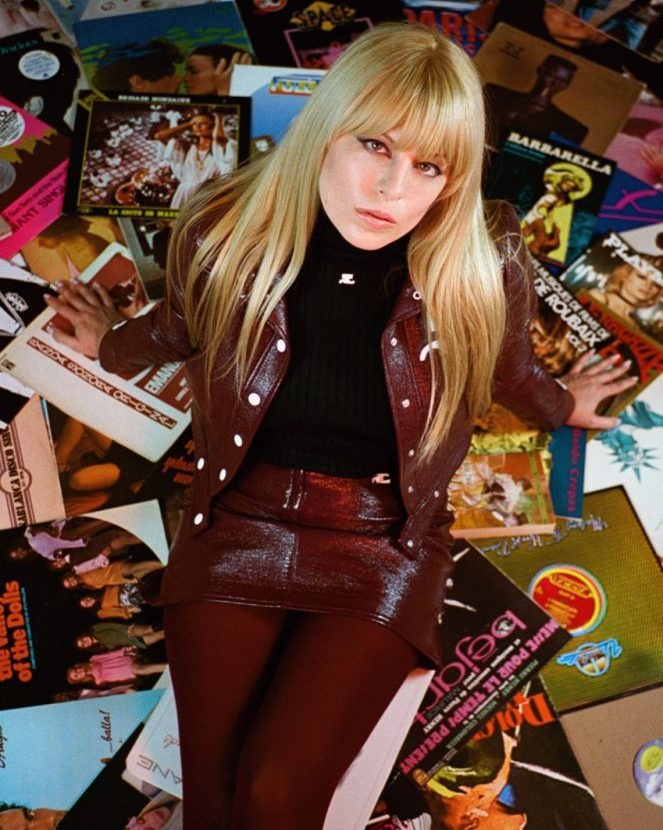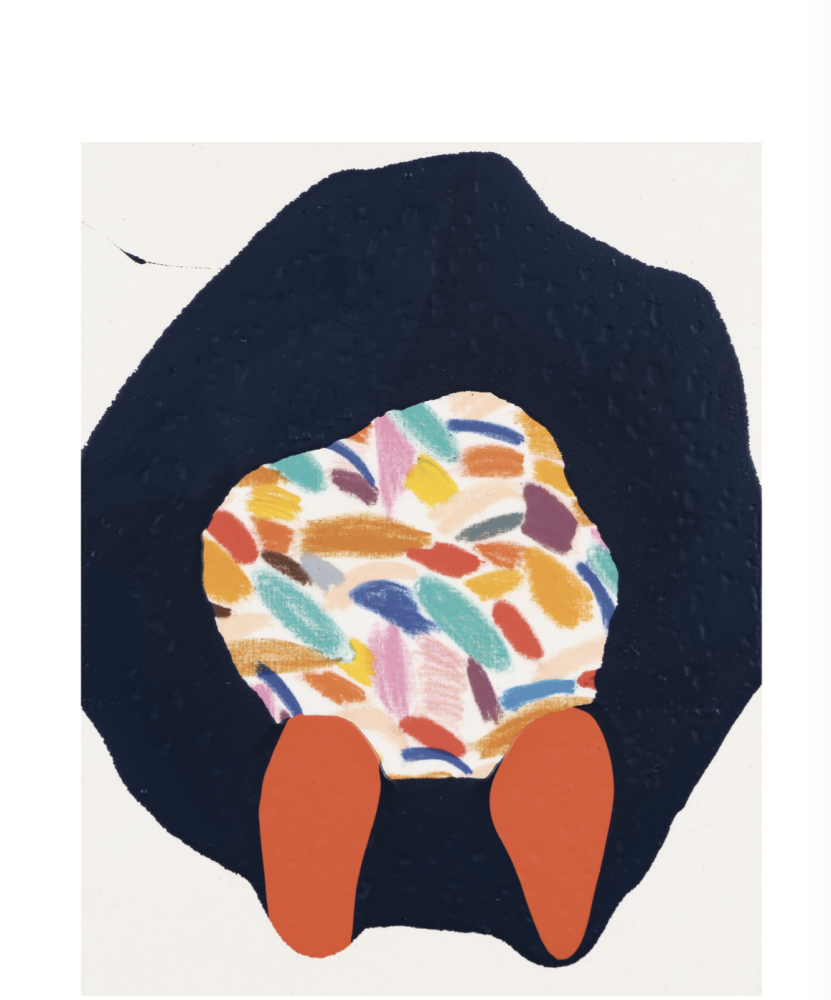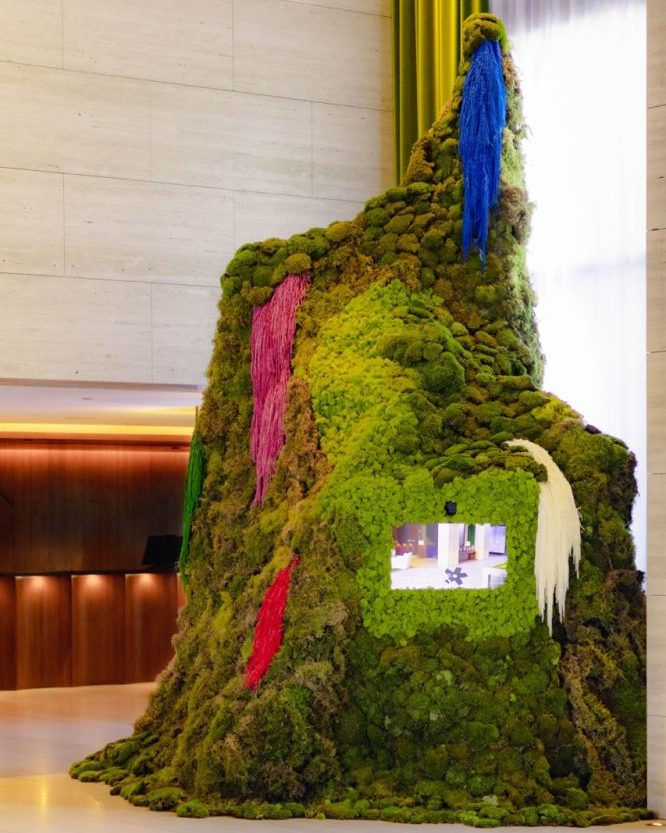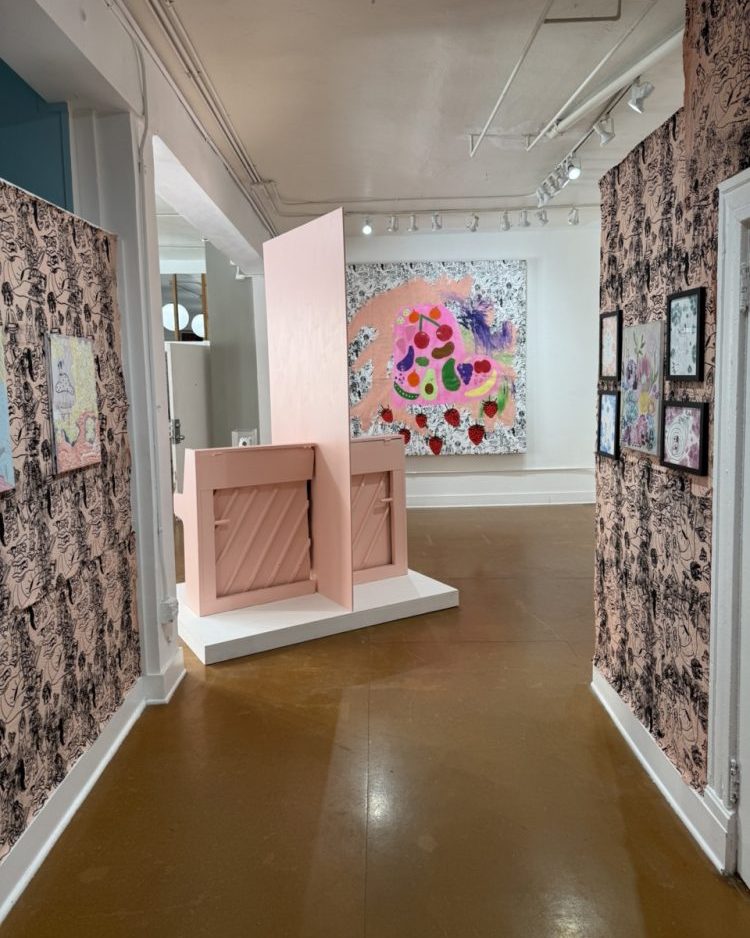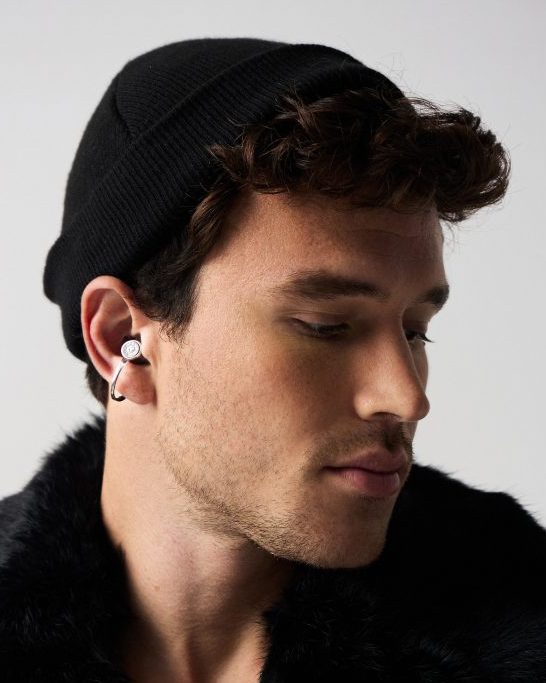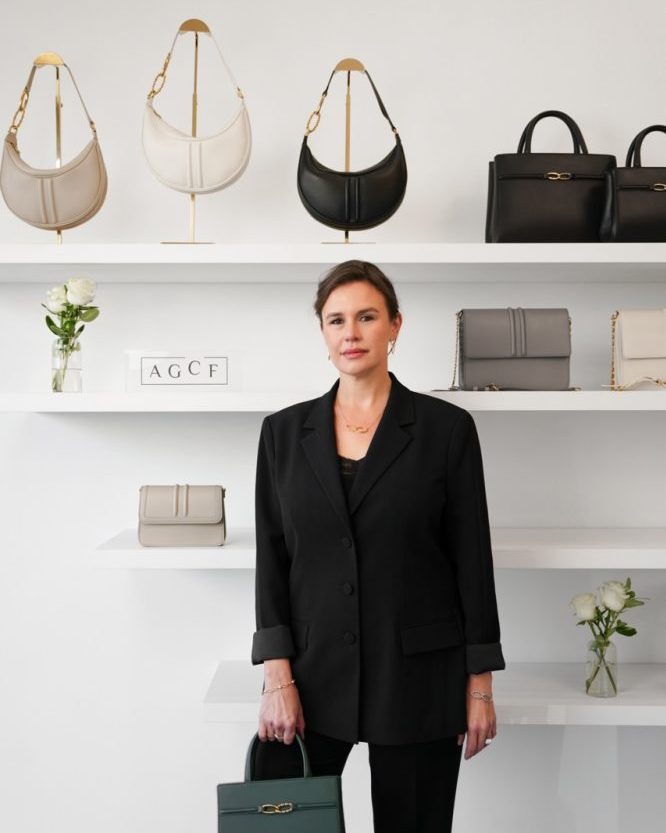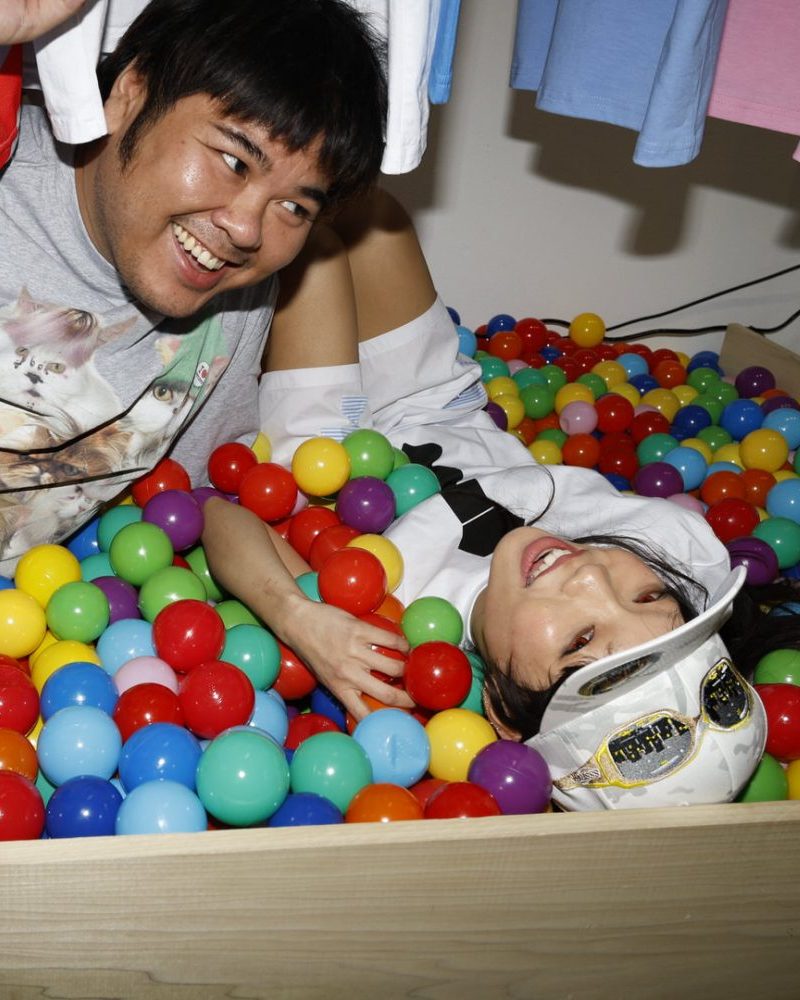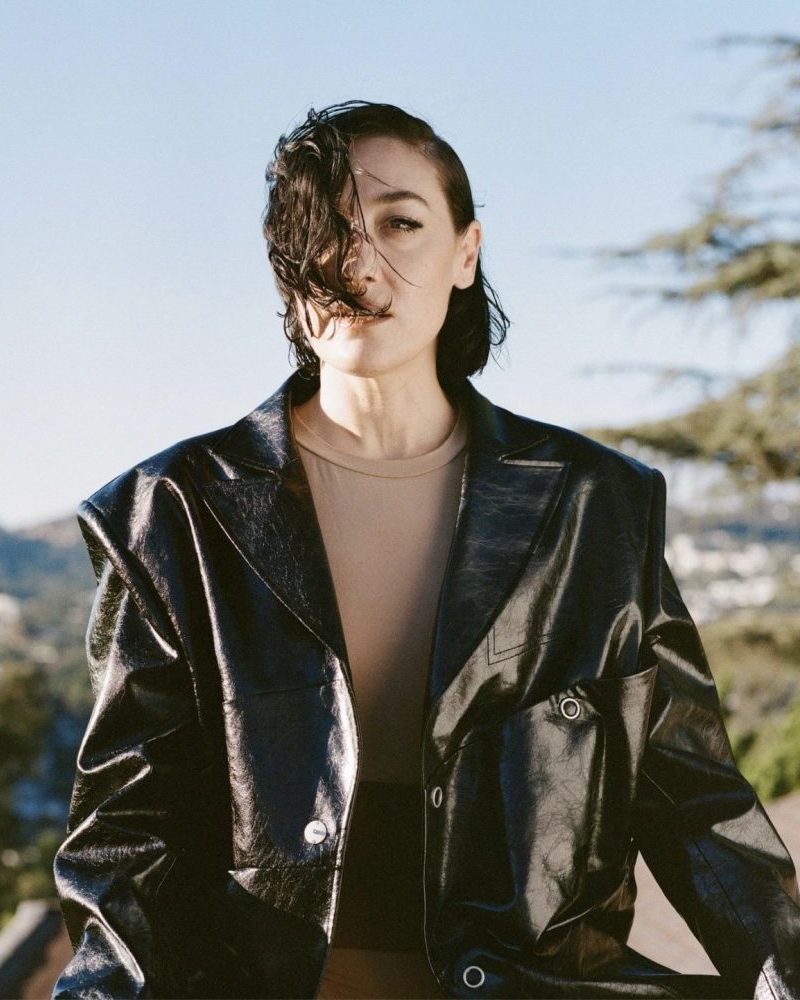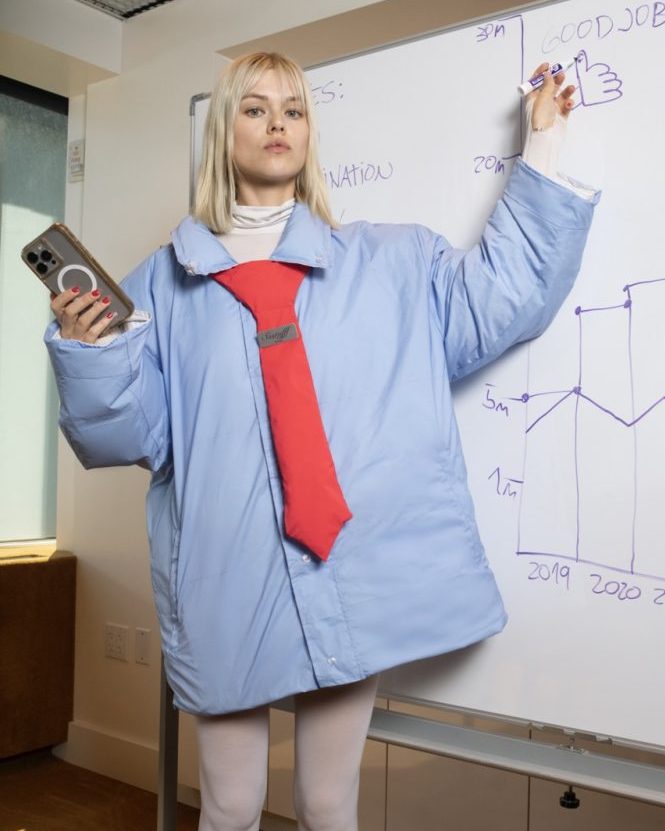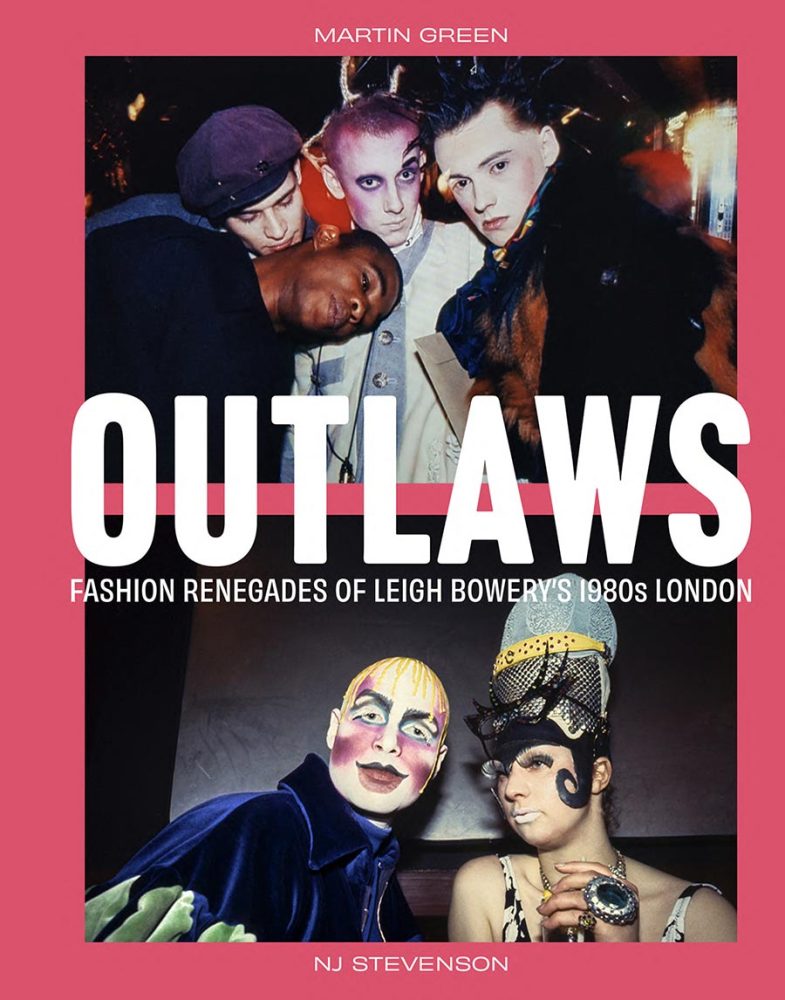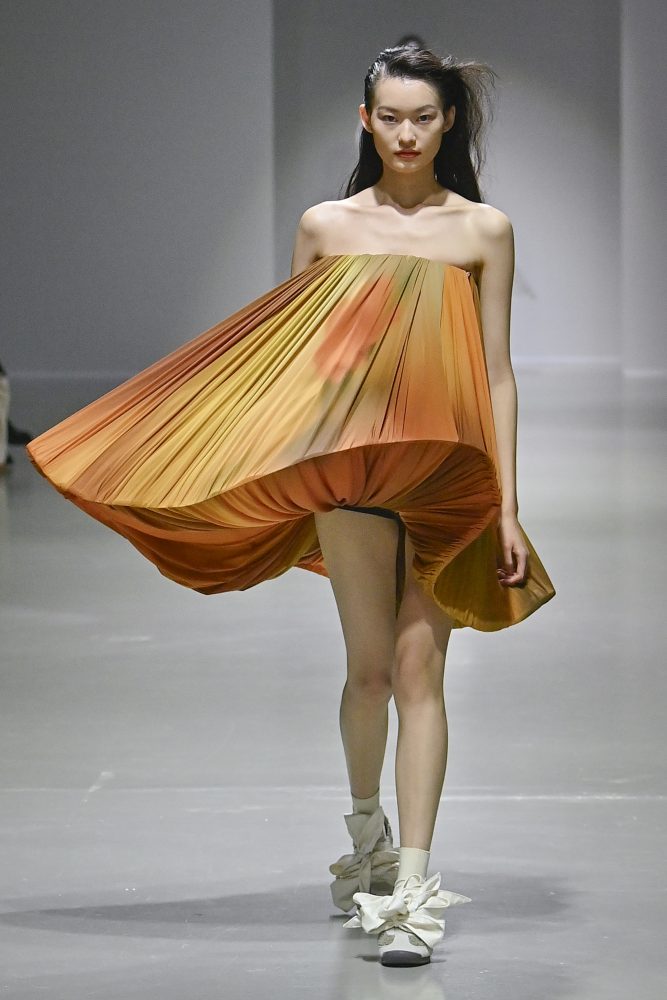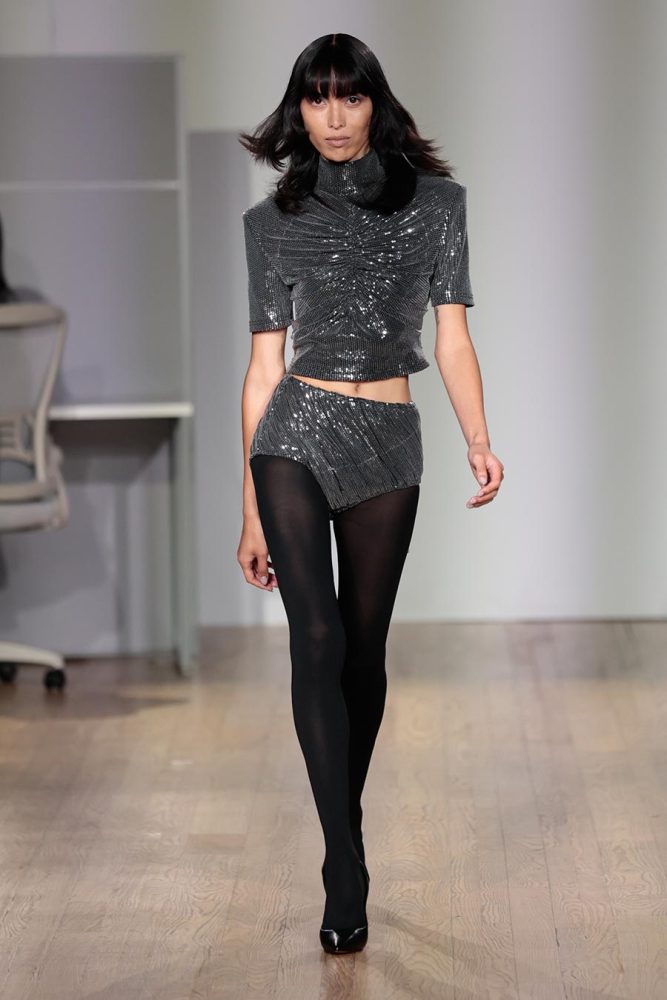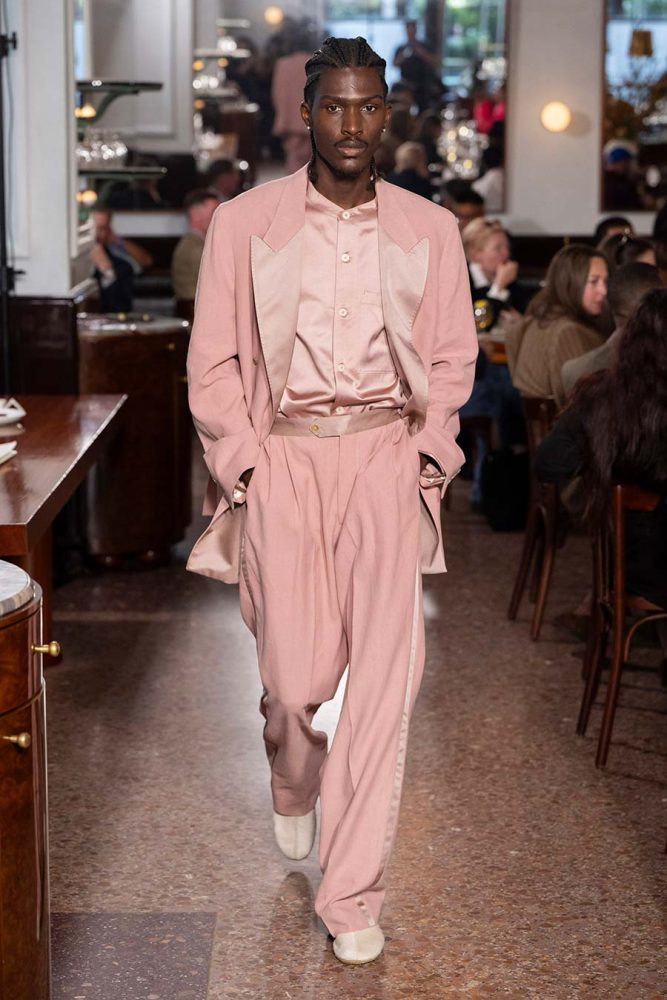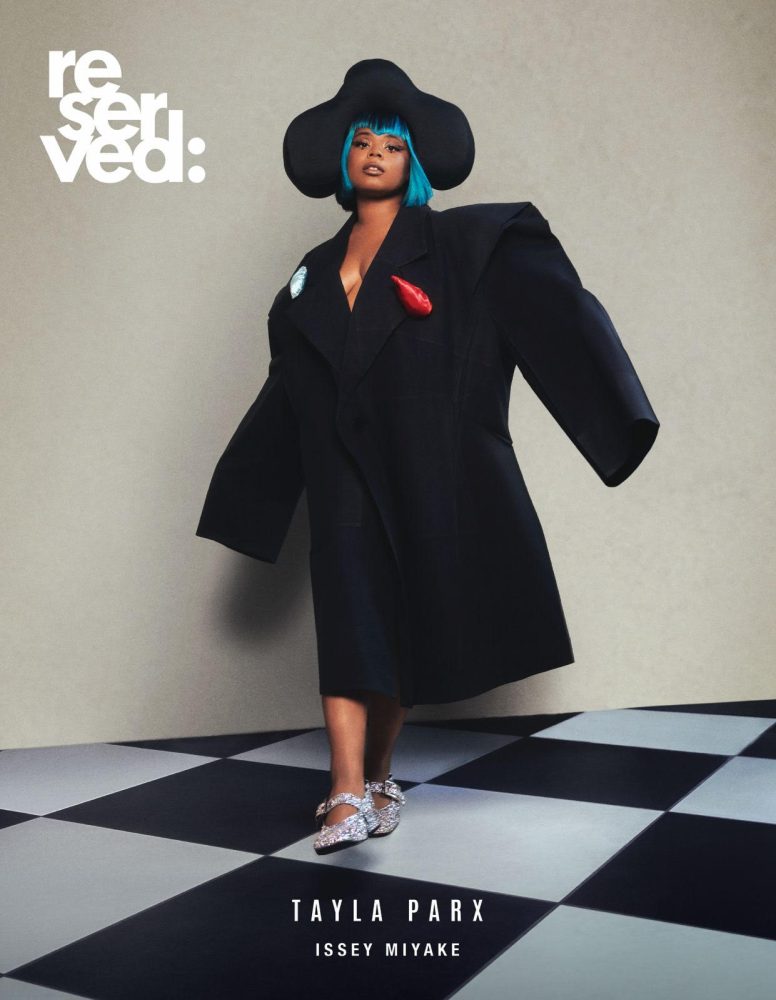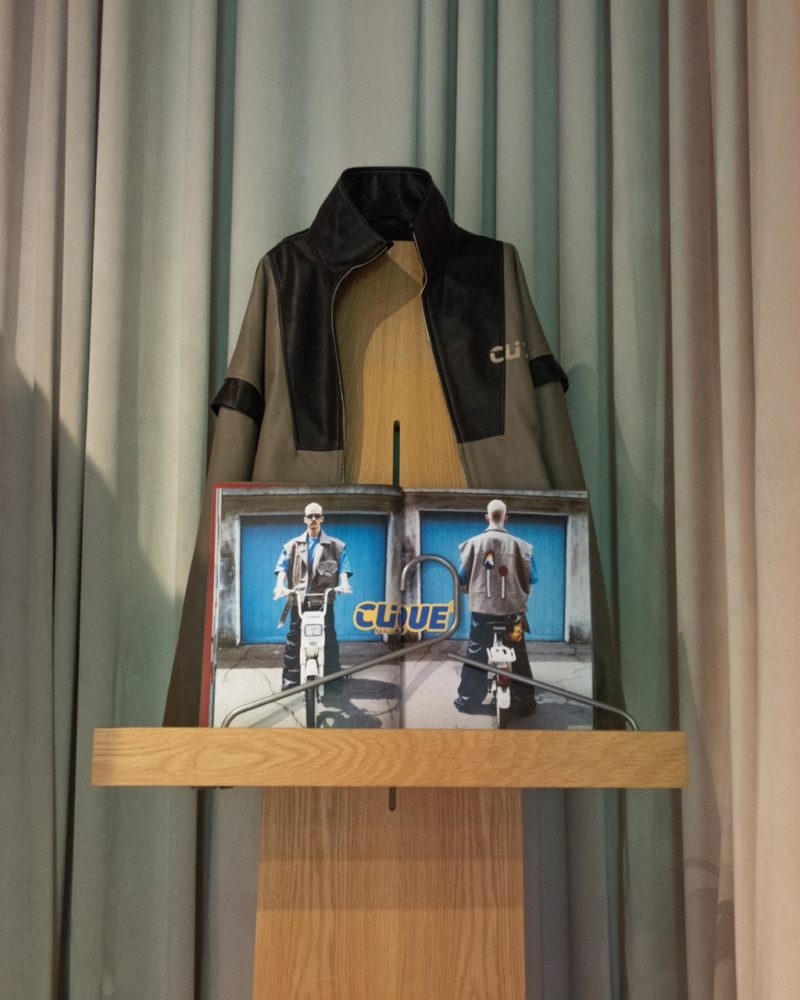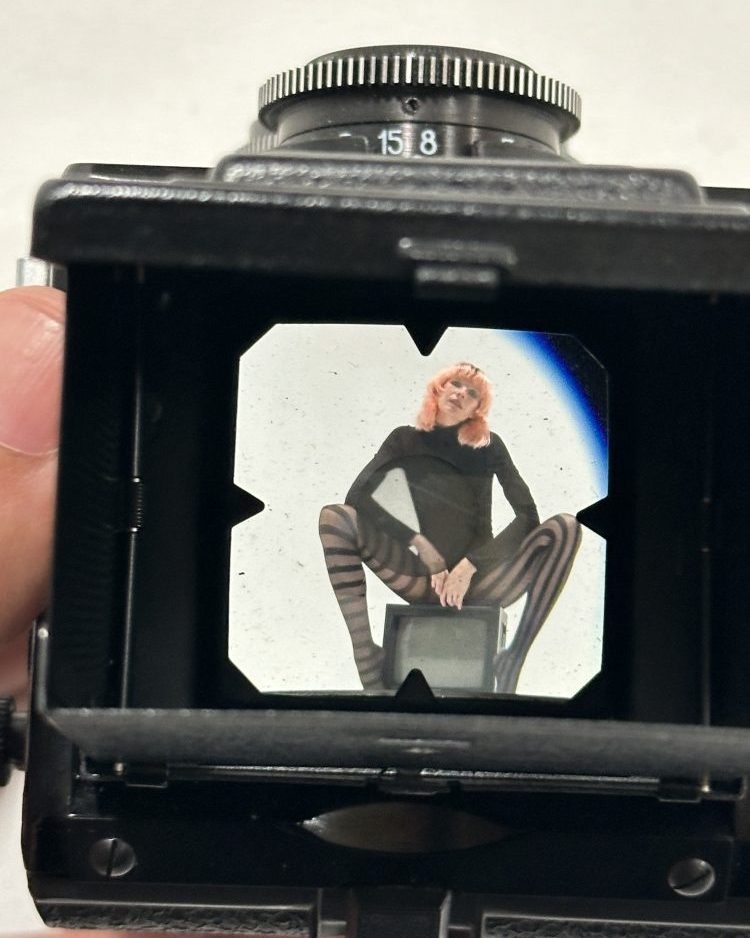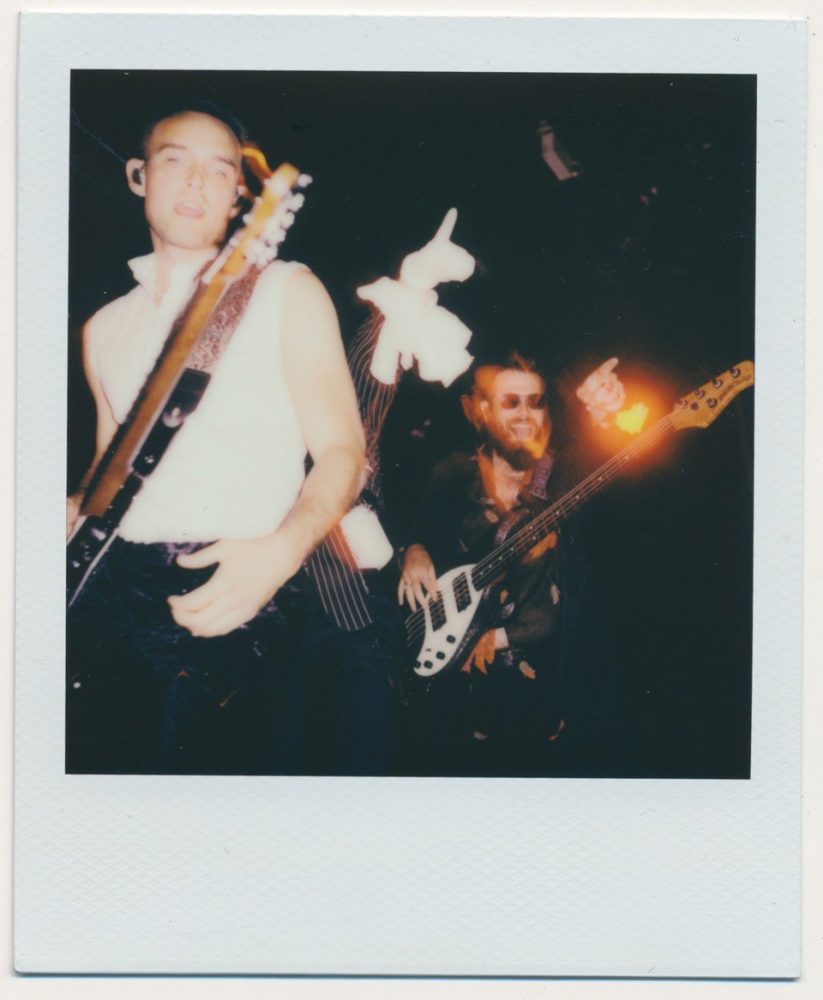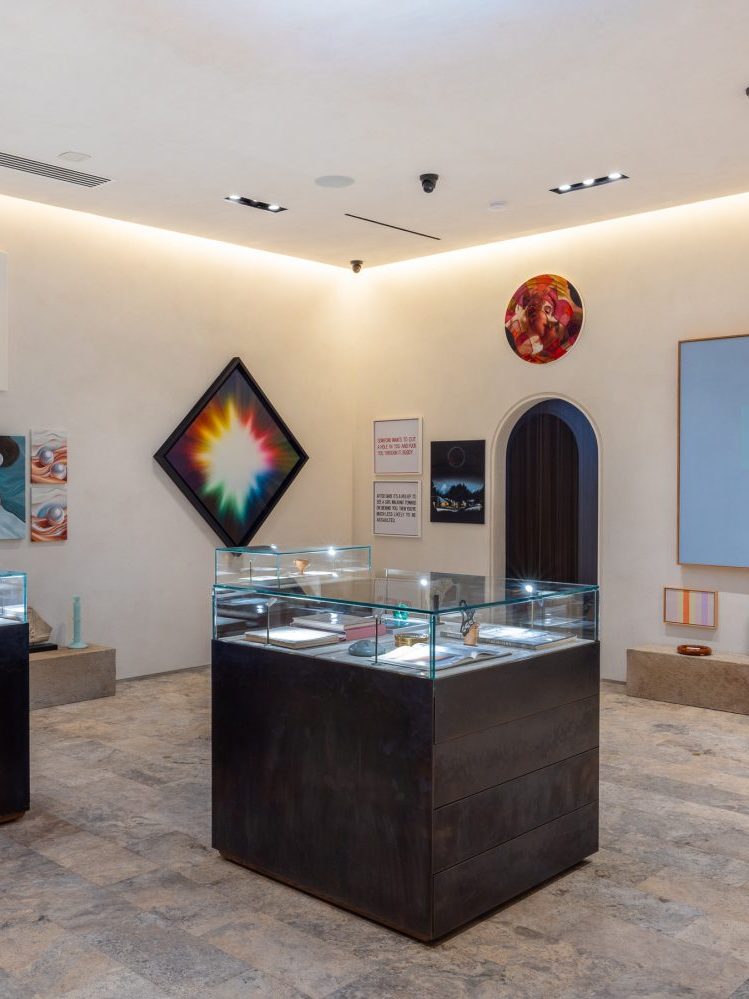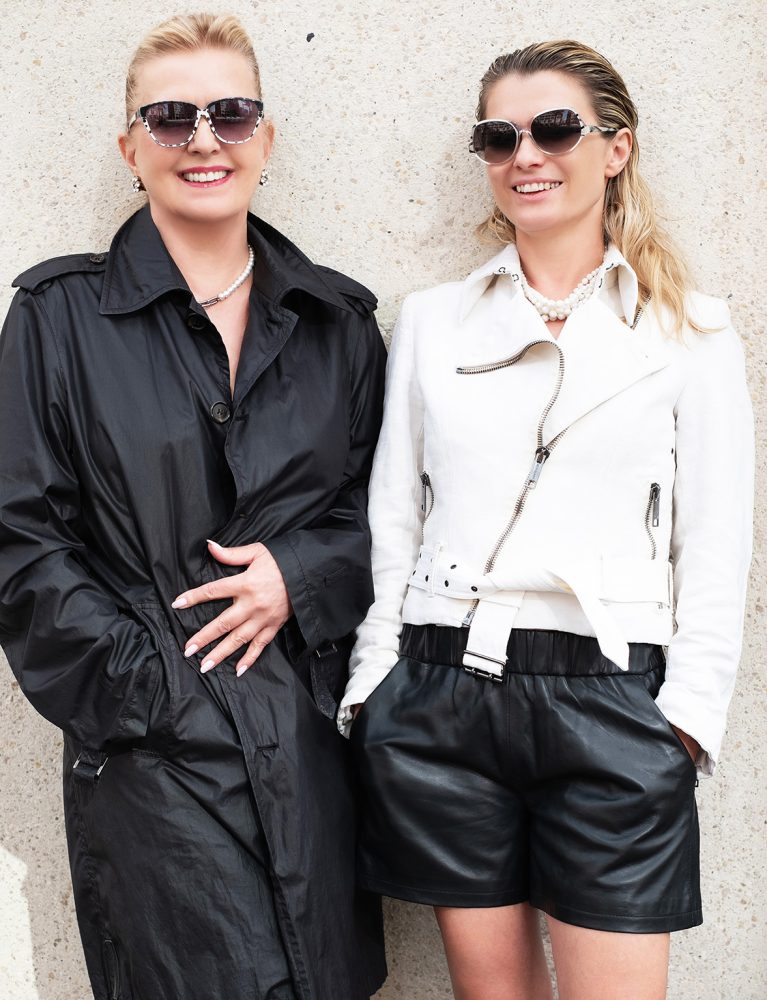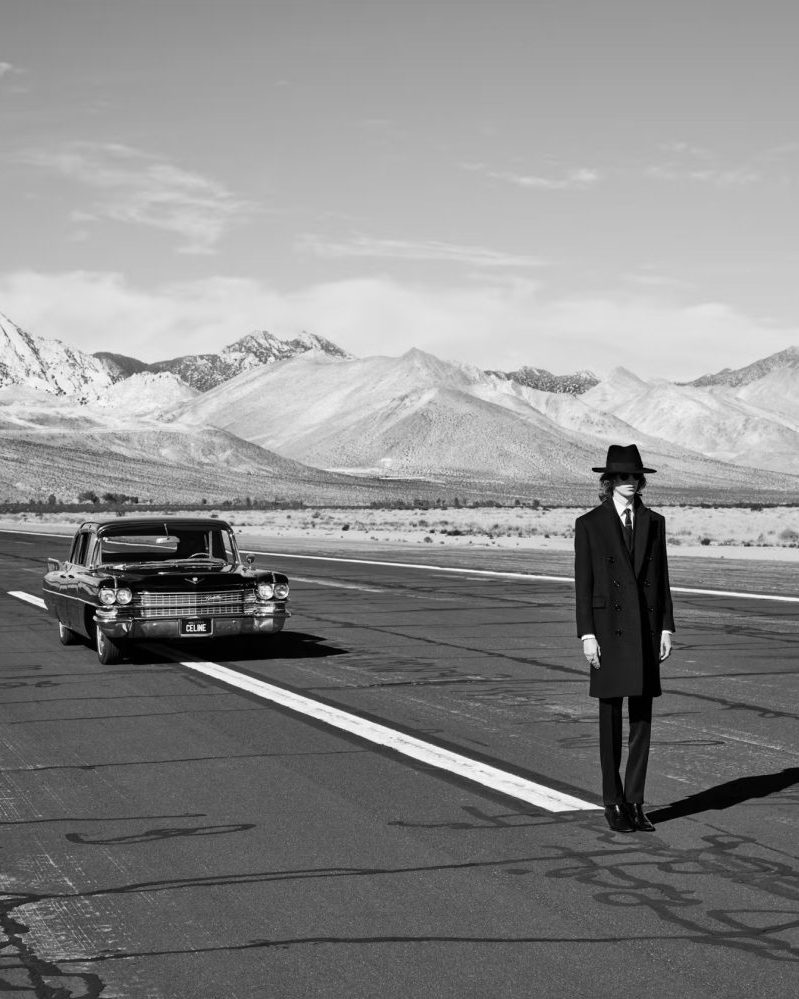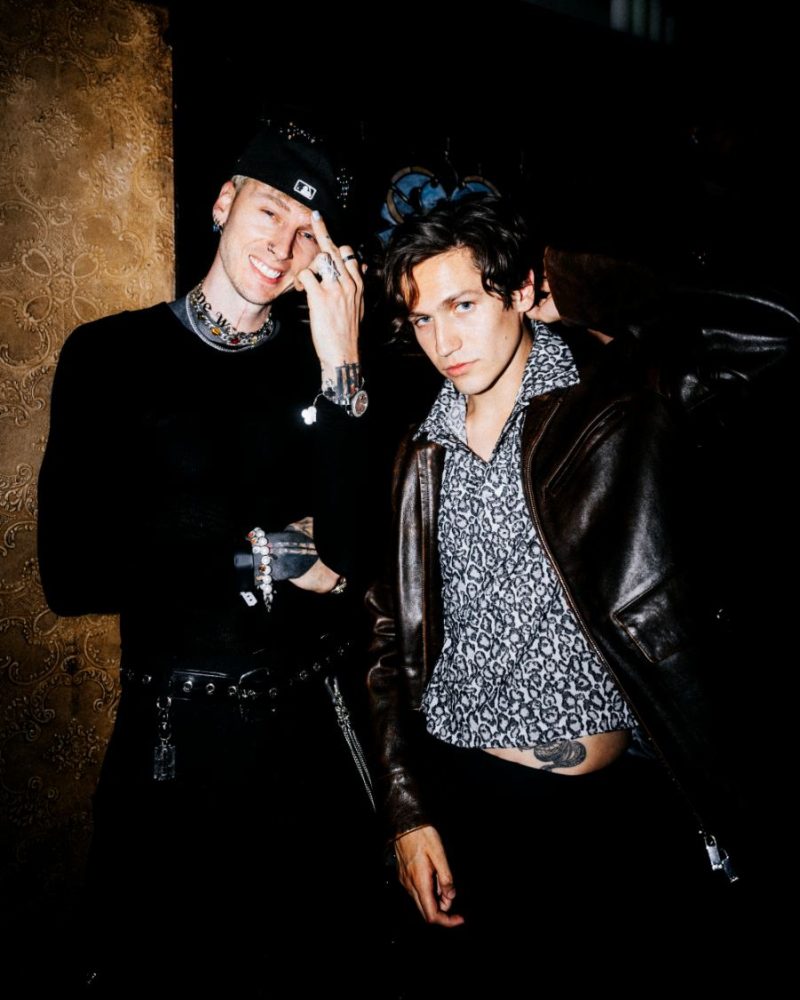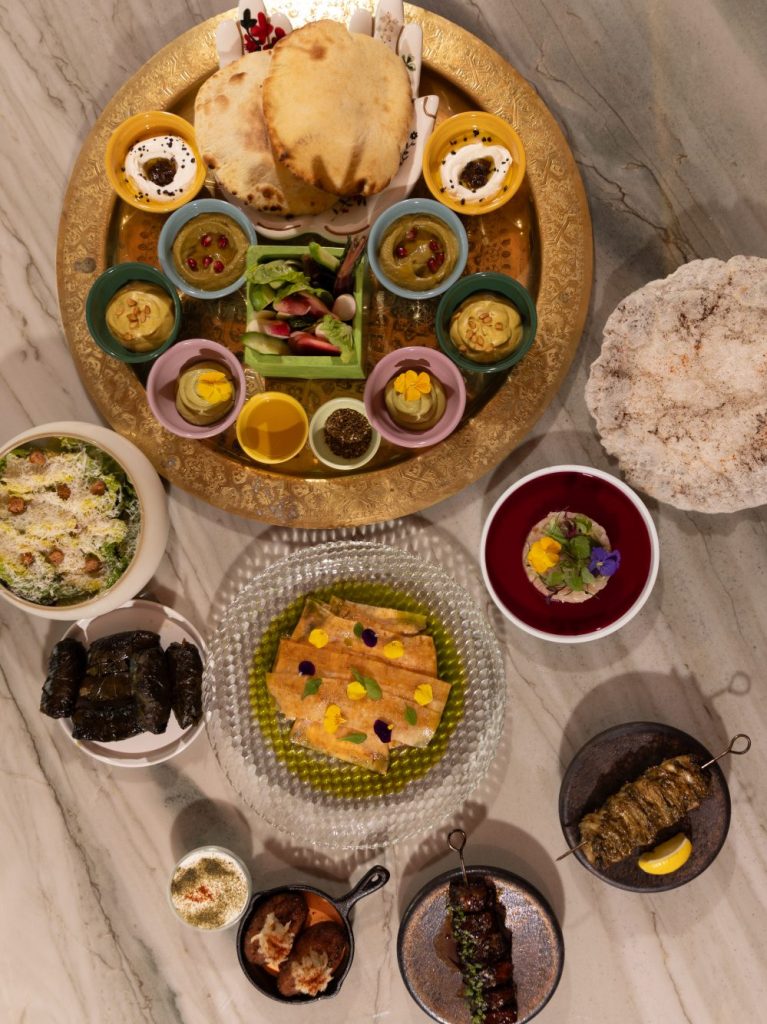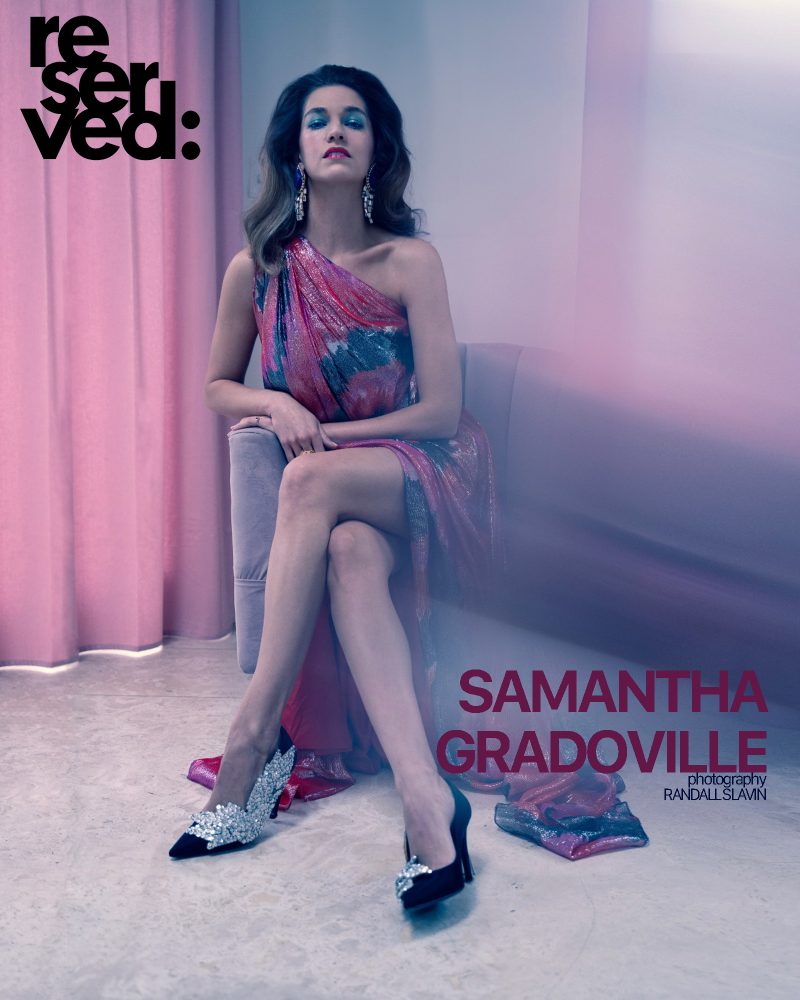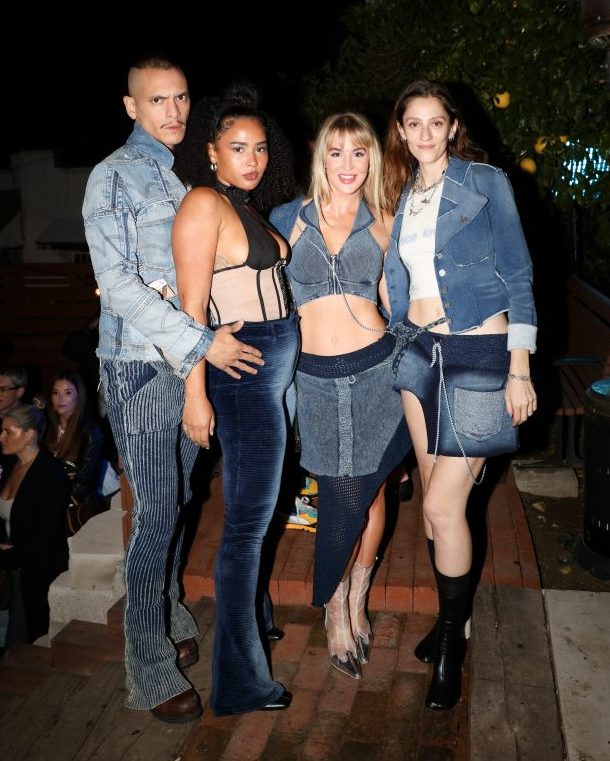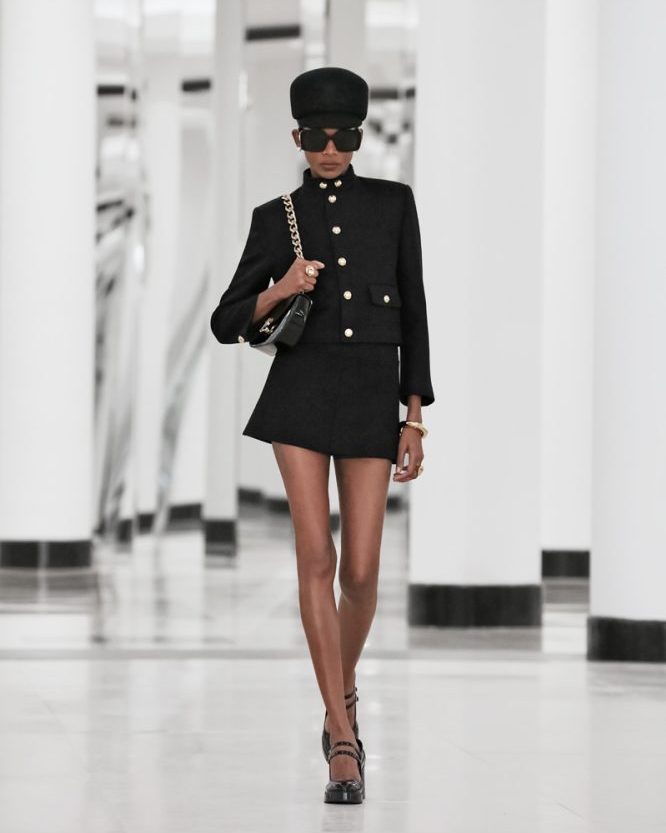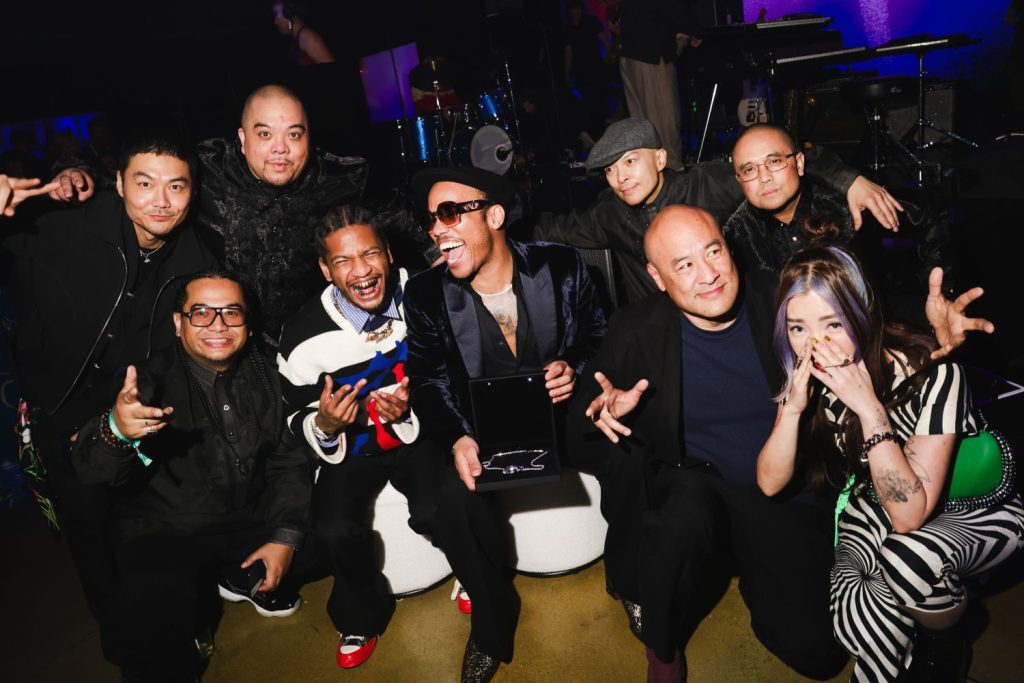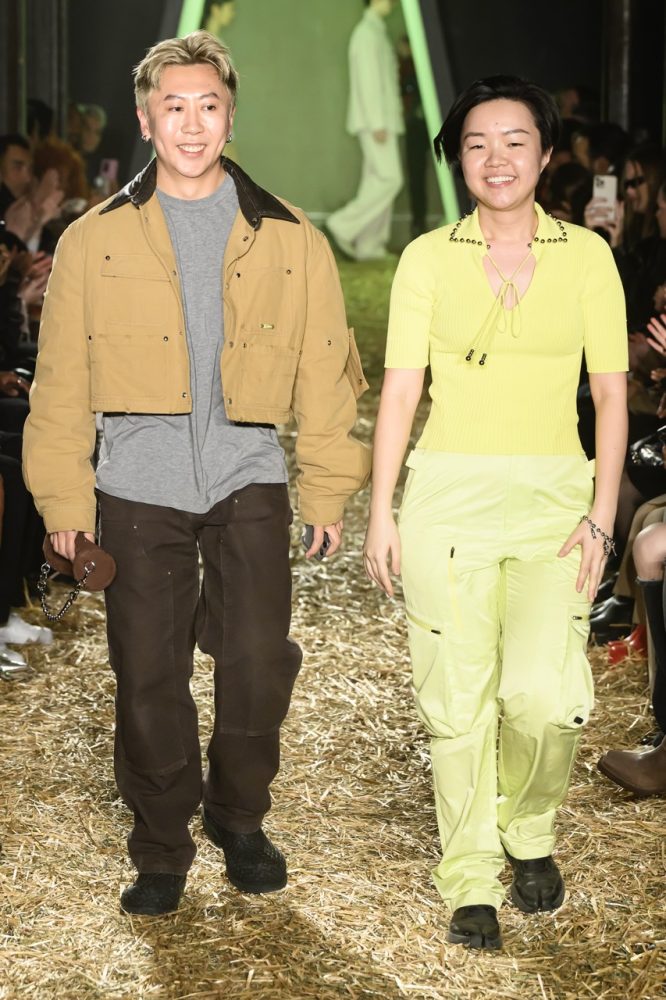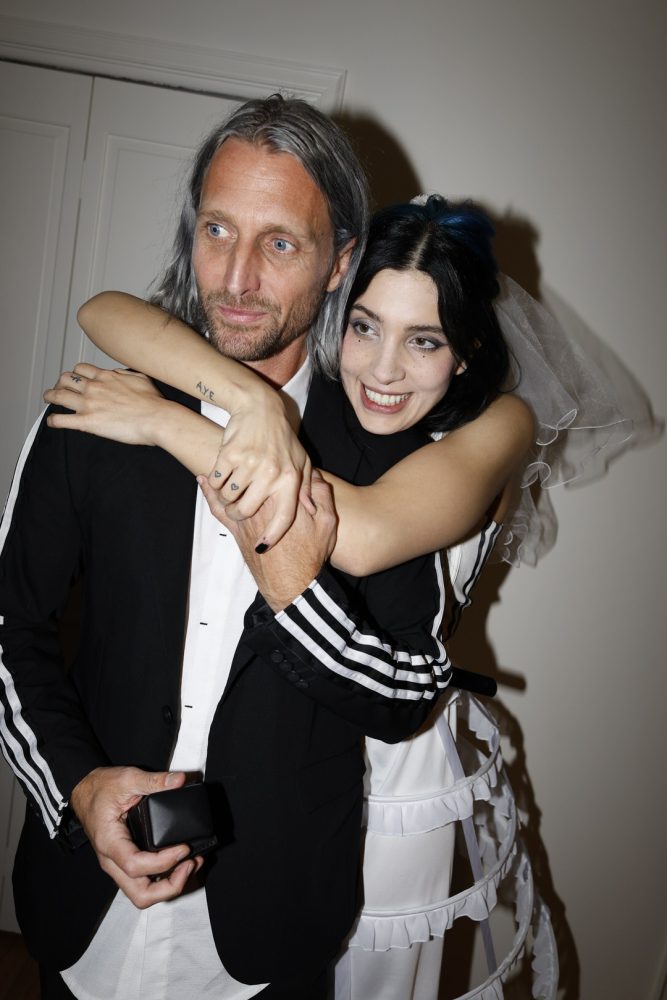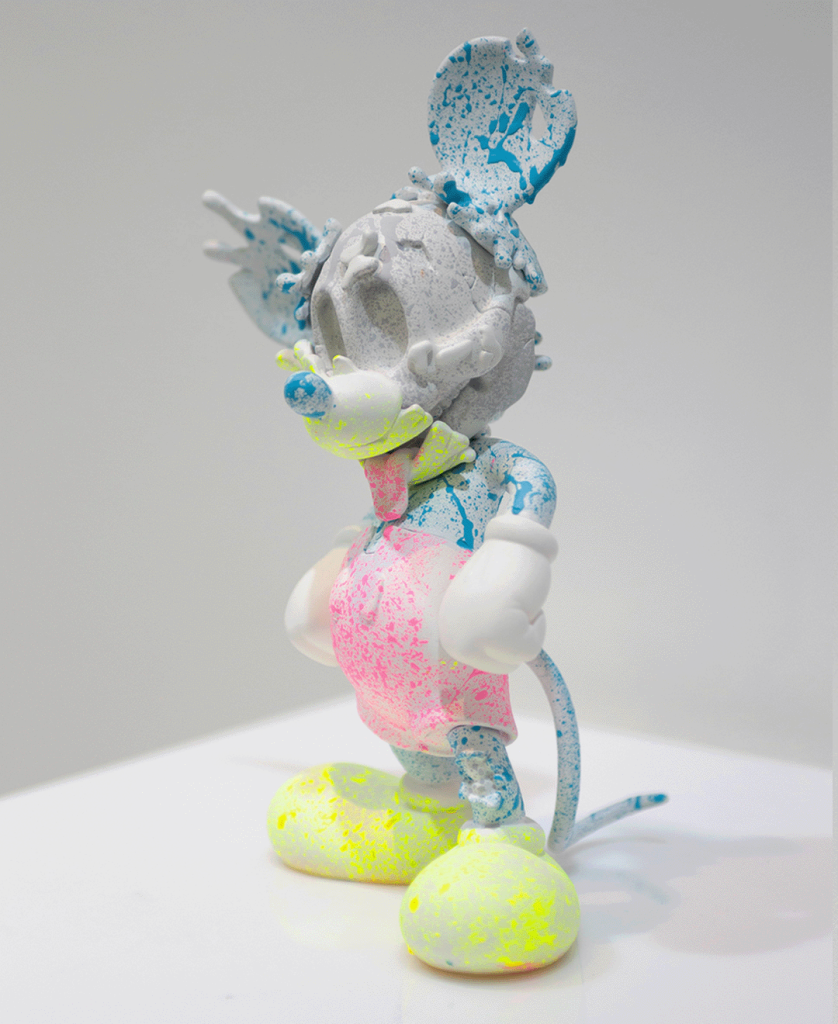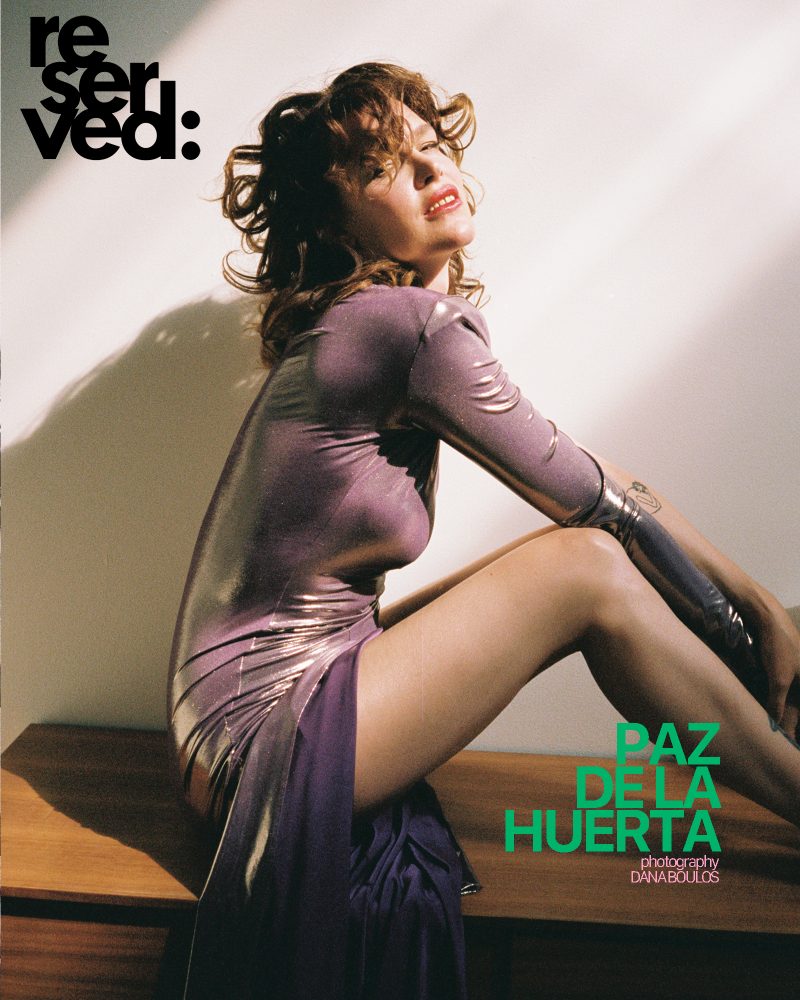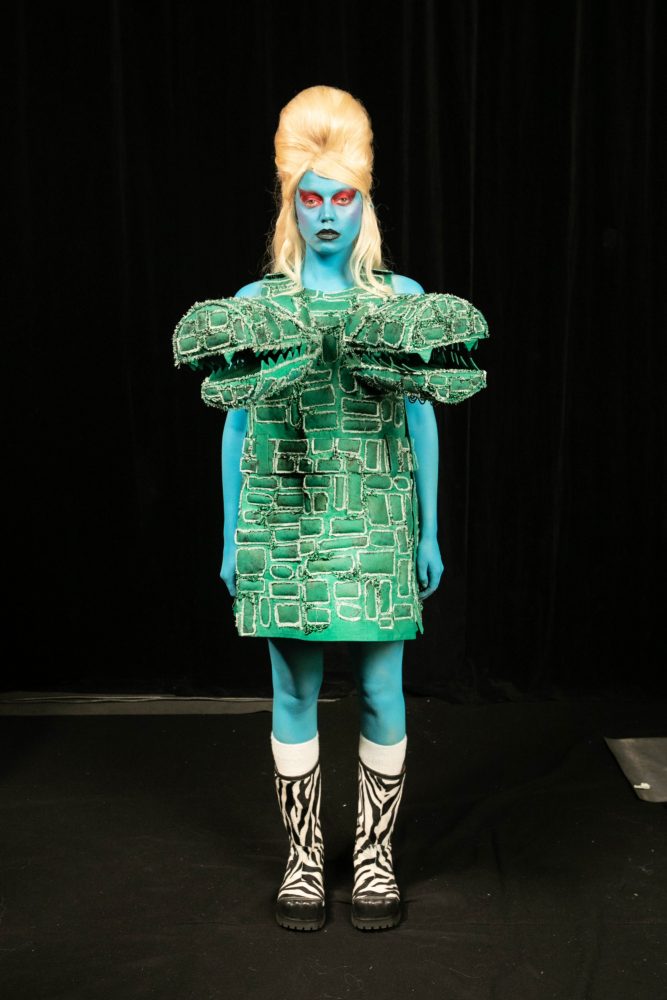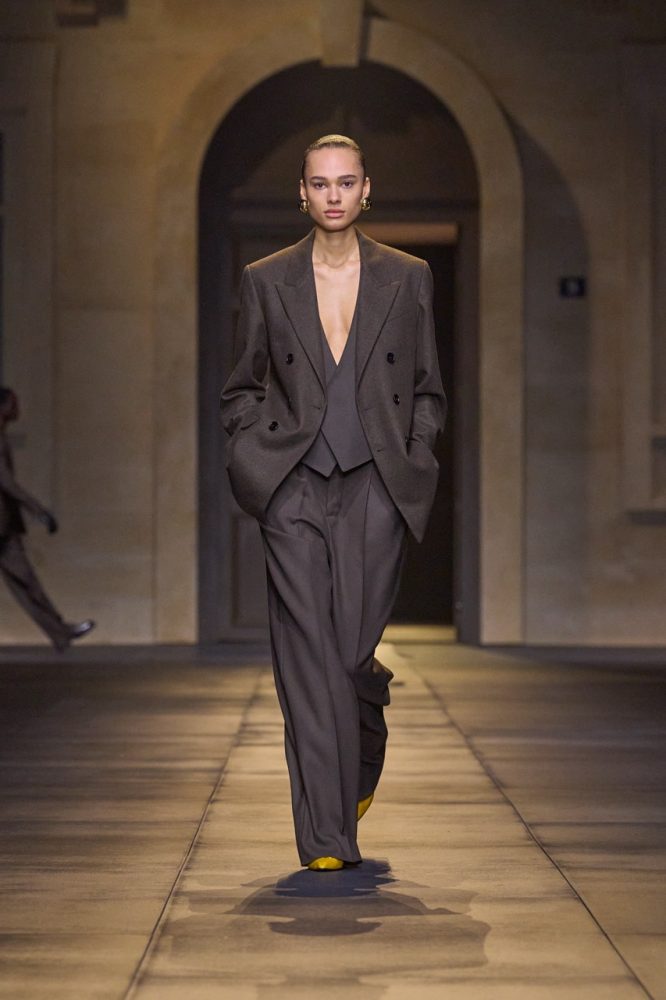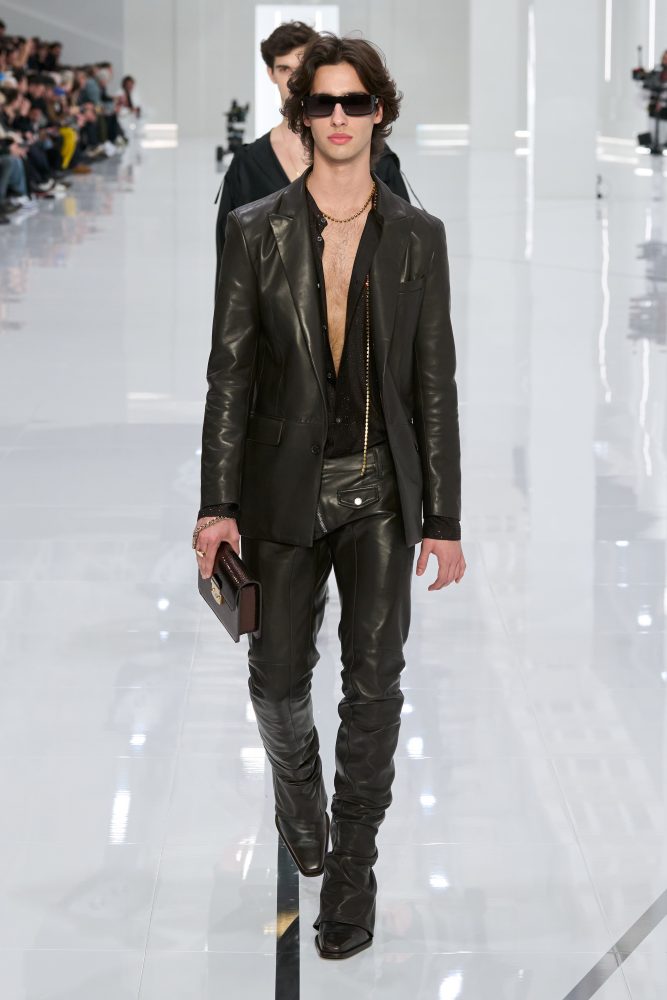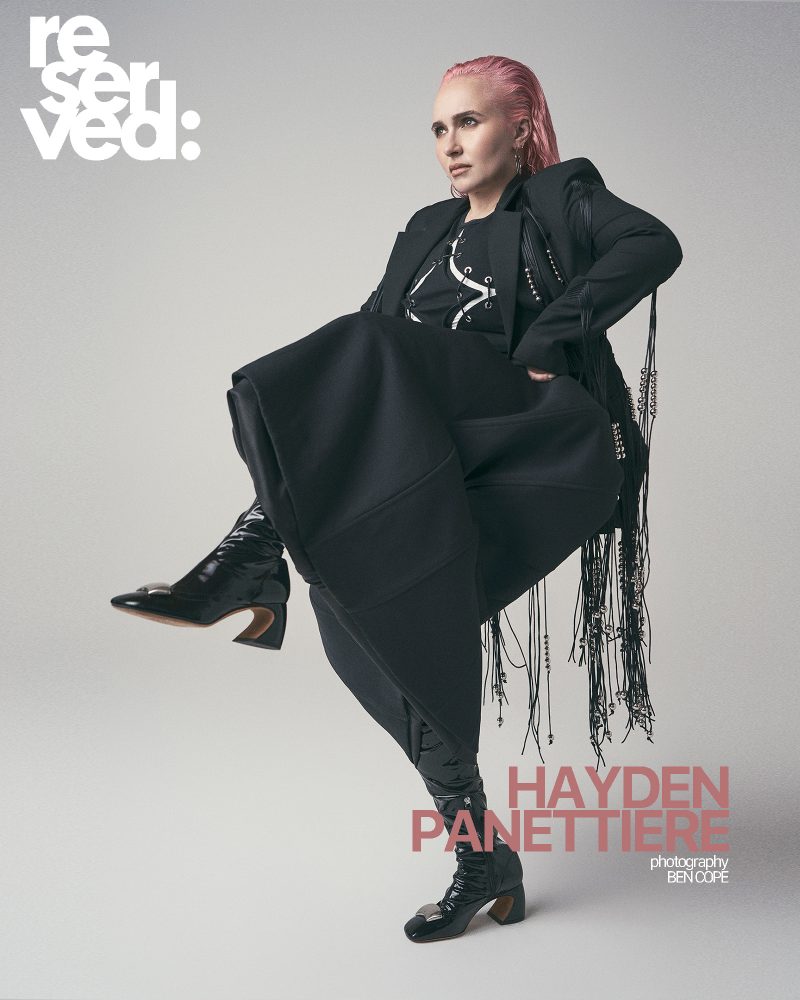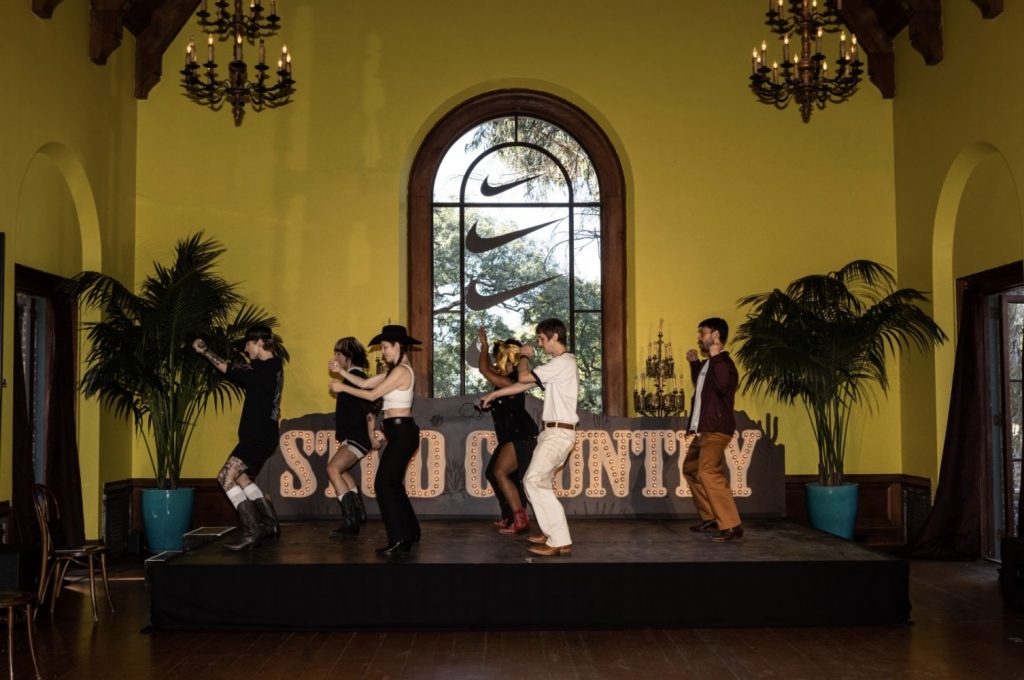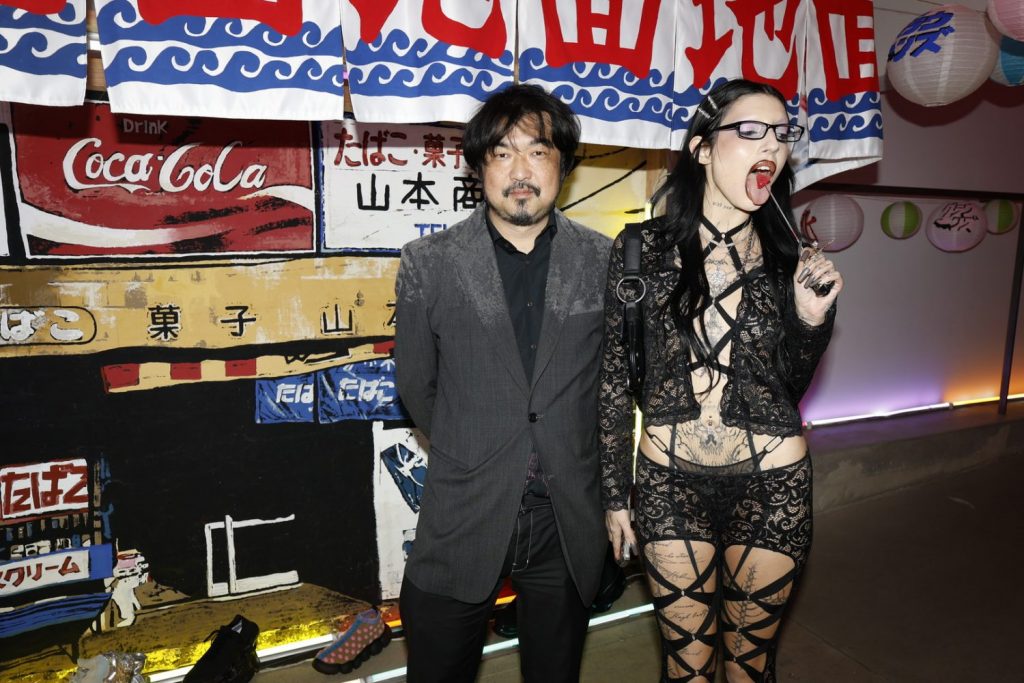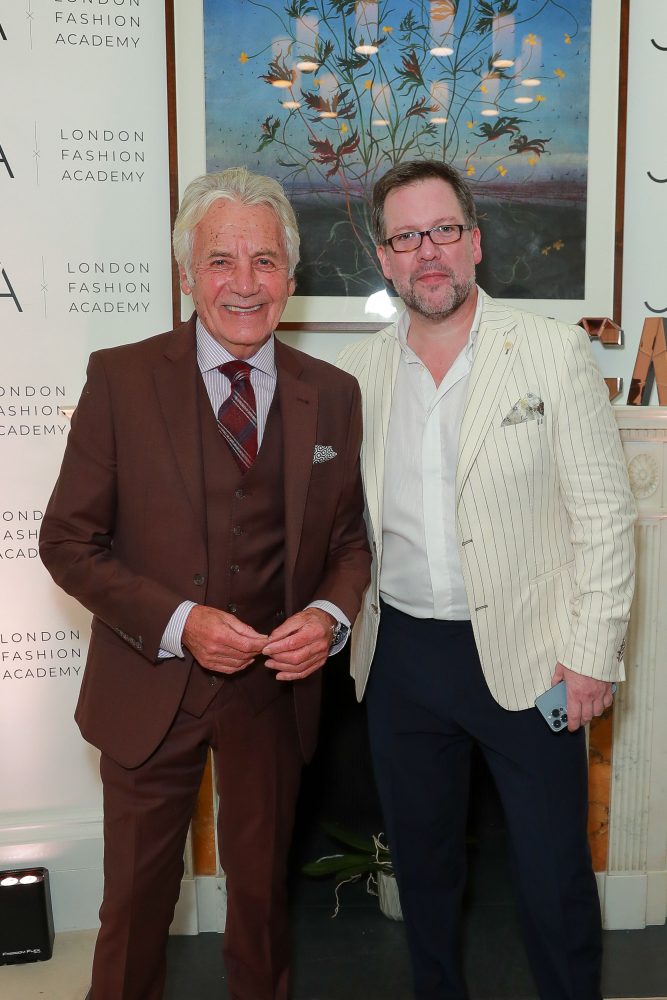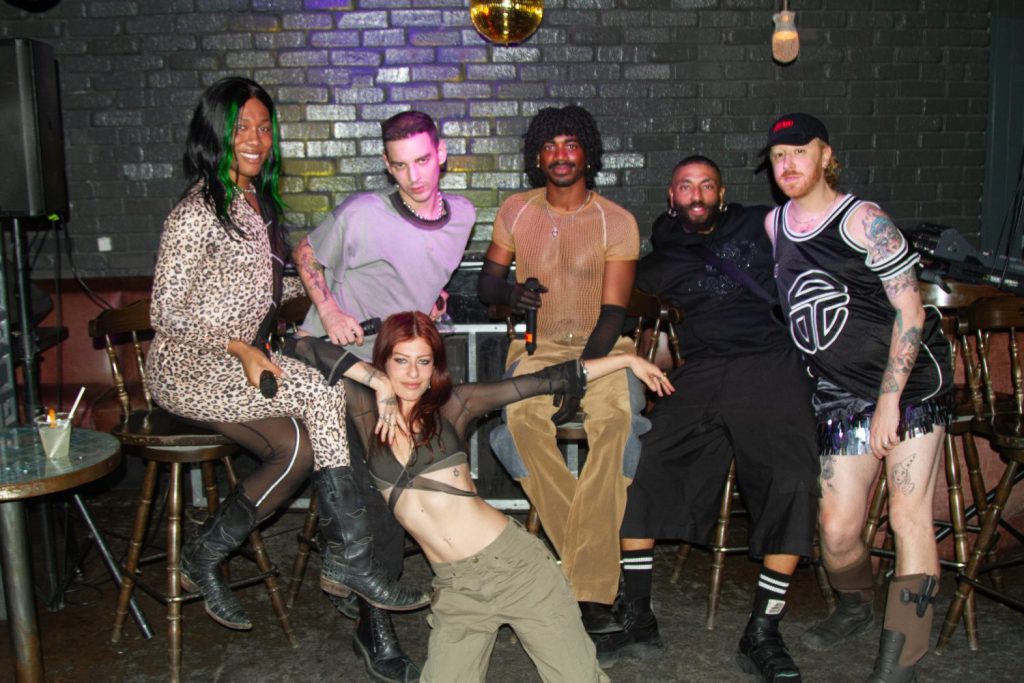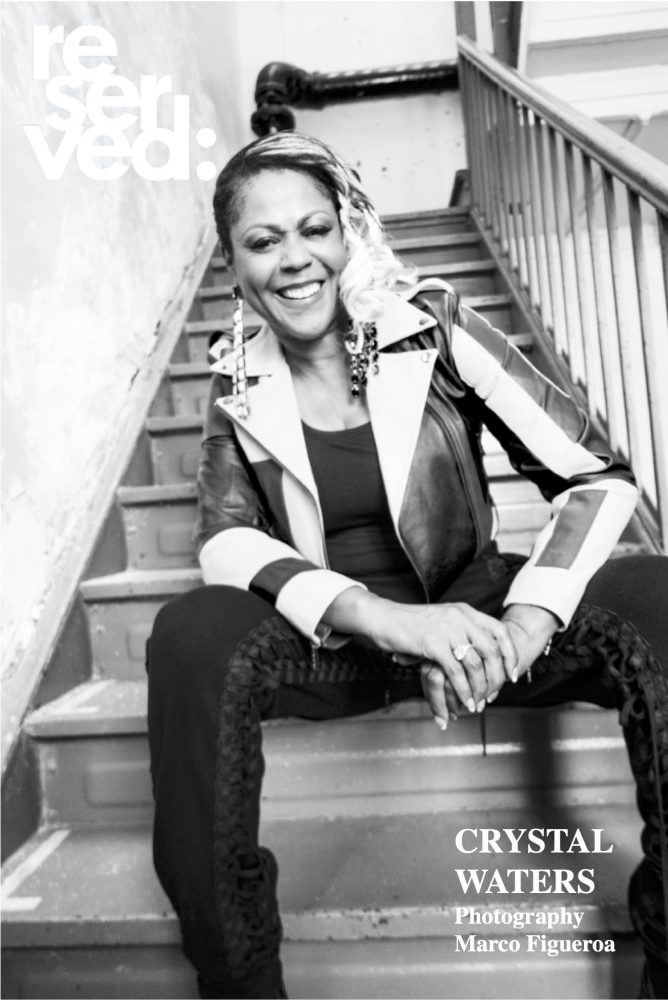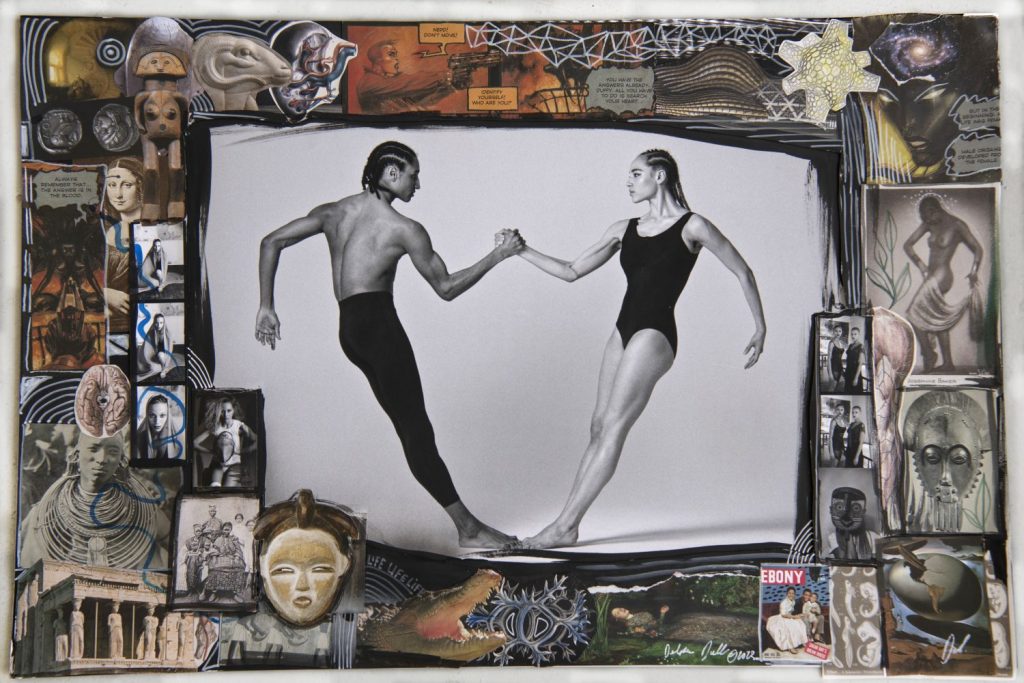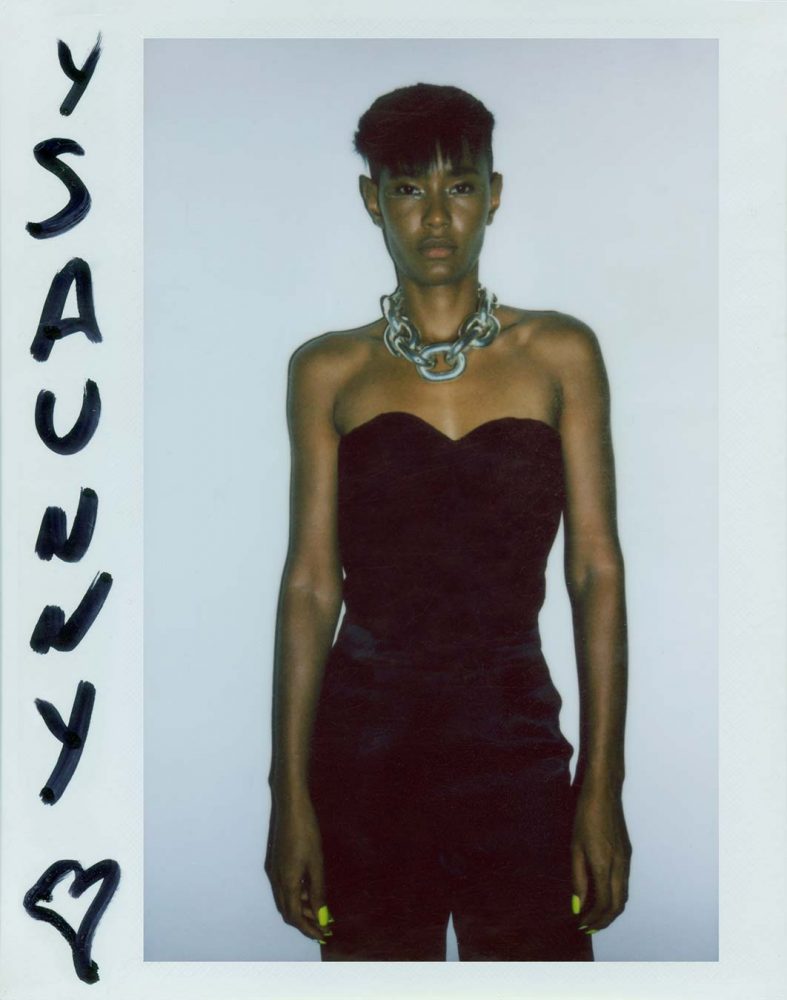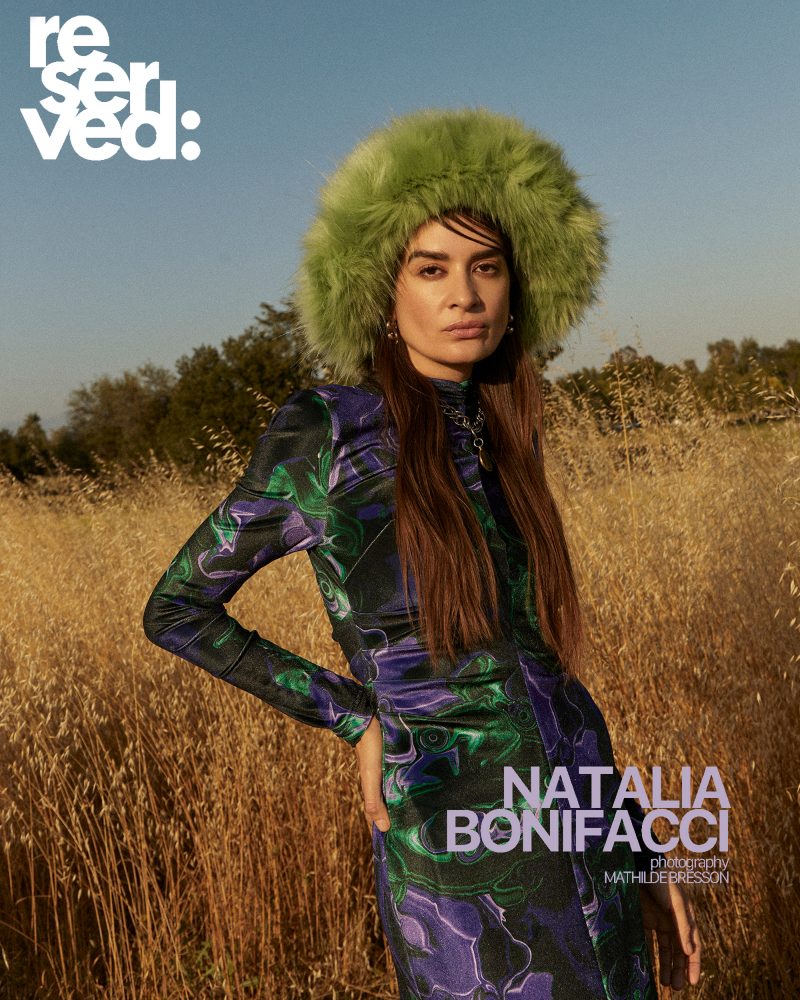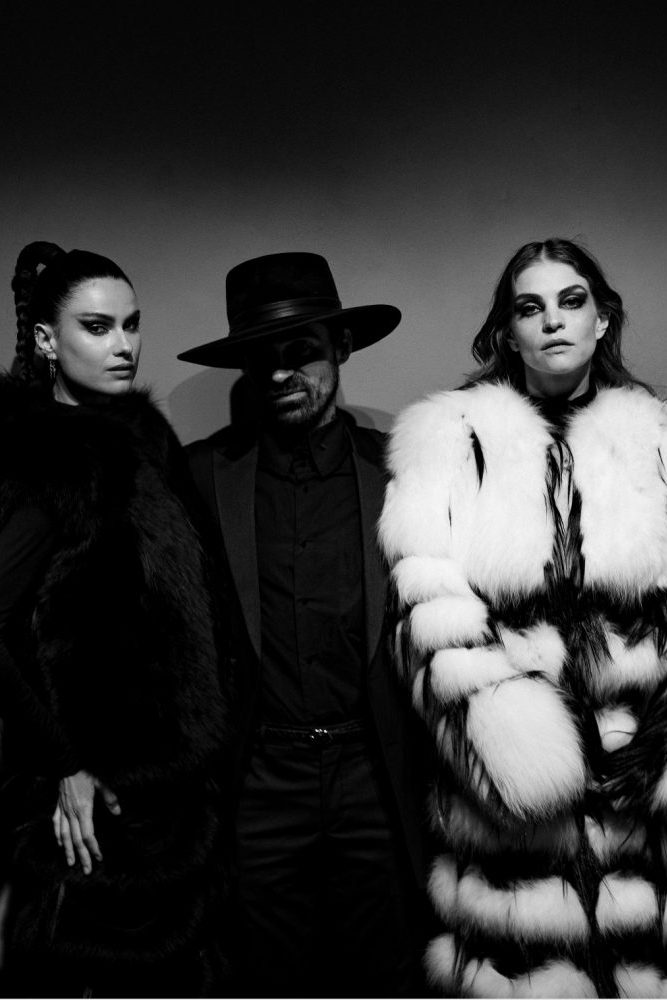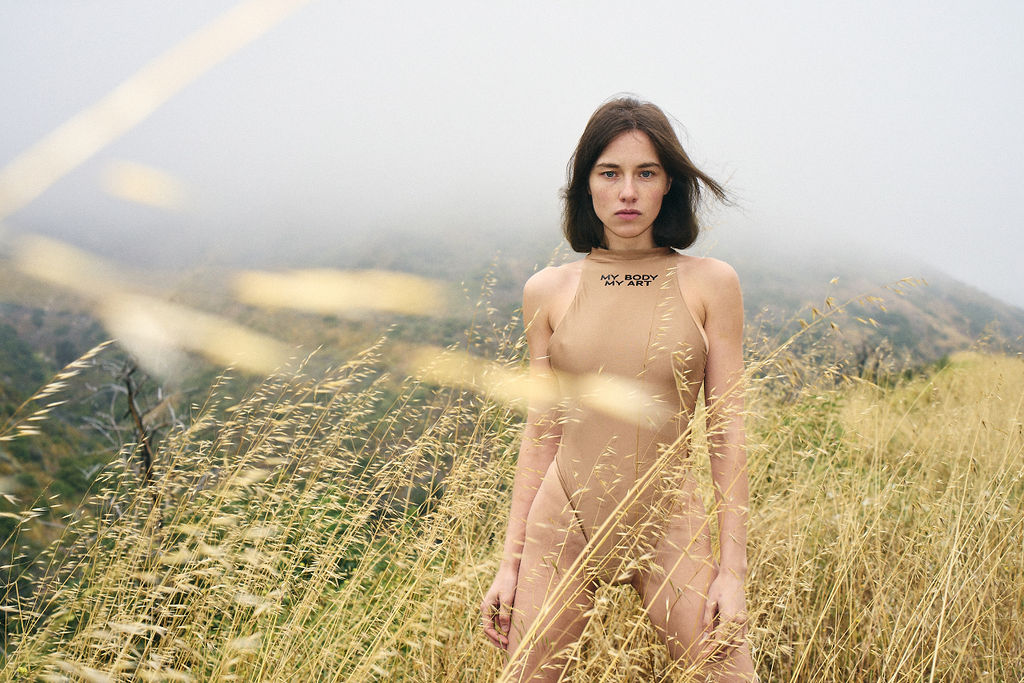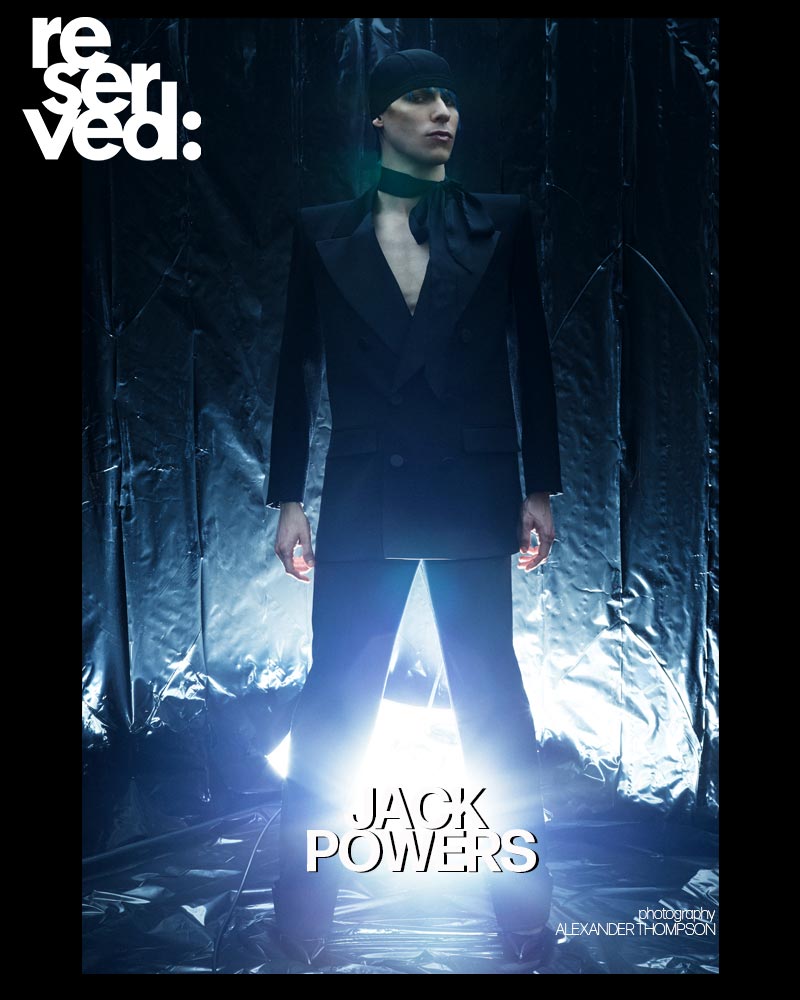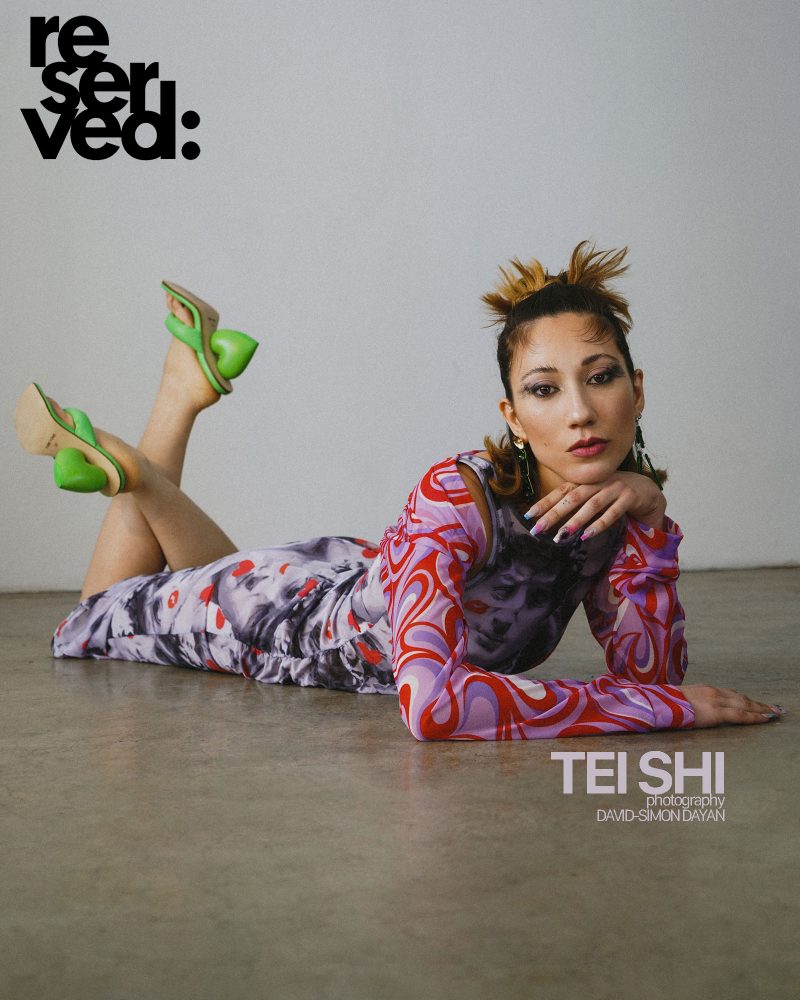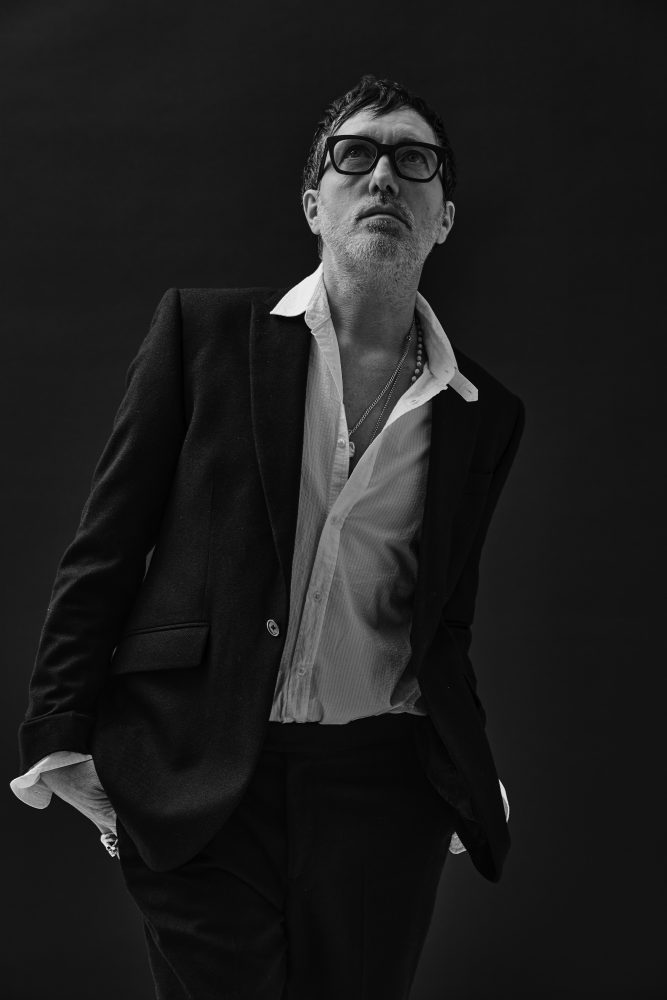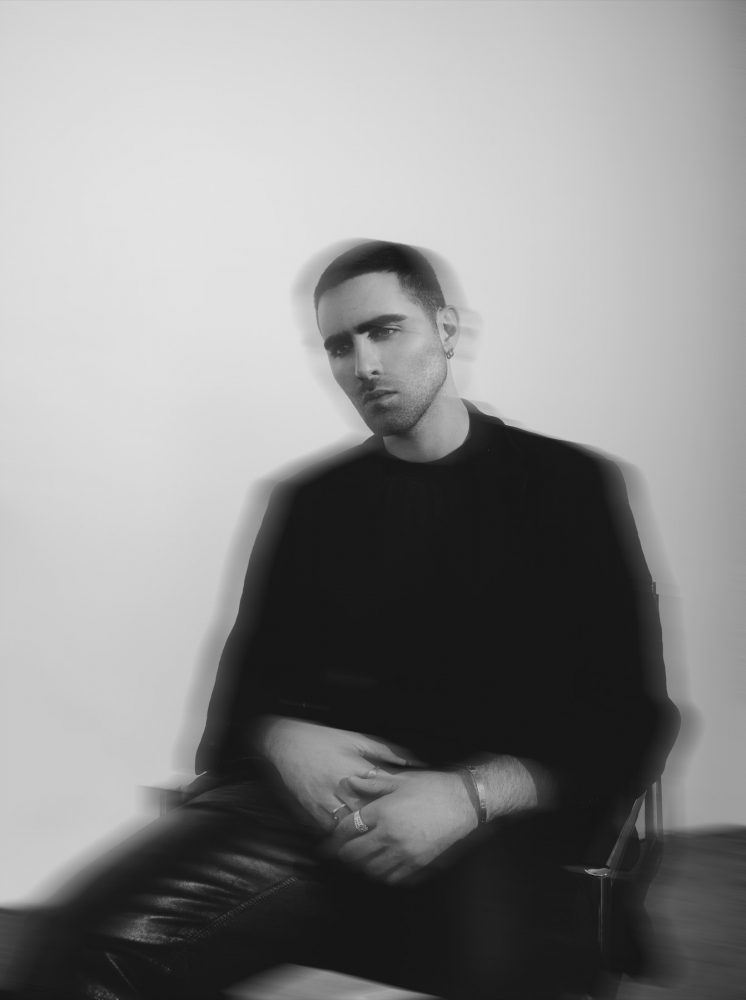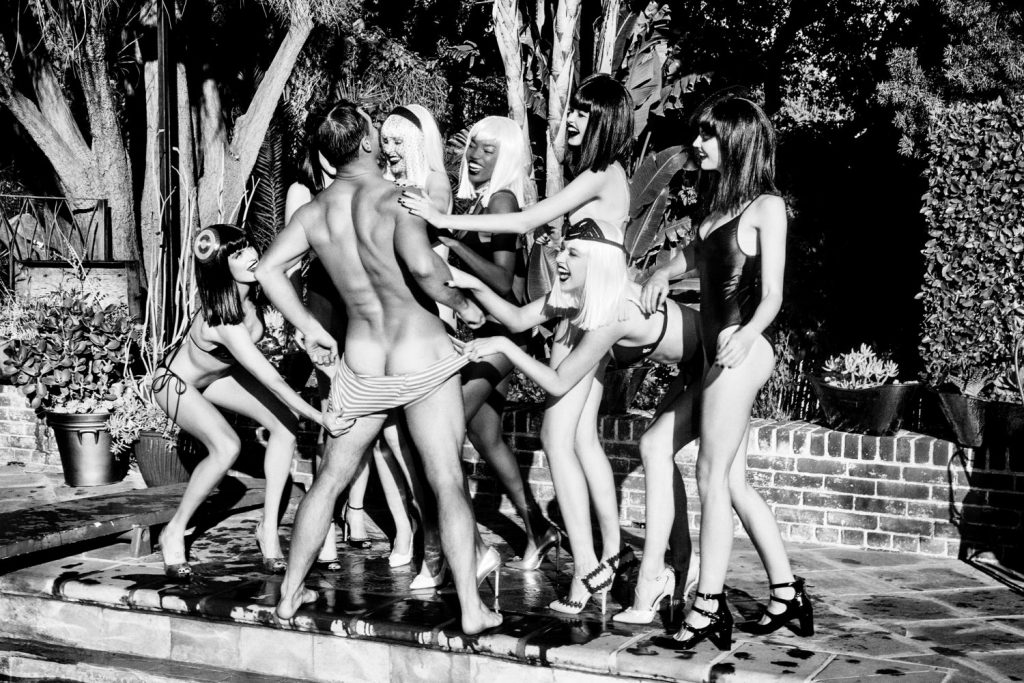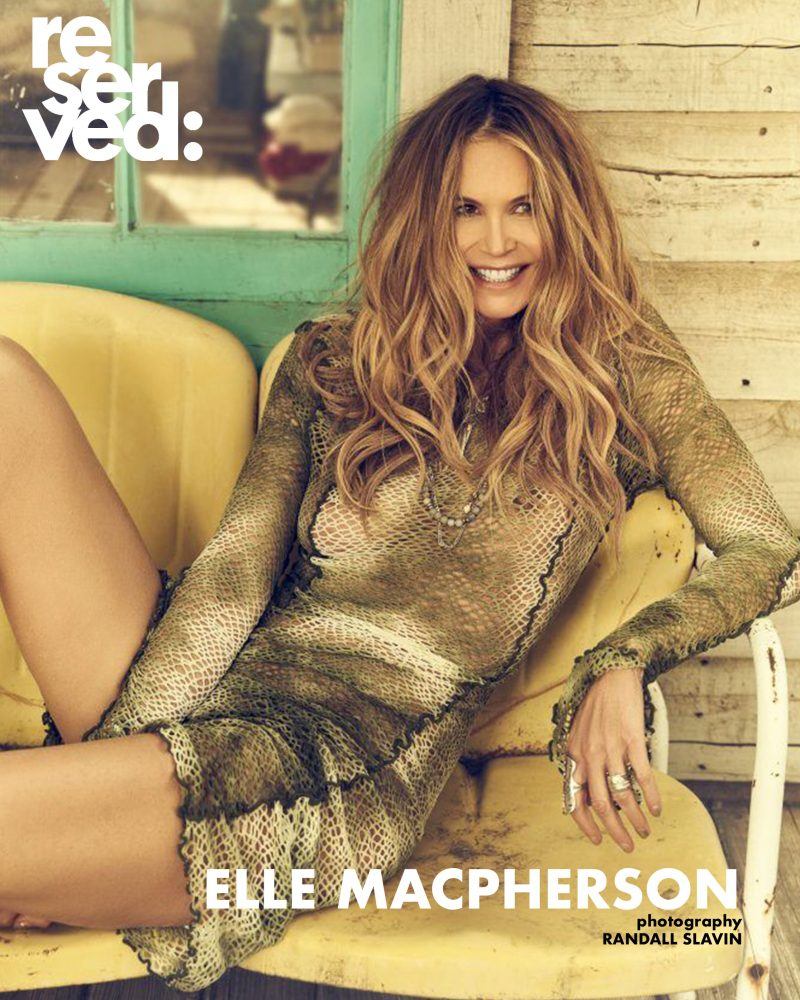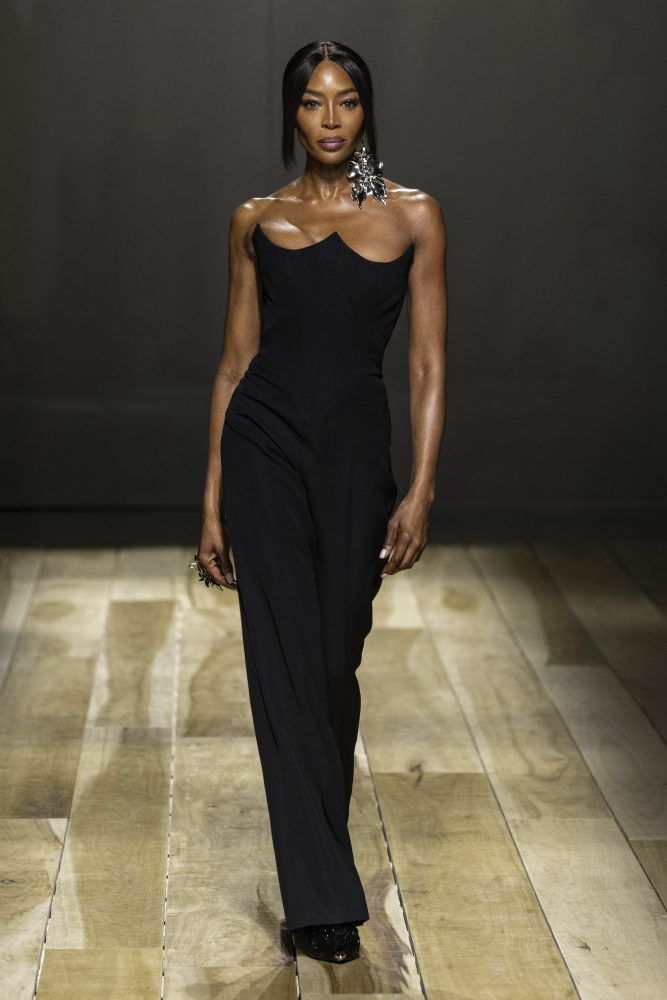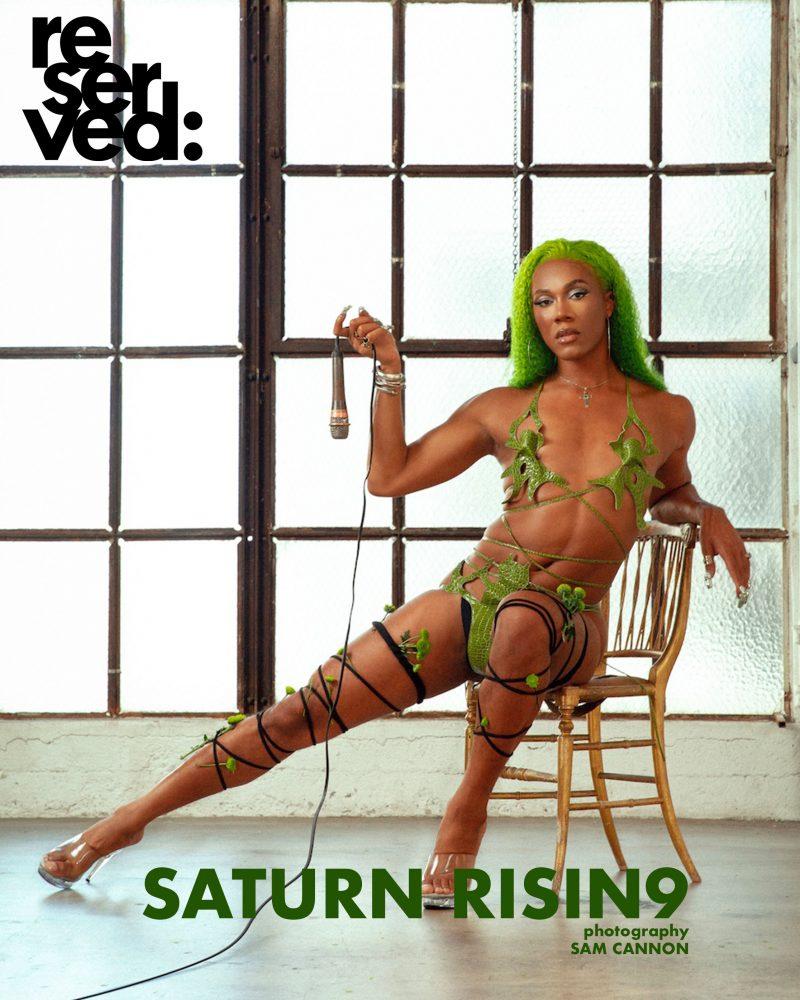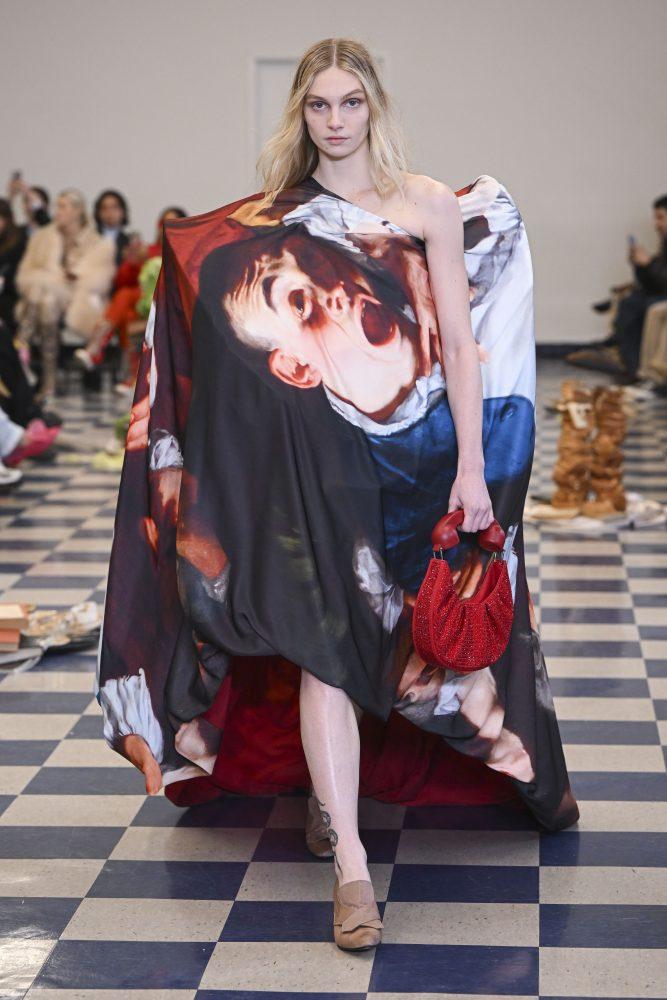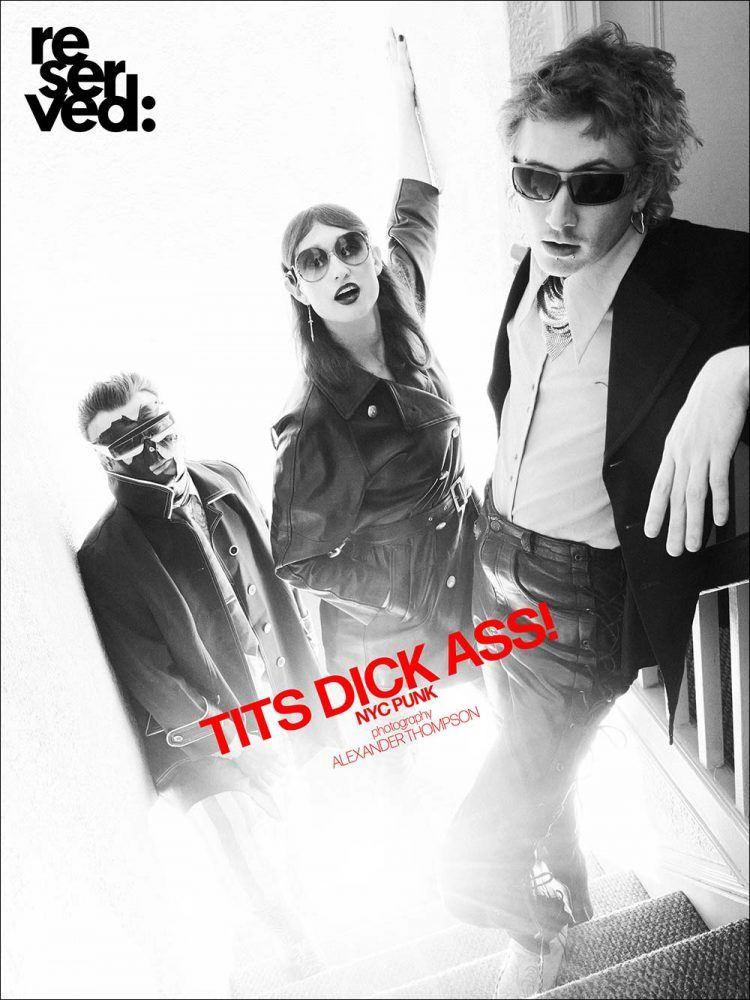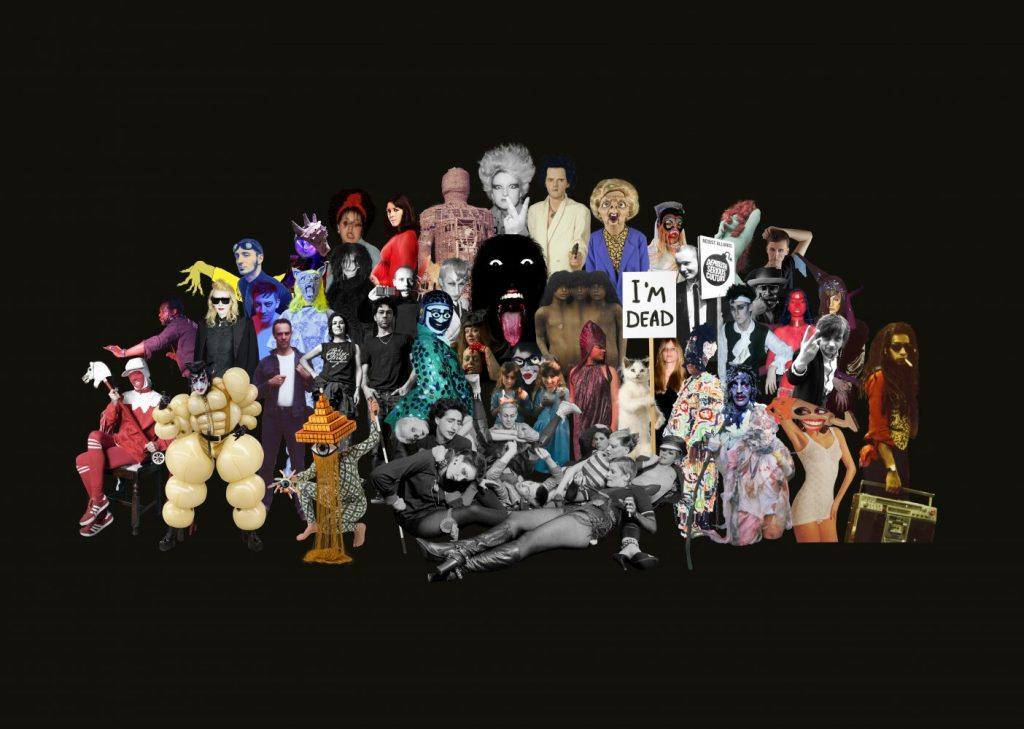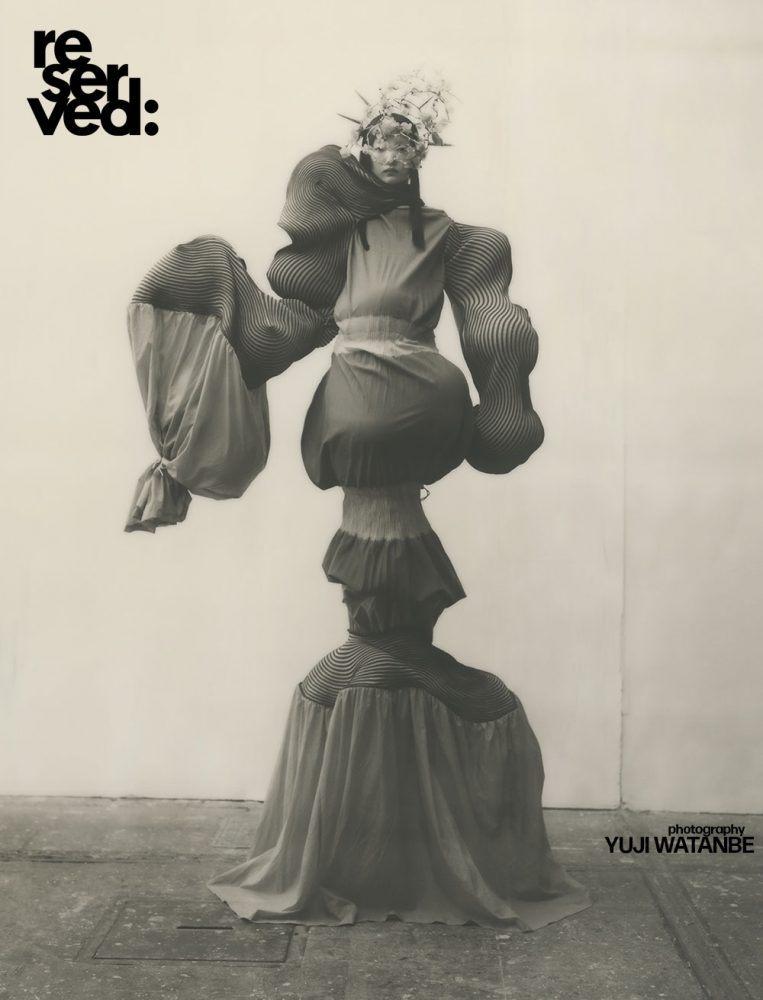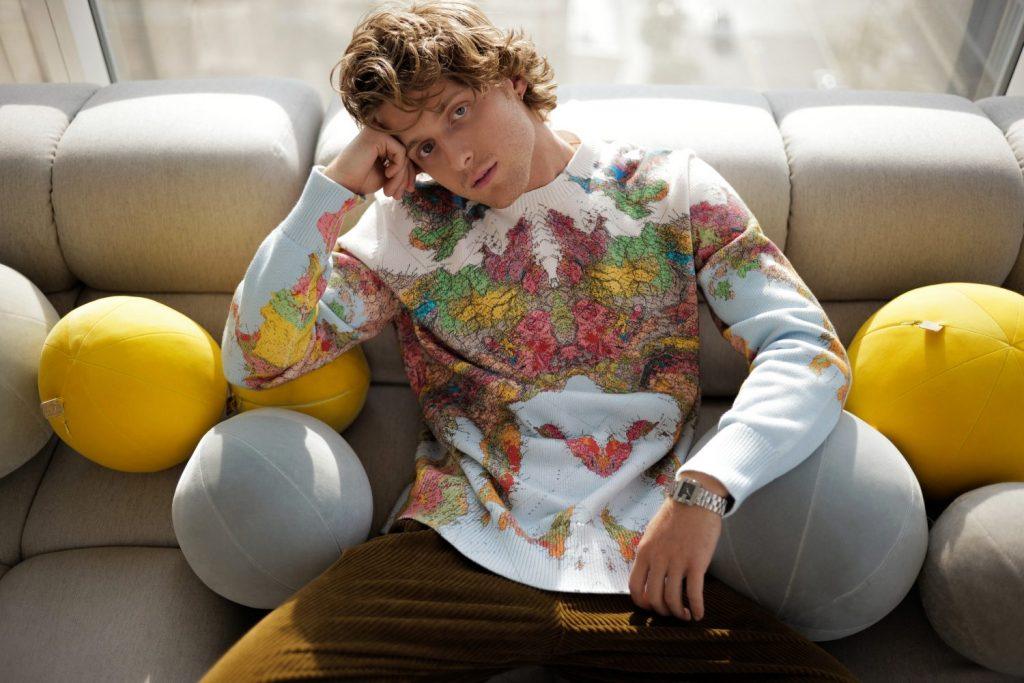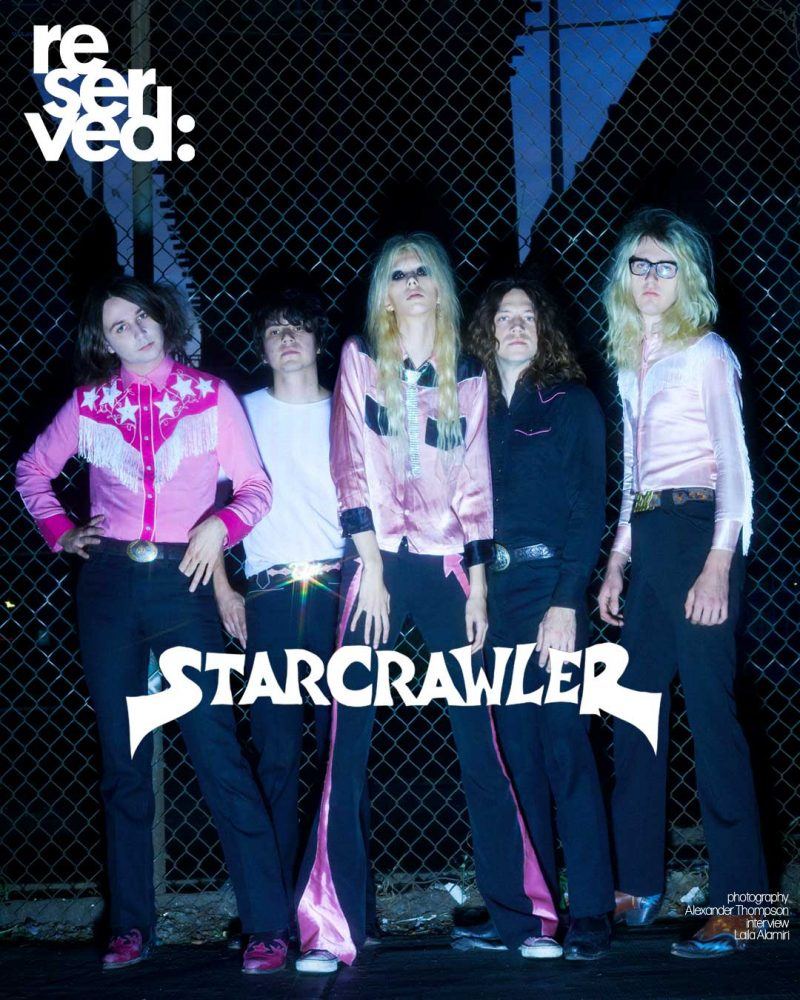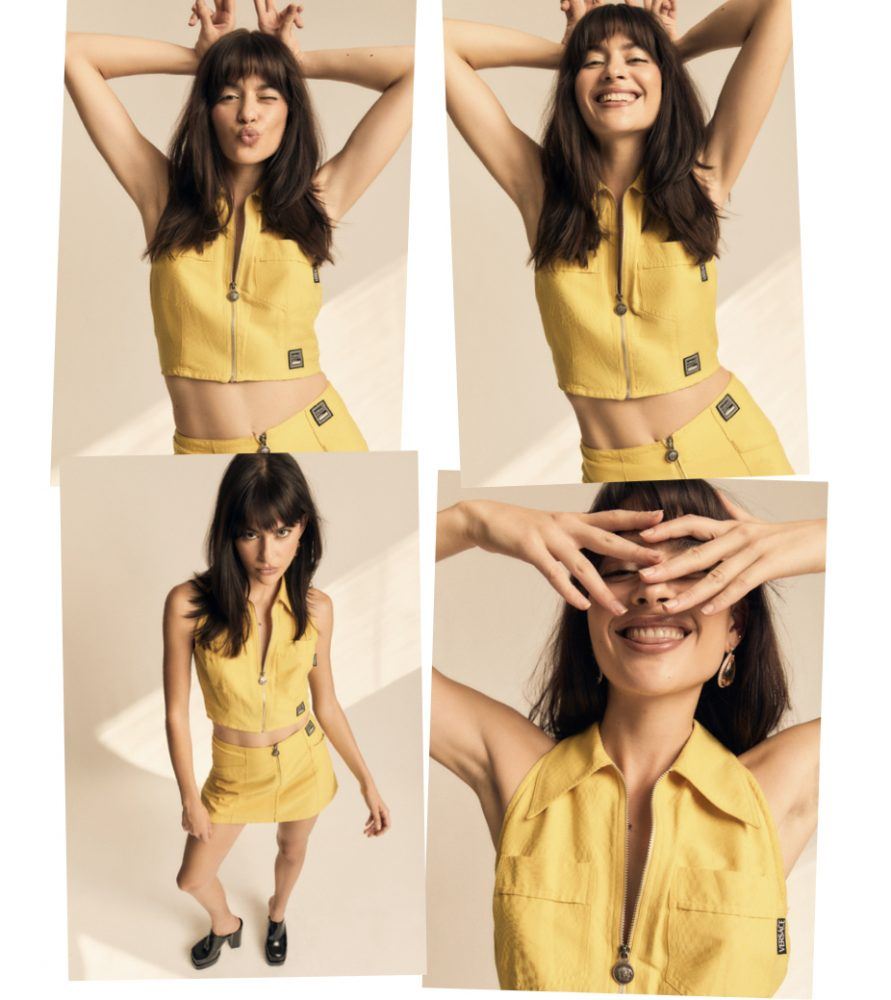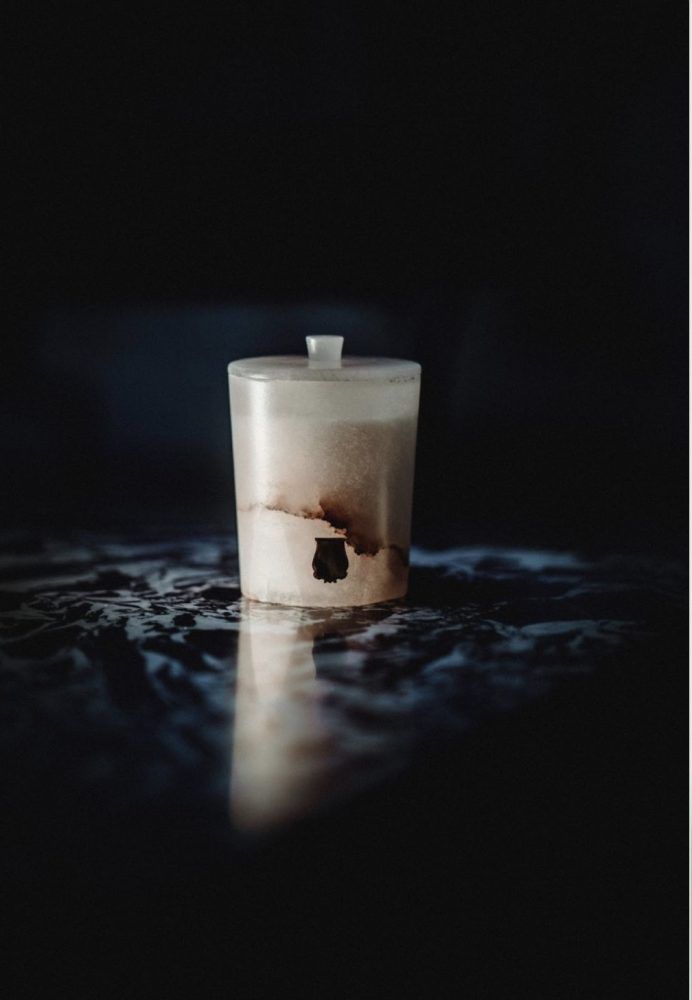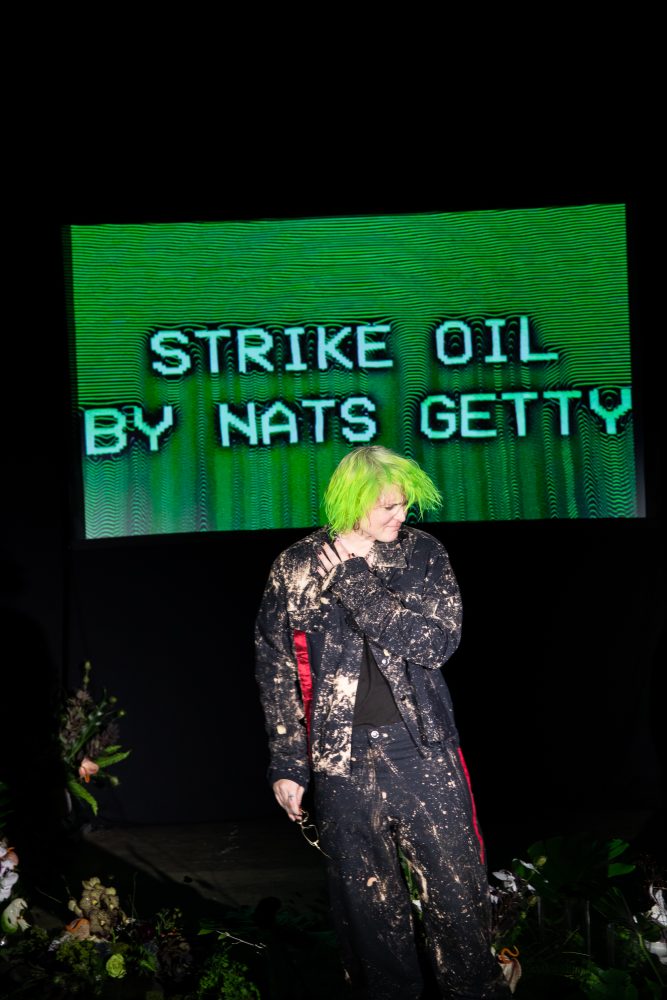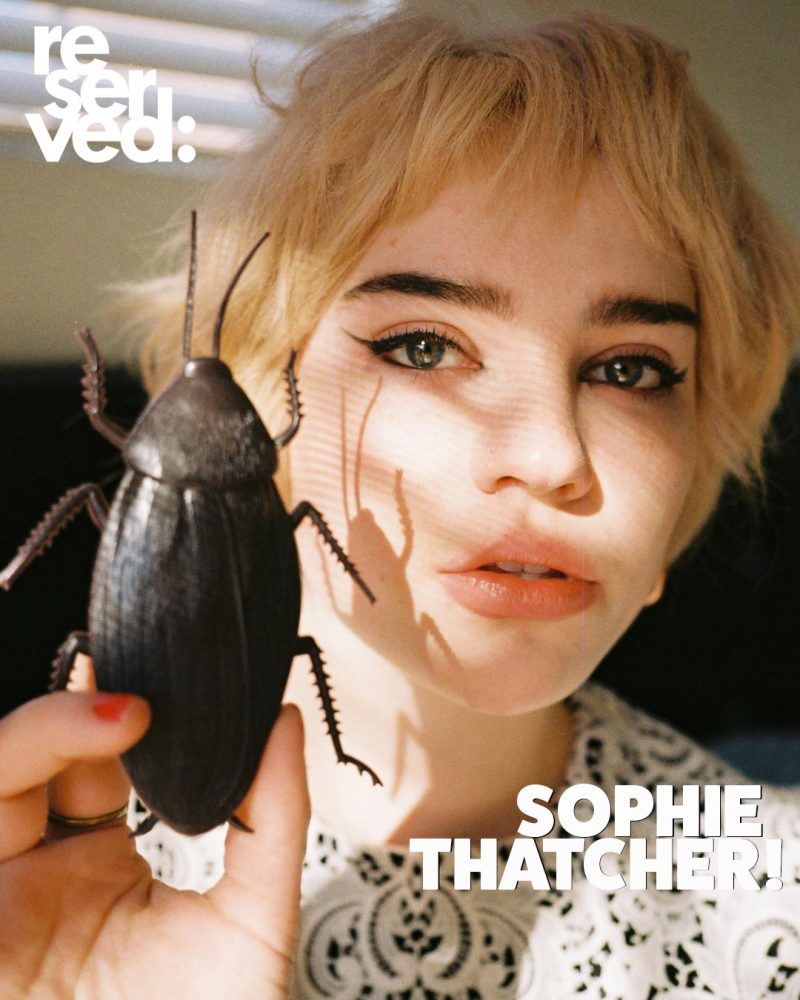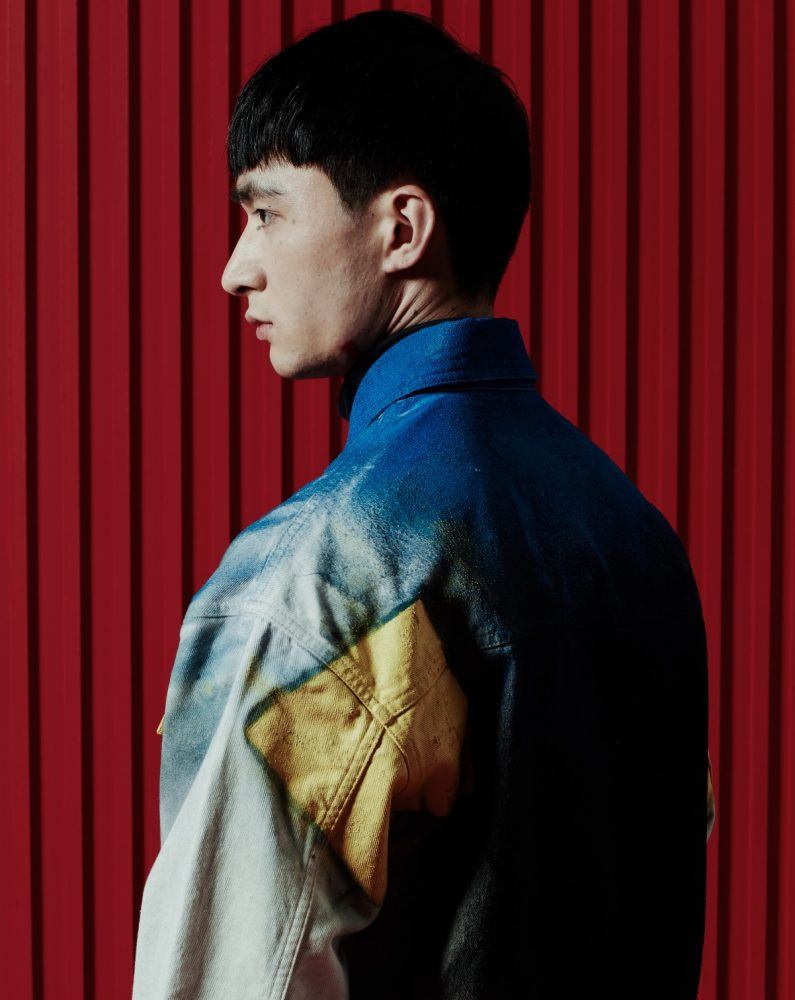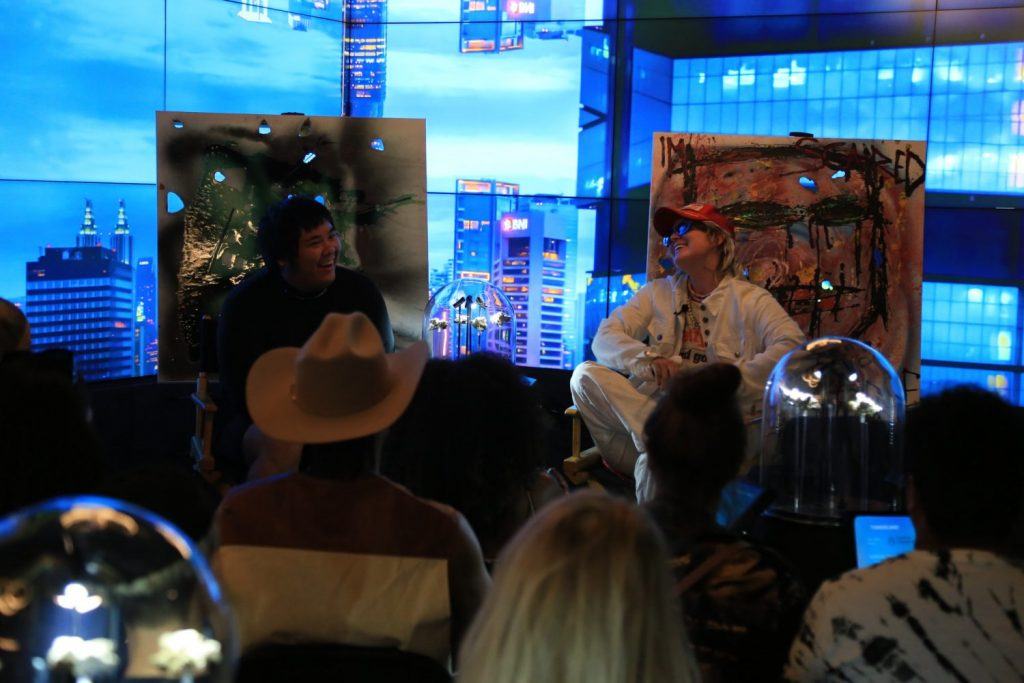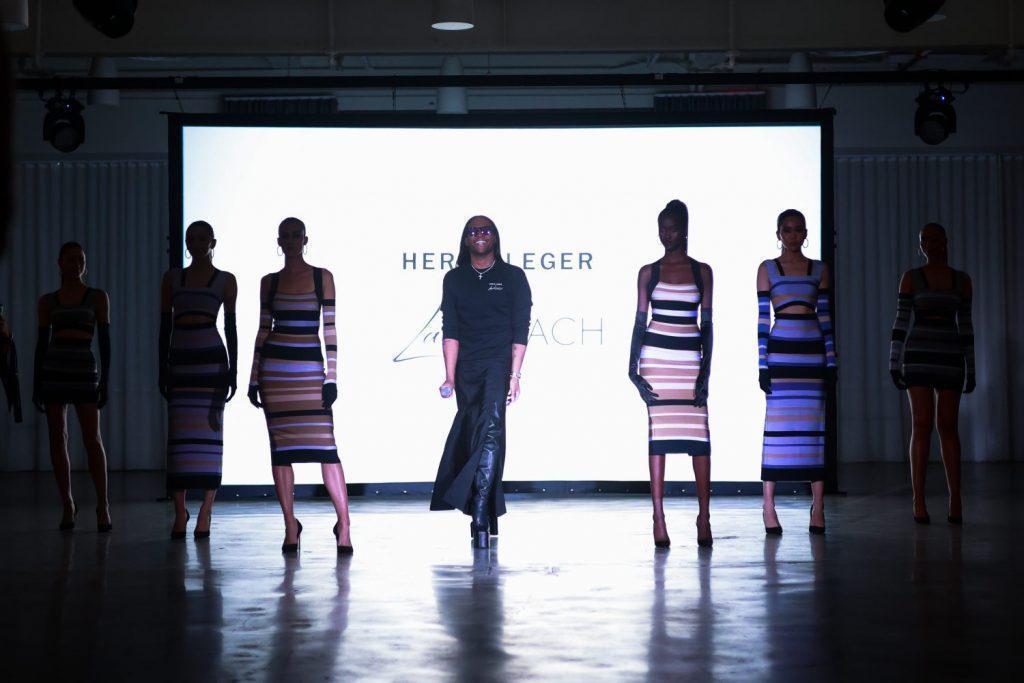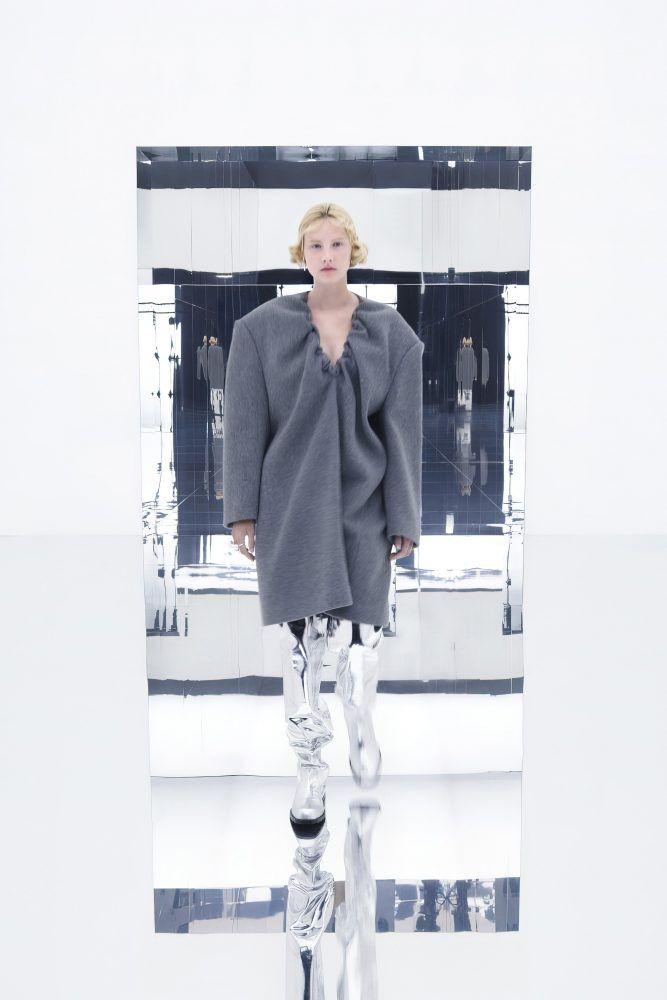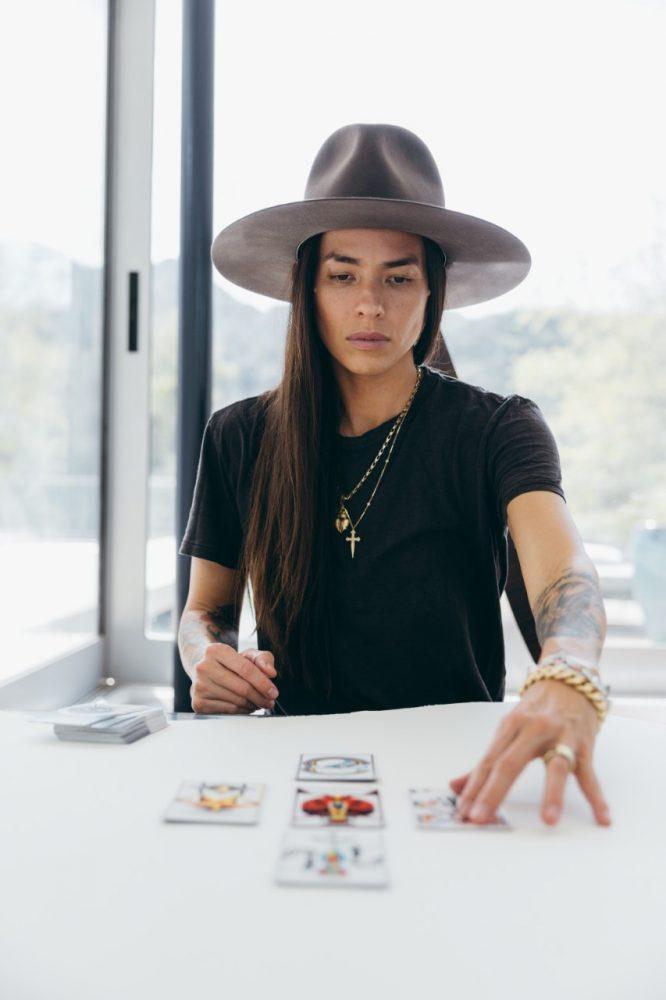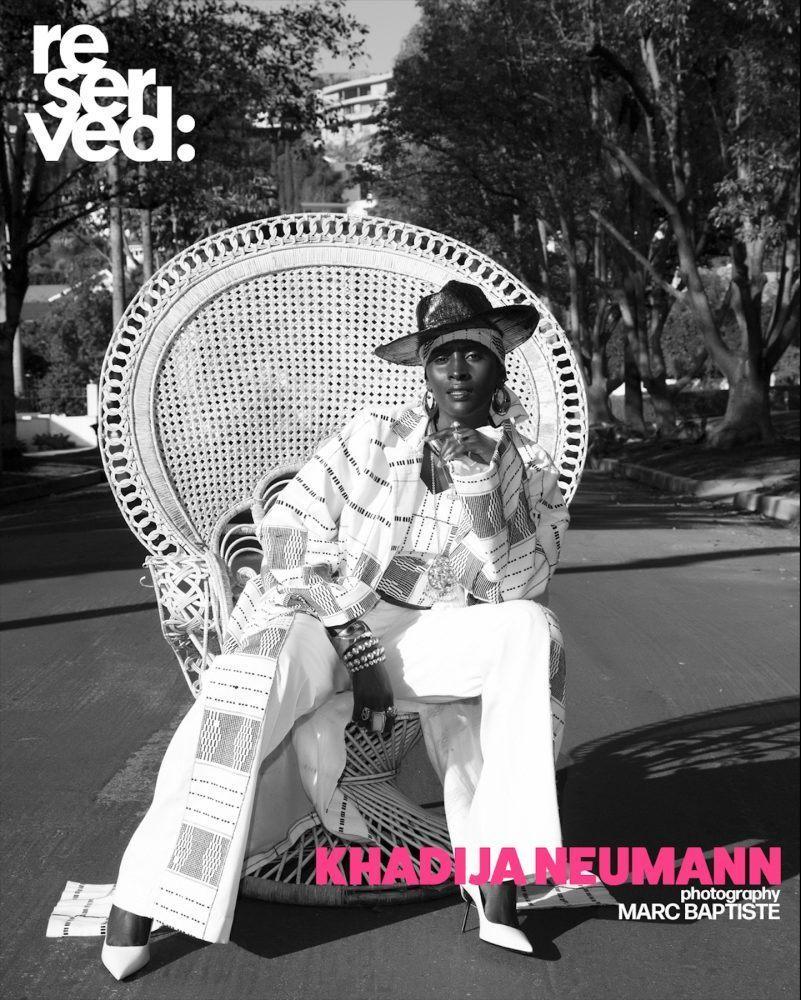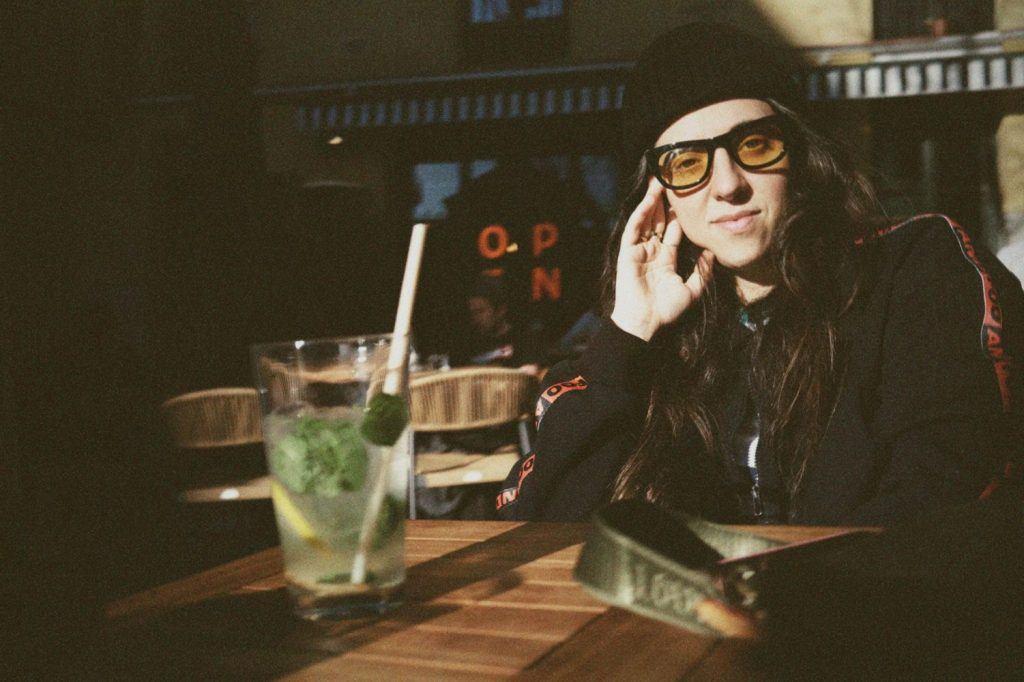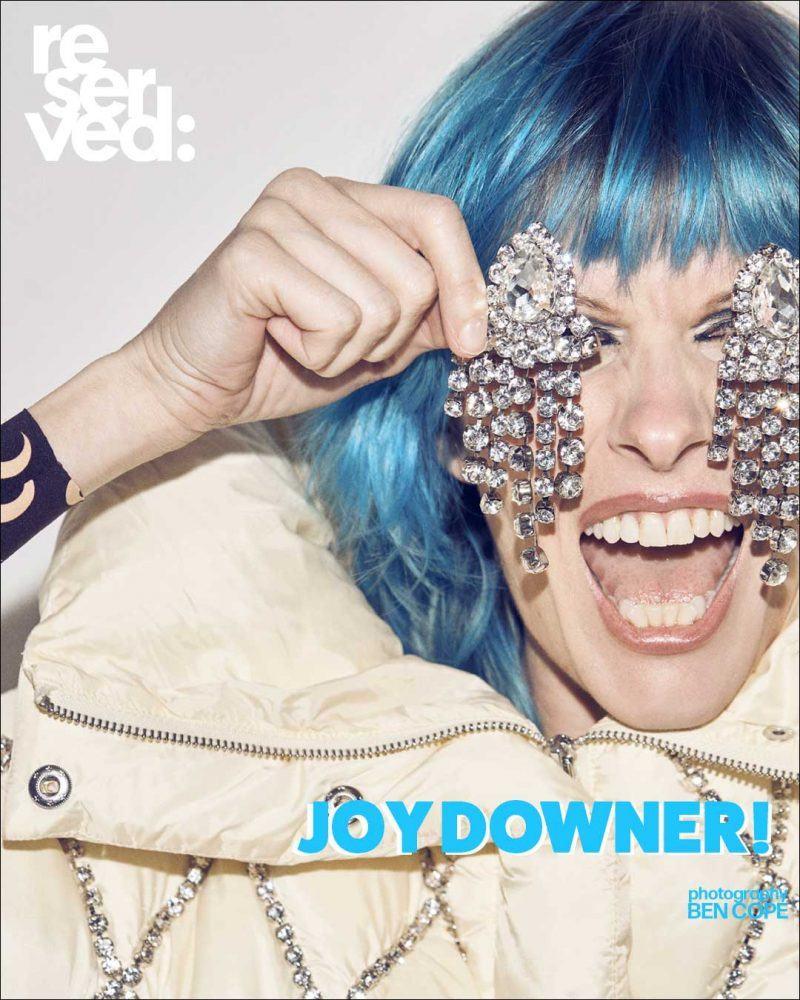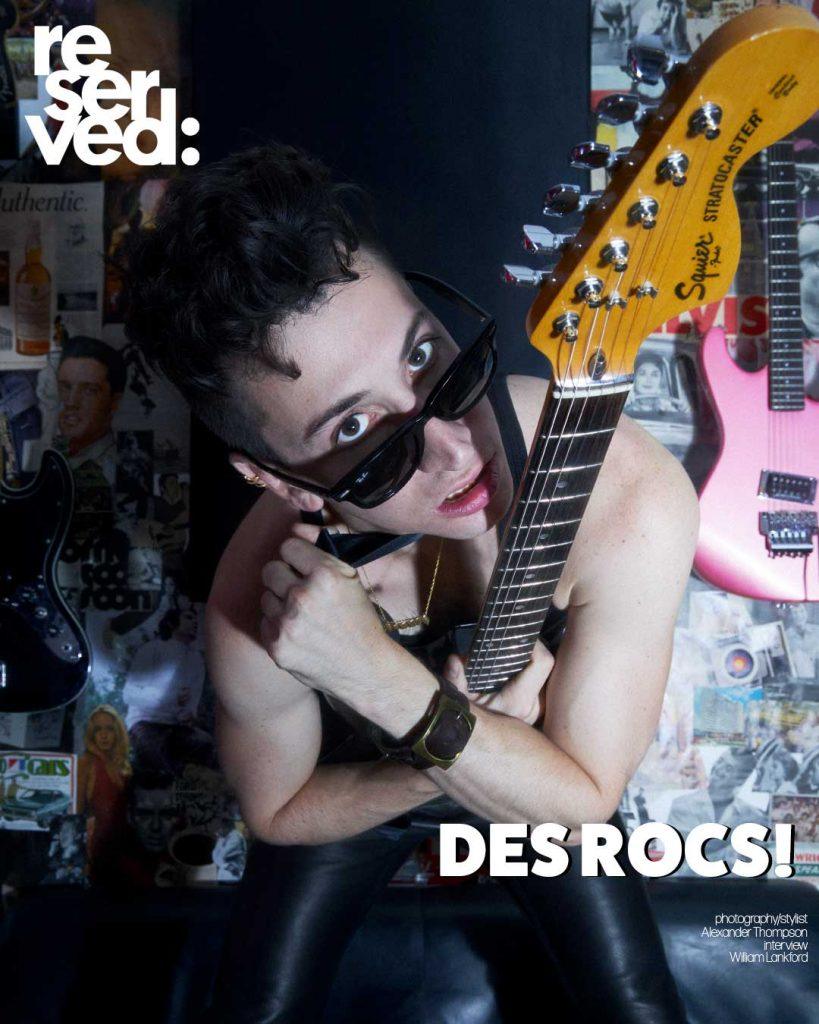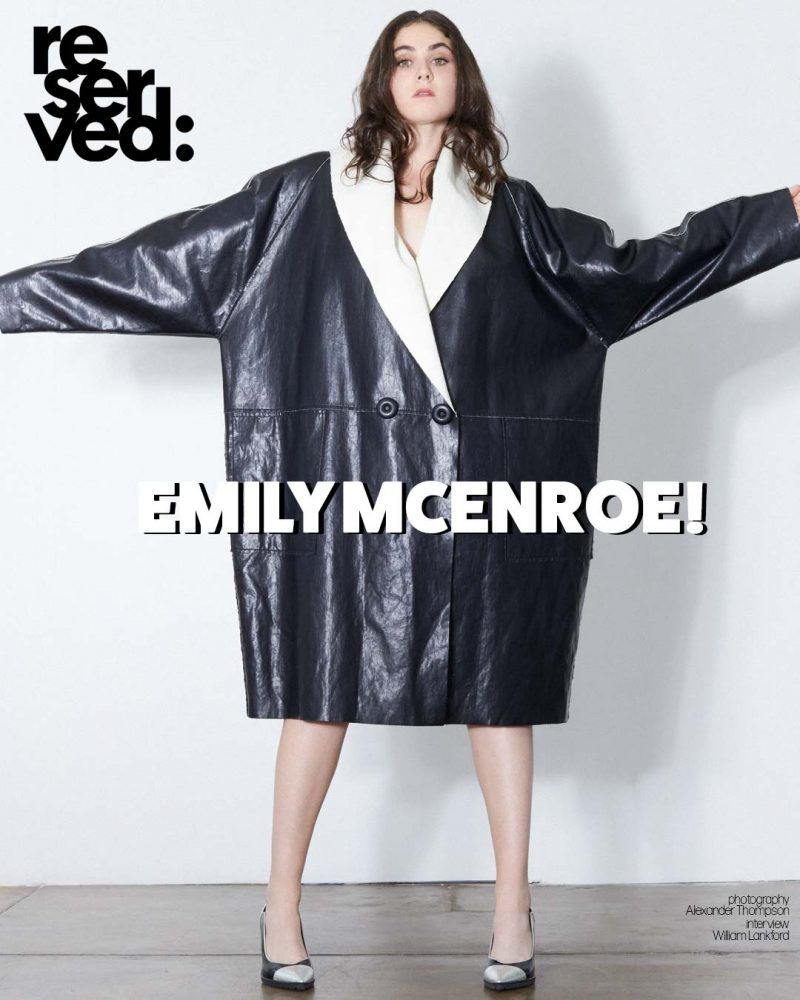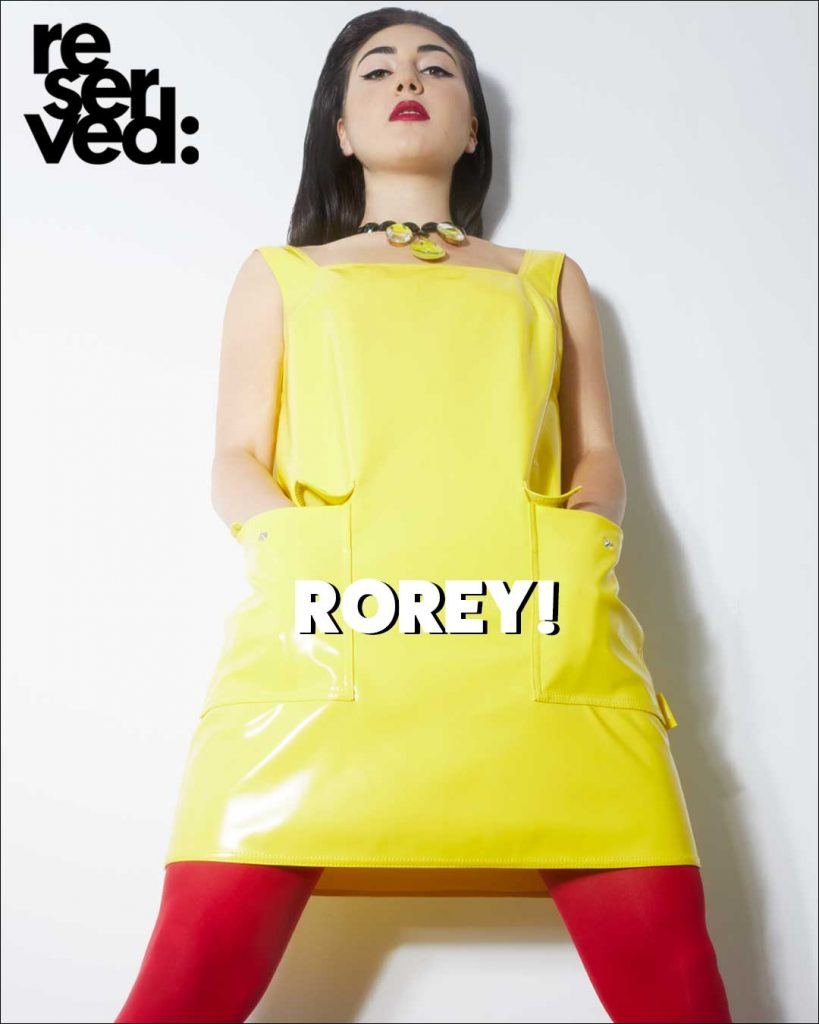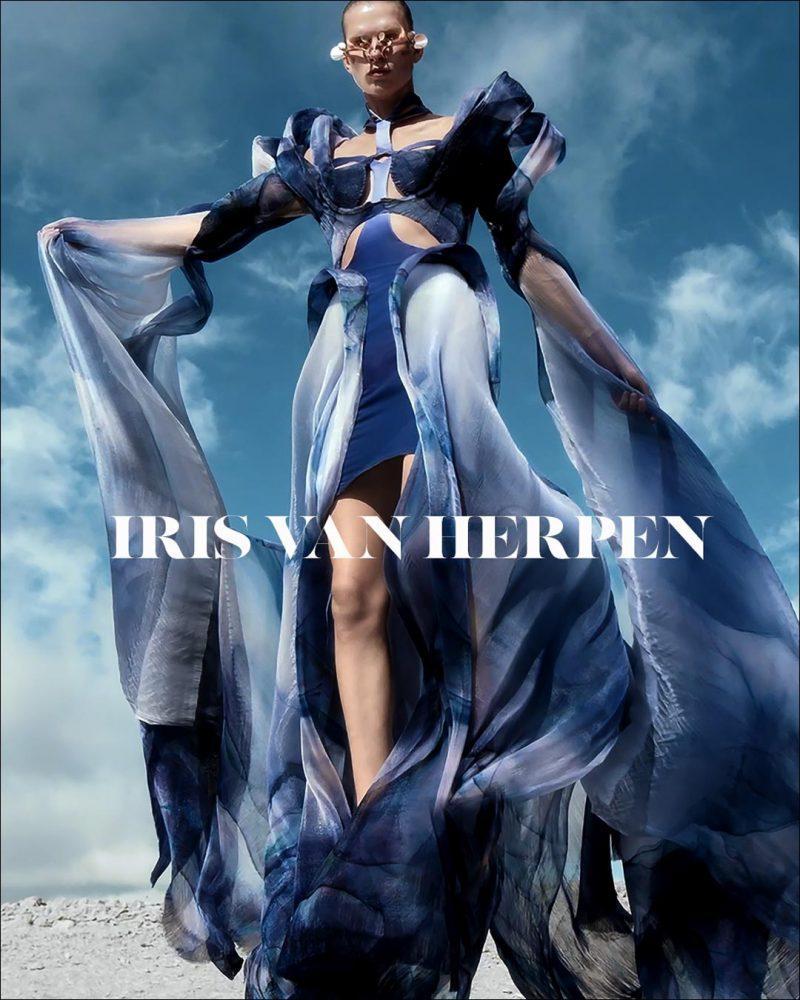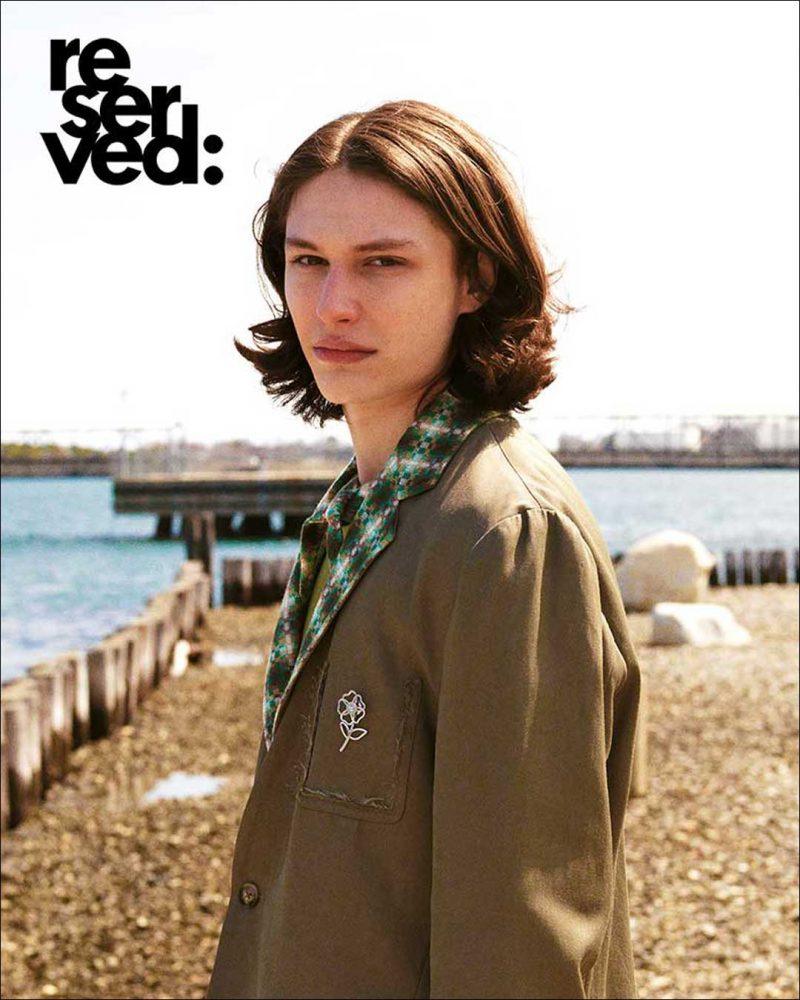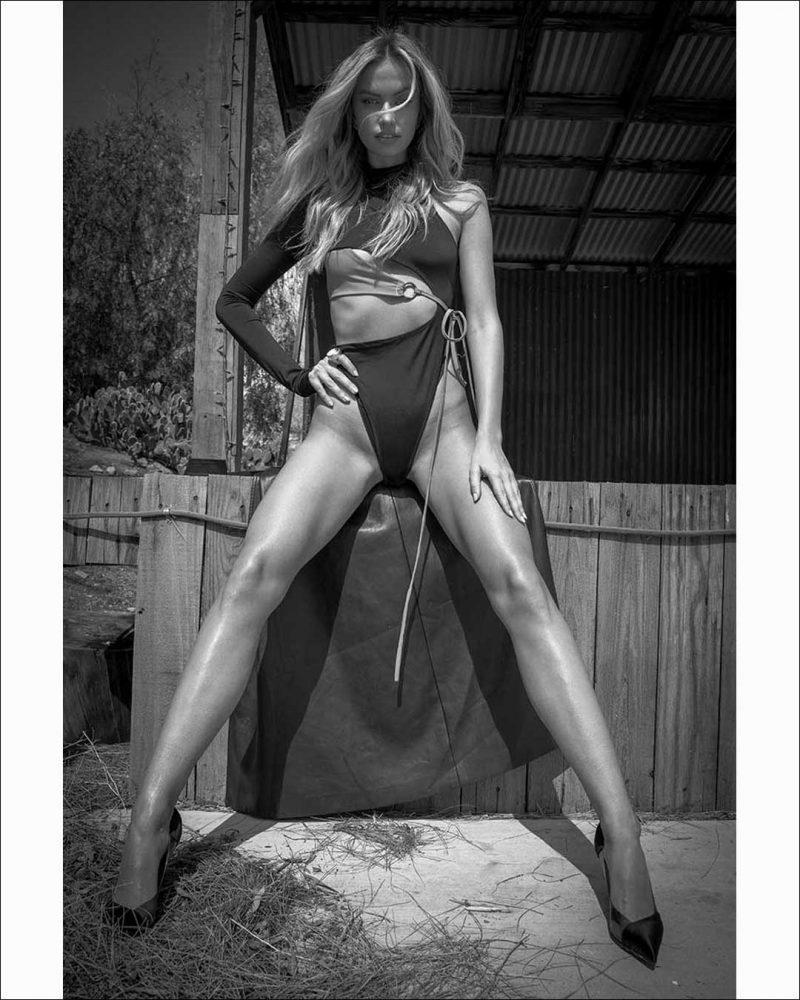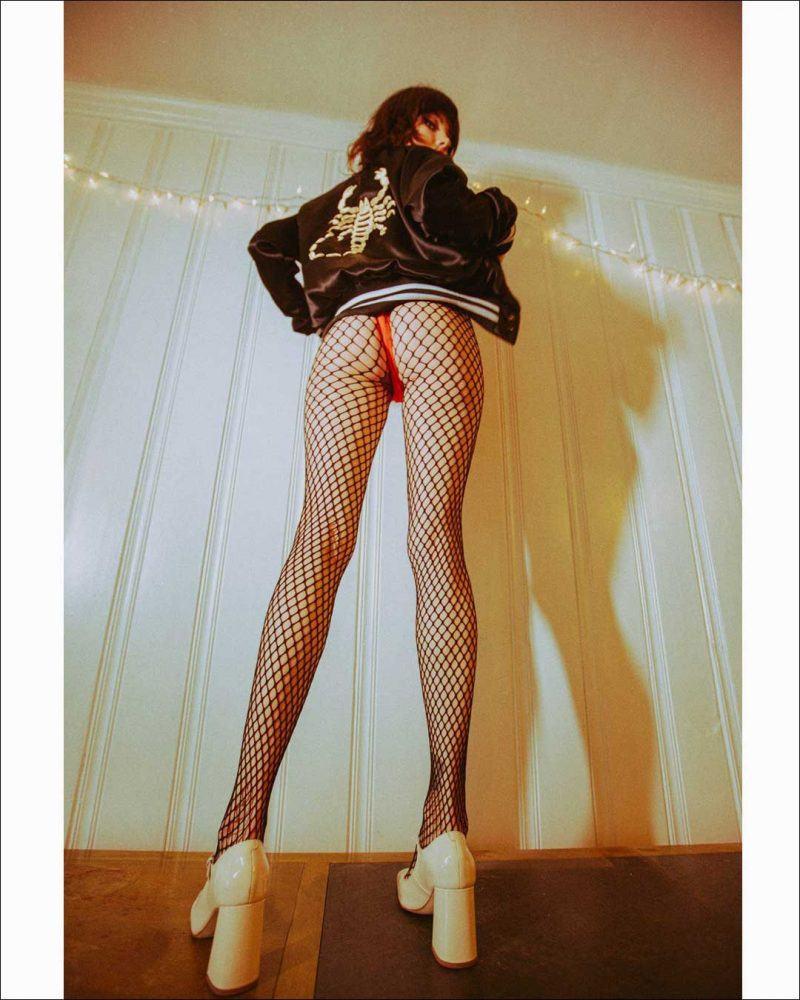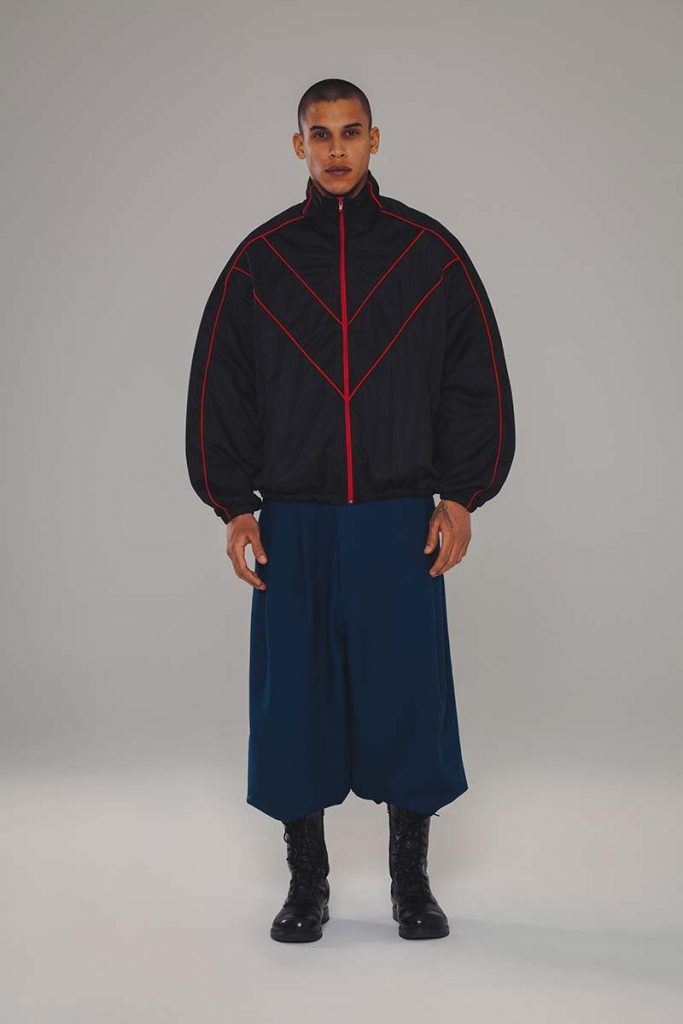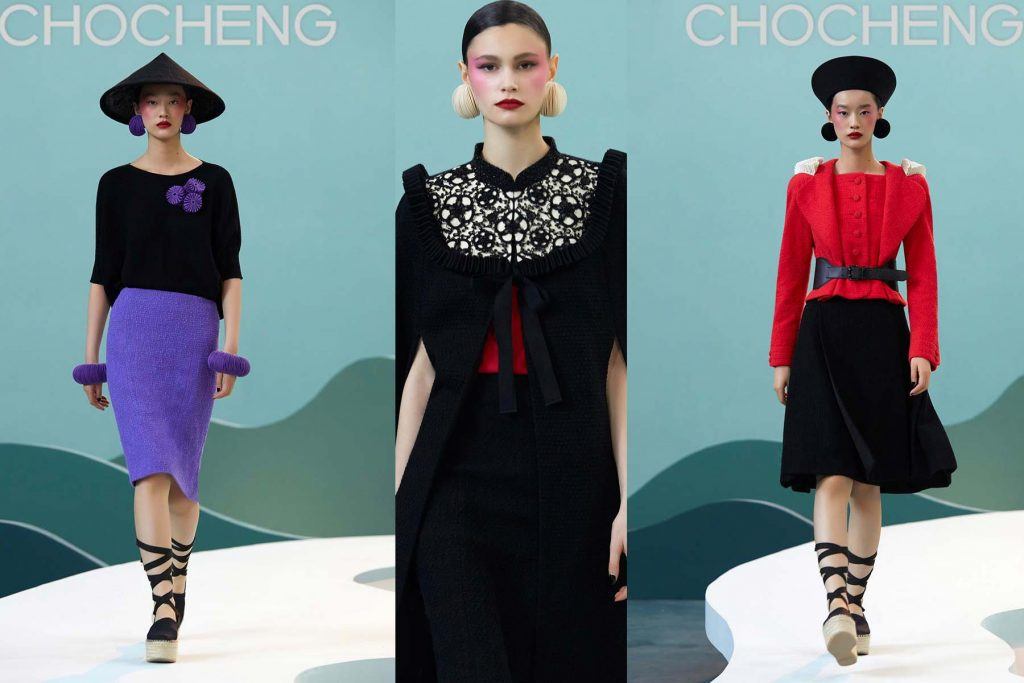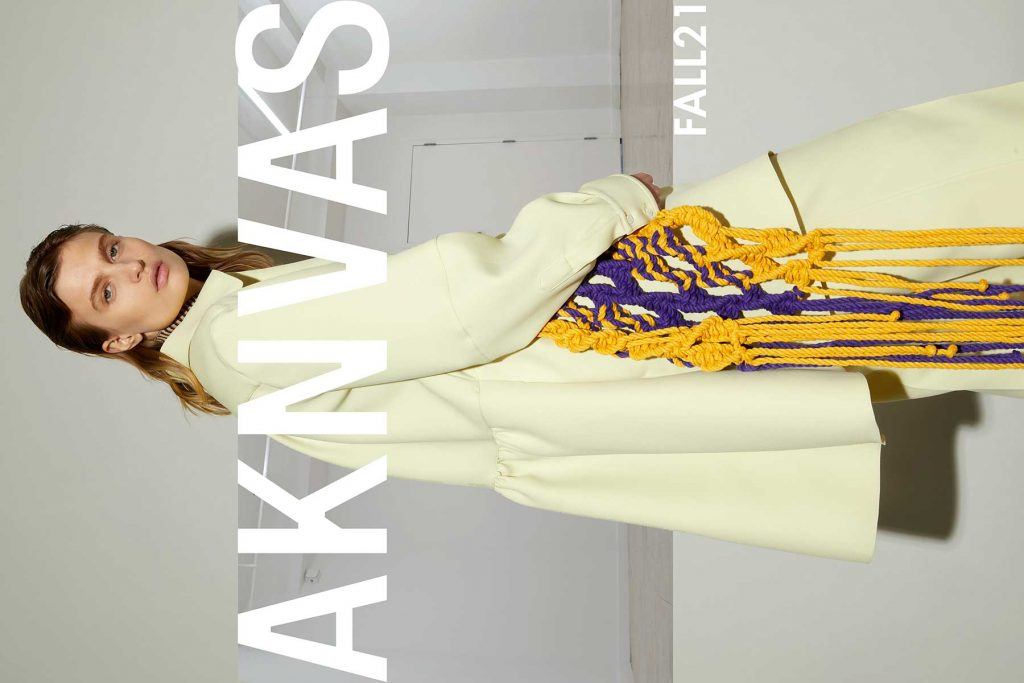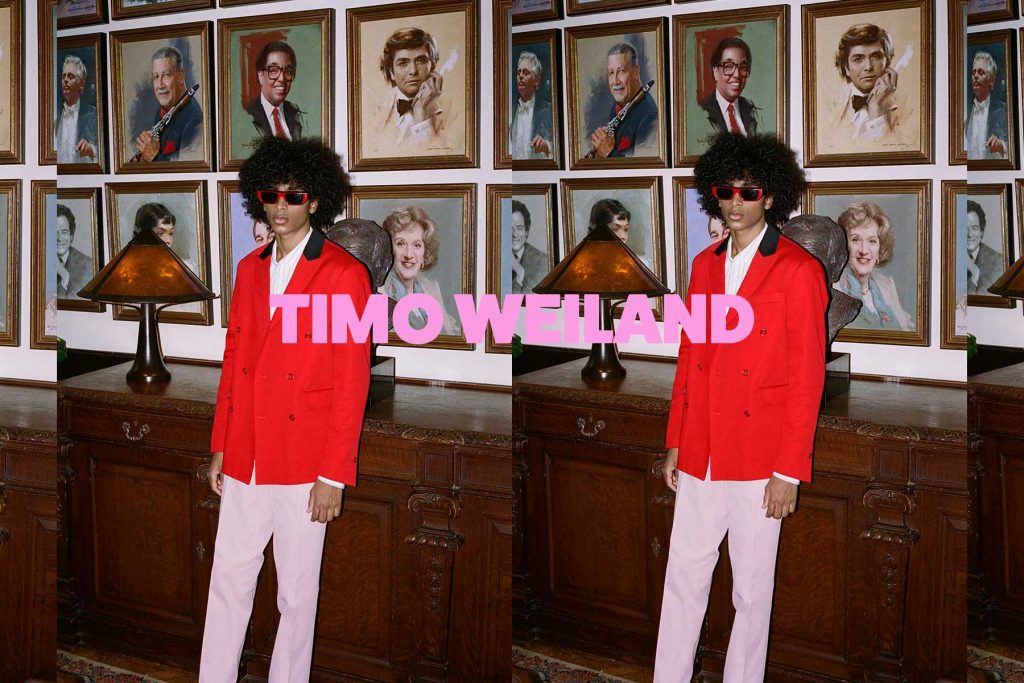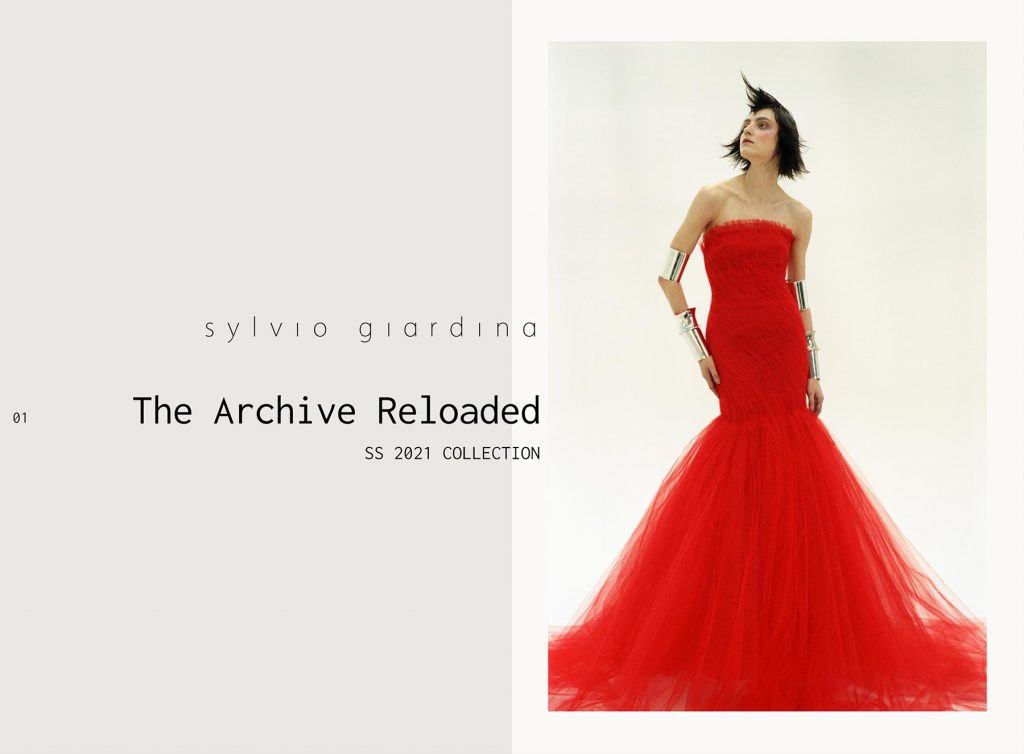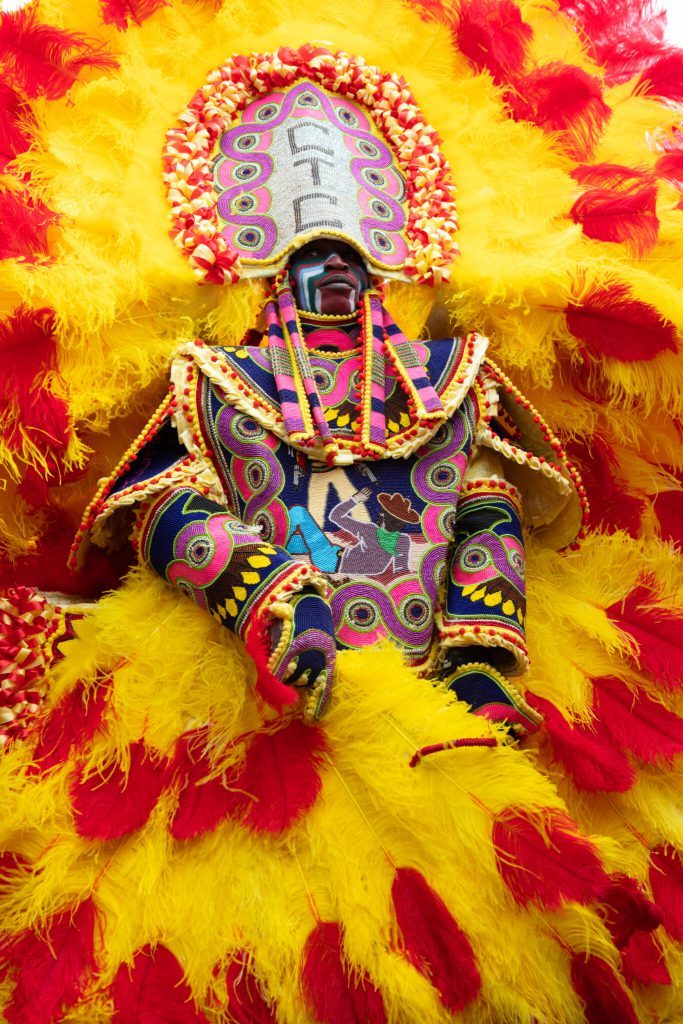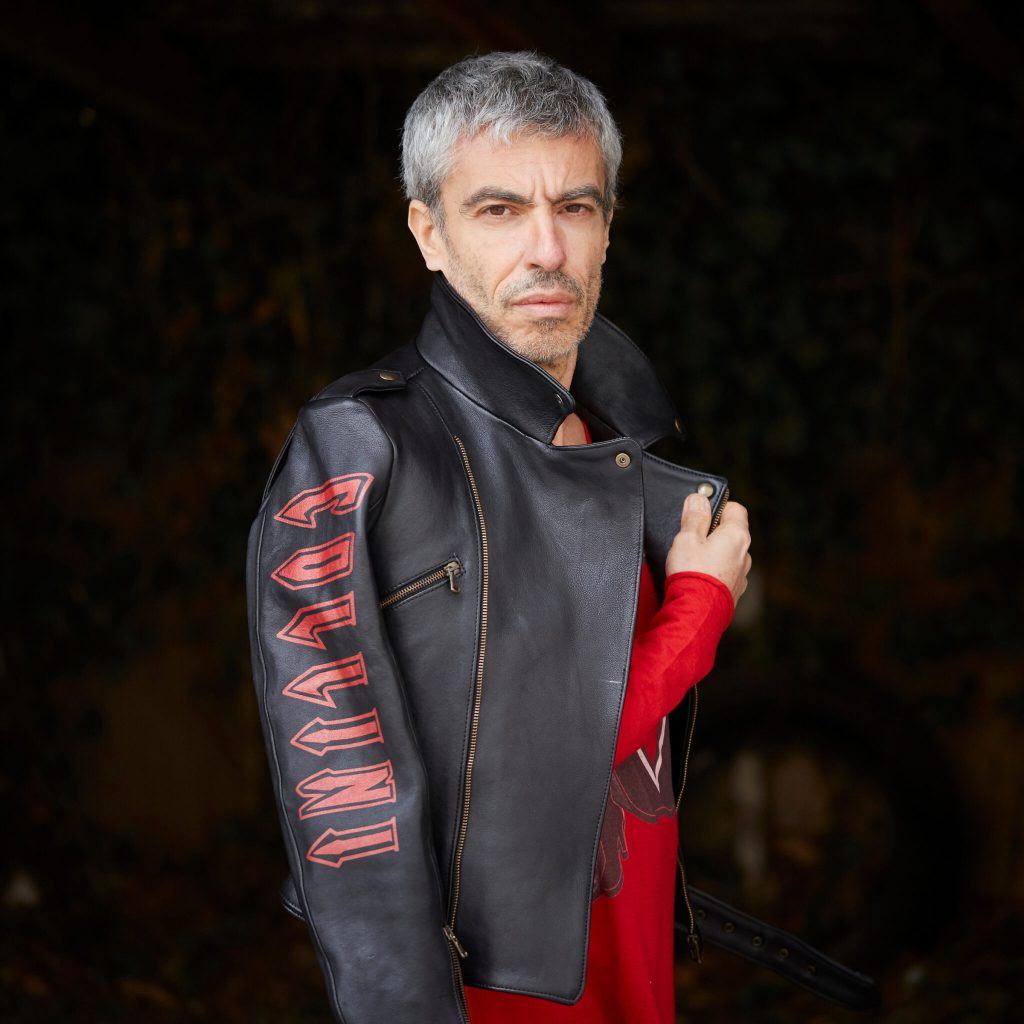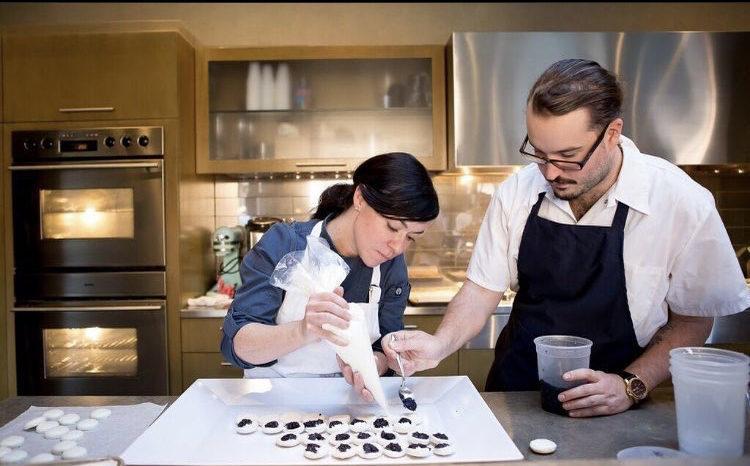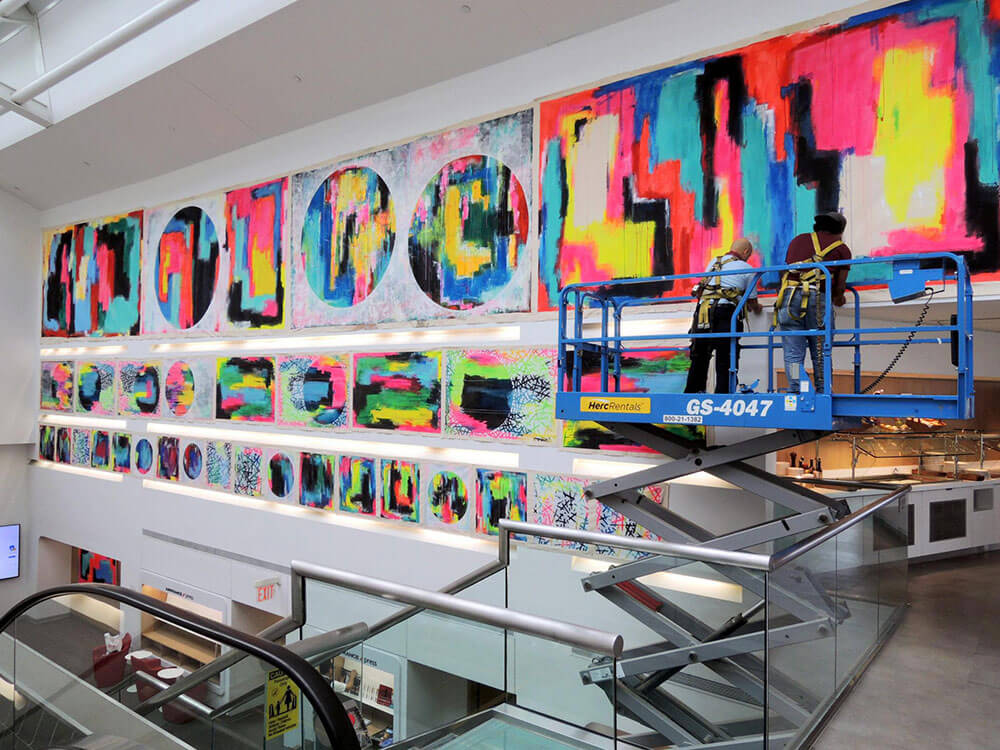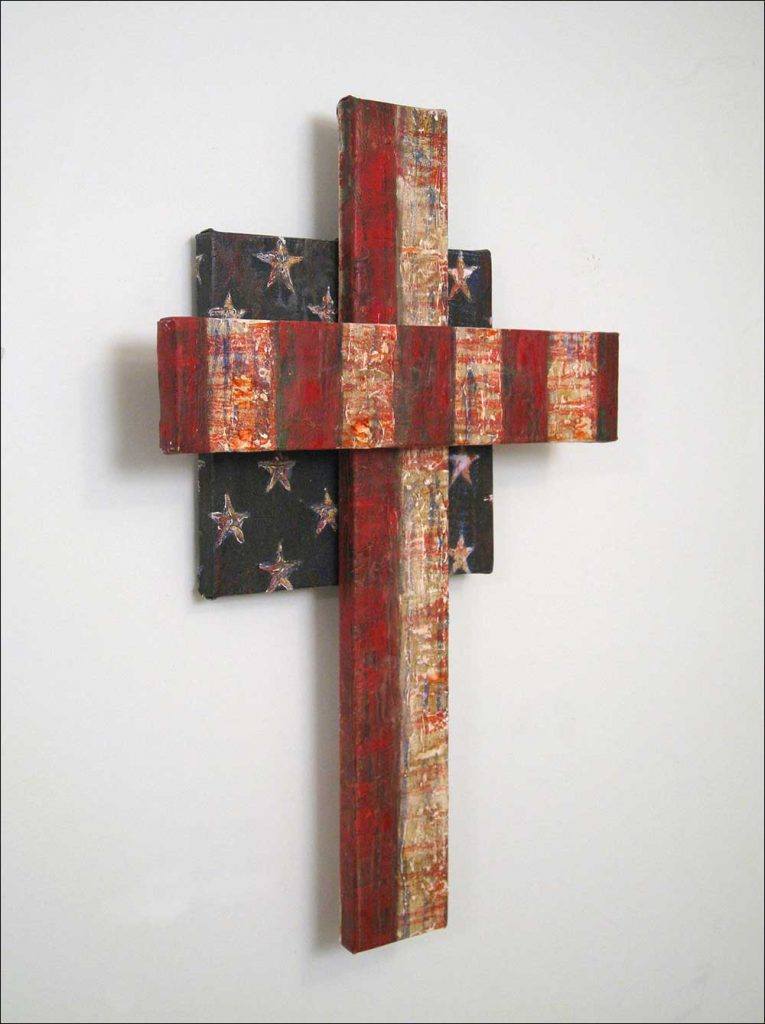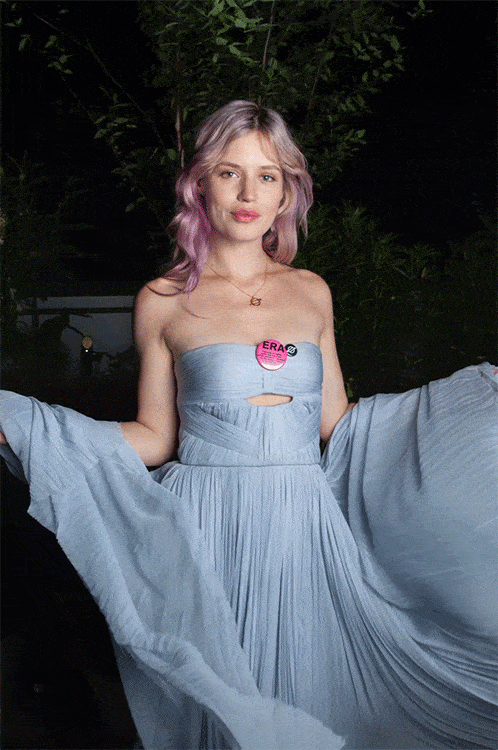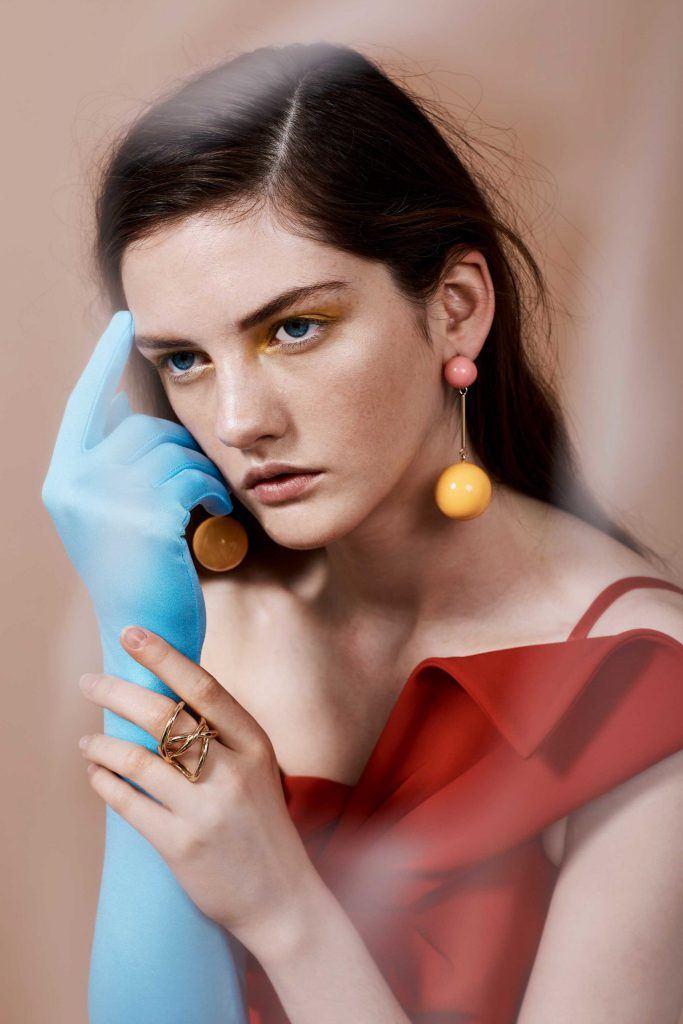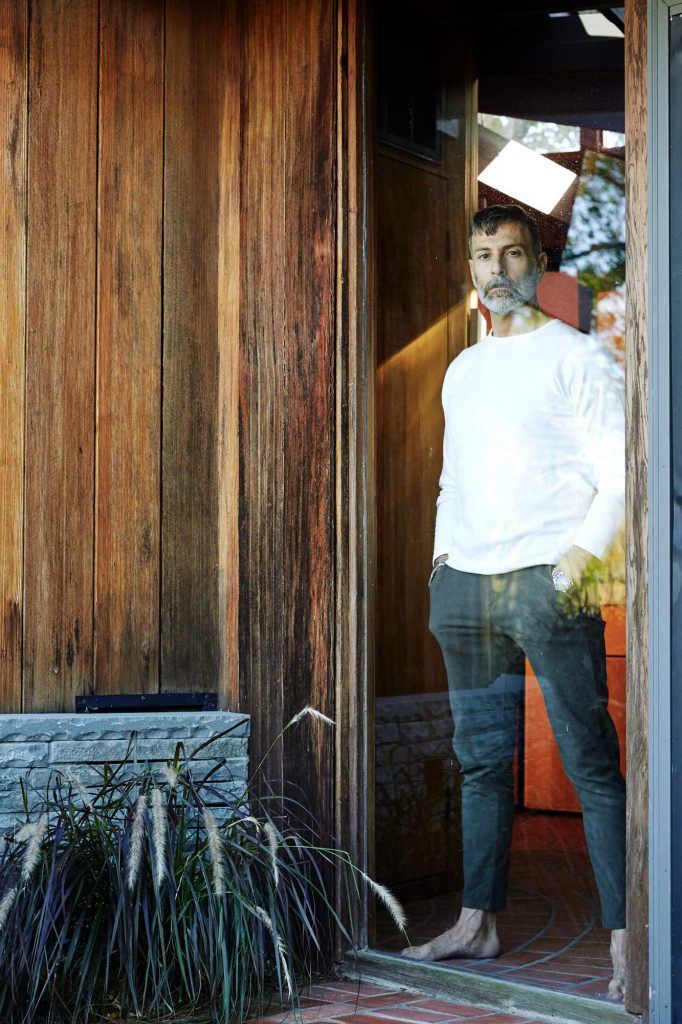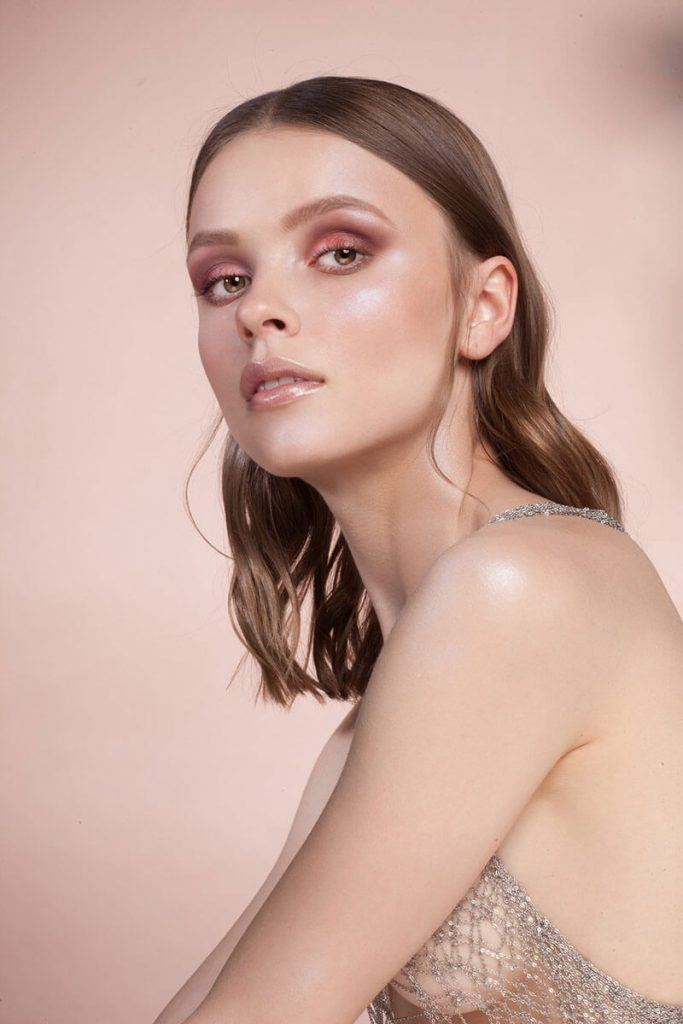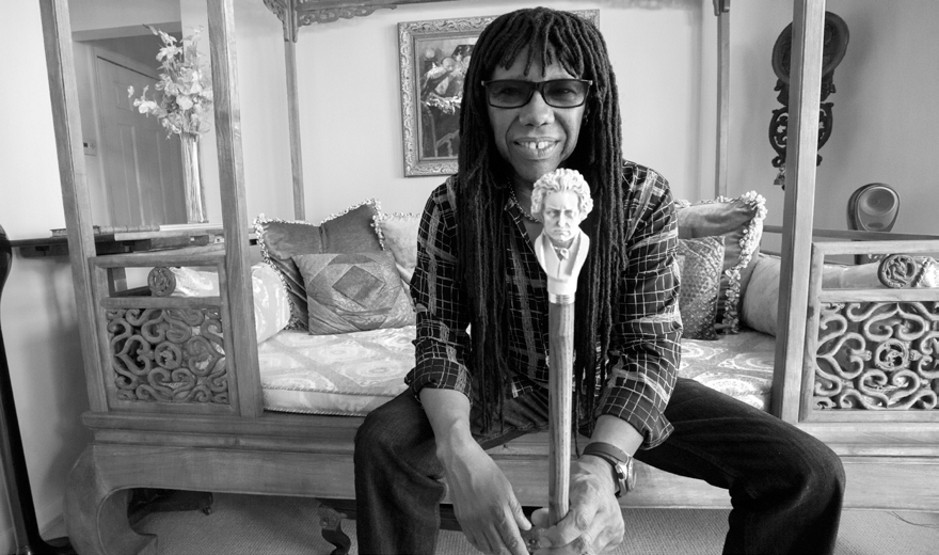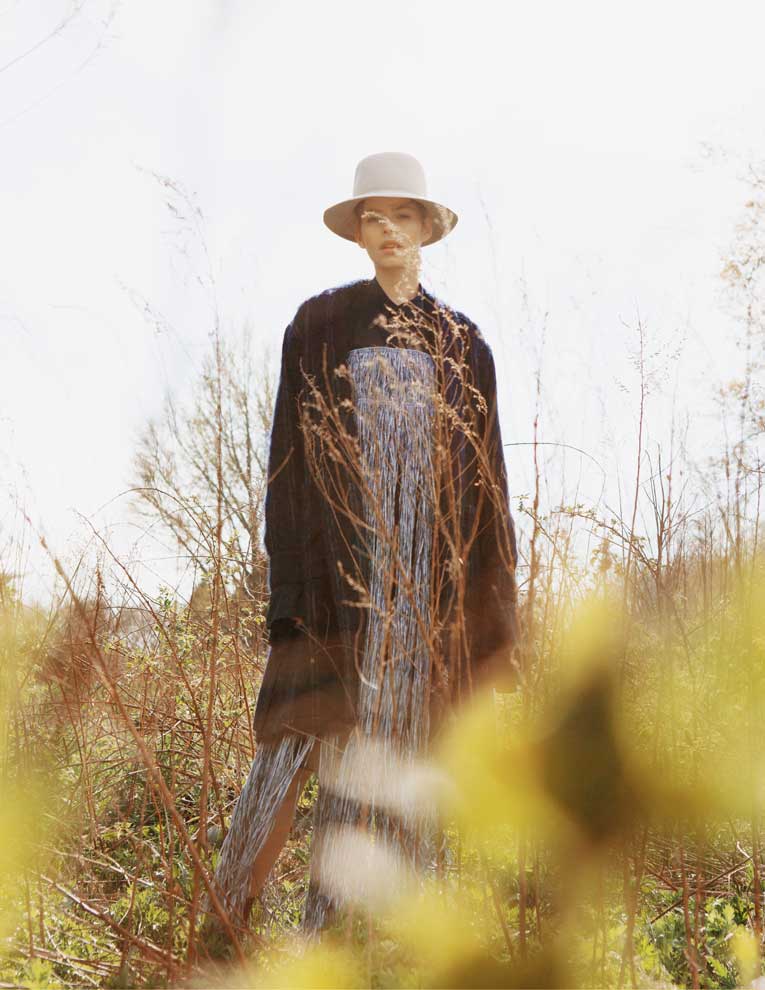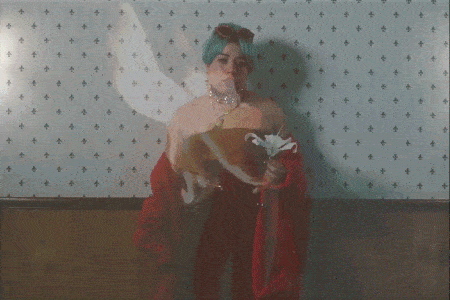
MARIEVIC’s TOURISM presents many ways the work as can be seen in its essence playfully toying with the concept of tourism vs travel experience. The inherent aspect that we don’t indulge in what is present, but rather what is planned. A heightened level of appreciation for juxtaposing different cultures and framing them in a way that suspends our understanding of taking a holiday rather than fully immersing oneself into the local scene. We spoke with the artist about this video project which is more than ever a perfect reflection of the current culture of wanderlust, consumerism and the self.
How did you choose to base the shoot in Cuba specifically focusing on the landscapes and was there a significance to presenting the piece in LA?
I chose Cuba because it is a tourist destination. Michel Houellebecq’s novel Platform begins with the protagonist, also named Michel, hesitating between two organized trips: one in Cuba “Rum & Salsa” and one in Thailand “Thai Tropic”. The narrator who epitomizes loneliness and alienation, chooses the latter. His exploits in Thailand lead him nonchalantly to the idea that sex tourism is the logical conclusion of meaninglessness in the modern world… I was curious to explore the other destination.
I focused on the landscapes and their sequencing to reflect the tourist experience, i.e. a simulacrum where links of causality and time evaporate. At the time I shot TOURISM, I did not know the work would be presented in Los Angeles. But there is definitely a significance to presenting the piece here — Los Angeles, better than any other place in the world, proves the authenticity of the simulacra.
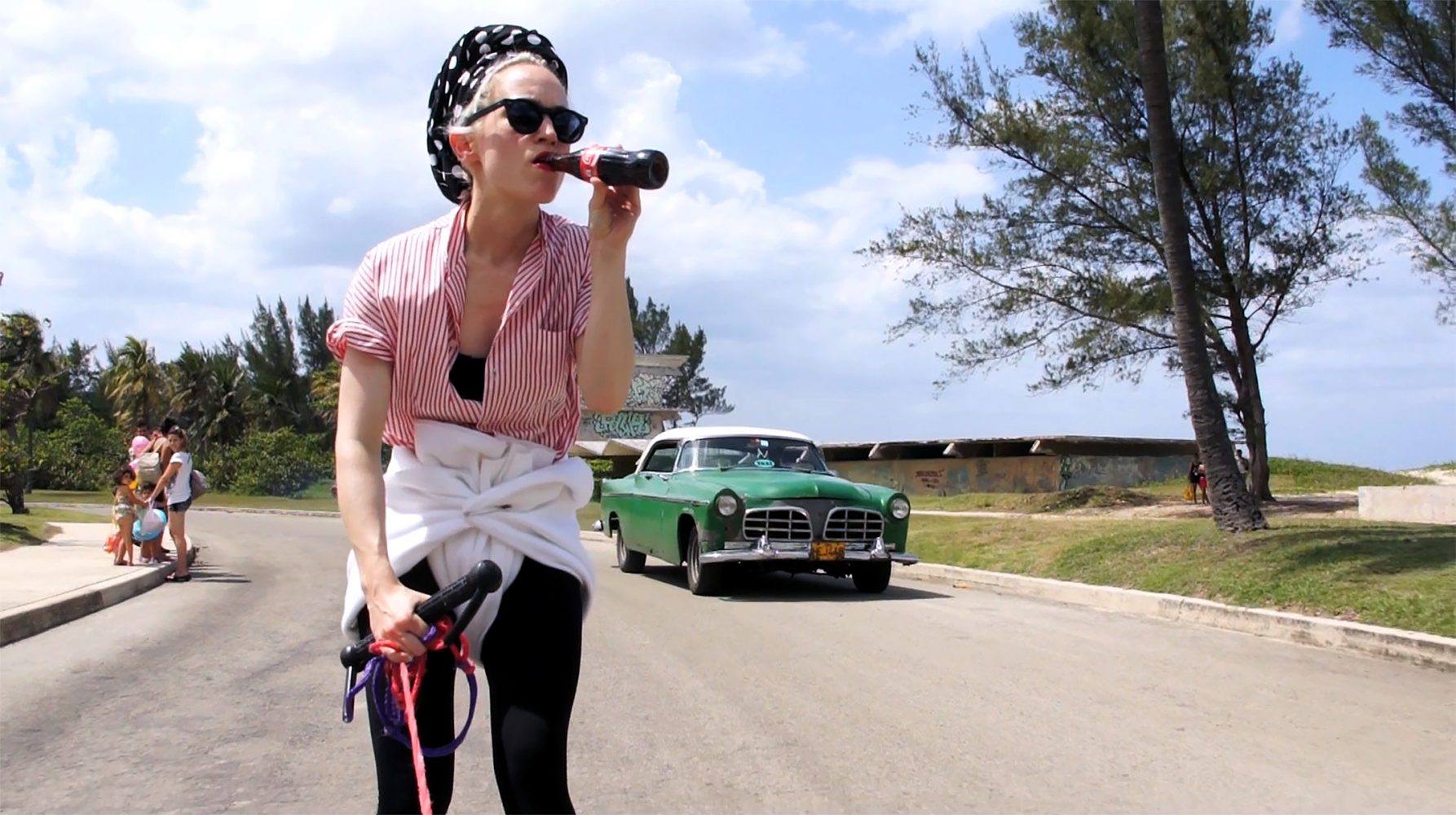 Still from MARIEVIC TOURISM at THE LITTLE HOUSE | Dries Van Noten
Still from MARIEVIC TOURISM at THE LITTLE HOUSE | Dries Van Noten
How many days did it take for the performance’s duration, in that time how many miles did you cover? Was there an unedited version that you would like to explore?
I was traveling with my mother, we wandered around Cuba for 2 weeks, from east to west. We must have covered about 600 miles. I skated everyday, sometimes just for two hours, sometimes for six, depending on the roads, the weather and the landscape. An unedited version I would like to explore would be a cut of my falls, my letting gos of the rope, my wrong starts. The audio would be my mom’s anxious, helpless screams warning of approaching trucks and buses as she drives the car pulling me. But that would be a different project entirely.
What was the background on the wardrobe, was it a reflection of comfort of part of your costume as a tourist?
I wanted to be comfortable. So nothing on my legs that gets on the way of my wheels. Hence the black tights. And then I wanted the outfits colors to play off of the landscape. So I brought pieces of fabric that I would wrap between my legs and cinch around my waist, like a diaper. I bought felt because it seems protective. And I liked the the way it holds itself. I found out under the Caribbean sun it wasn’t very smart. But it worked. Whatever I wear as a top is light and covers me enough to protect me from the sun.
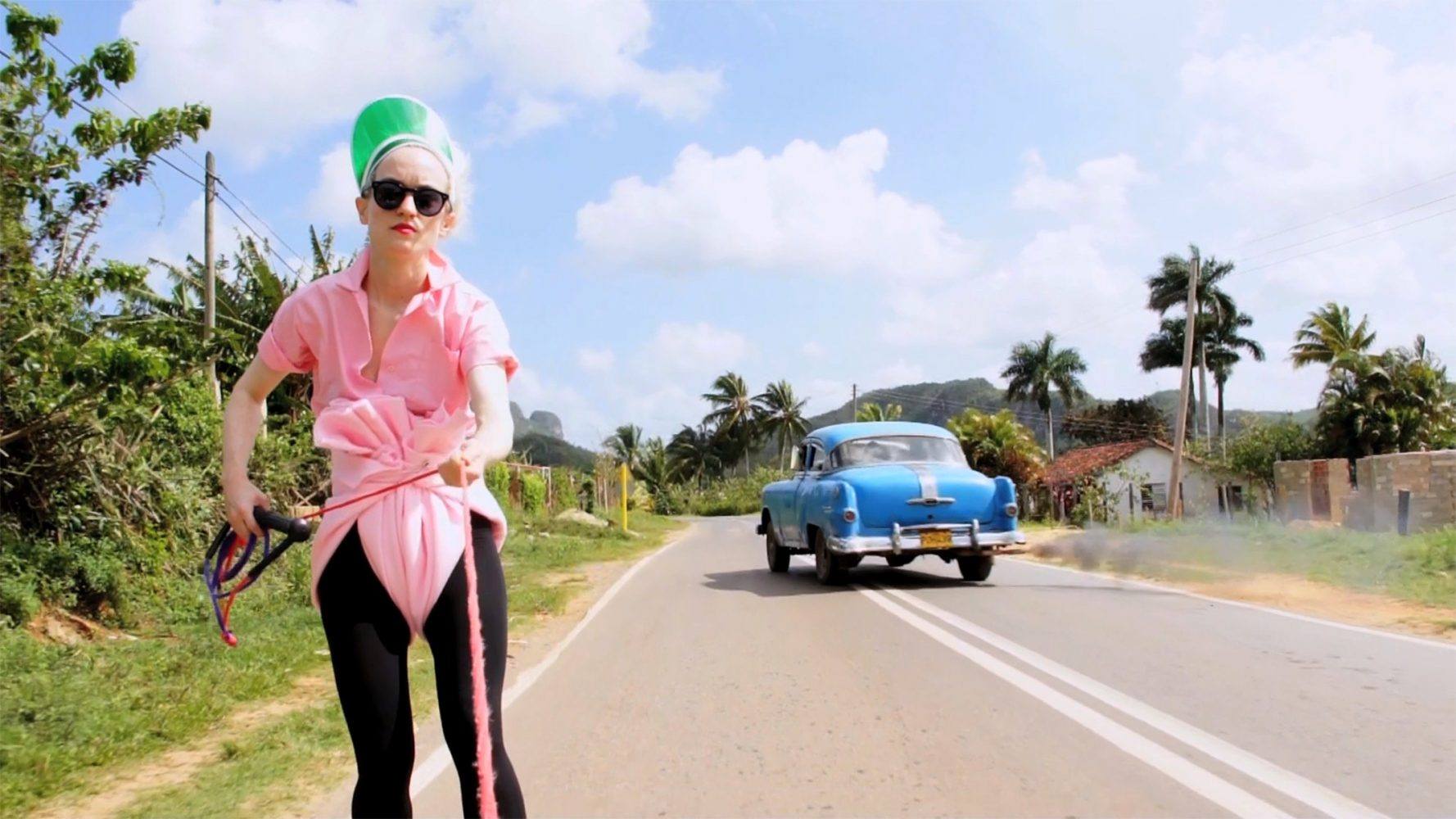 Still from MARIEVIC TOURISM at THE LITTLE HOUSE | Dries Van Noten
Still from MARIEVIC TOURISM at THE LITTLE HOUSE | Dries Van Noten
How did you feel the backdrop of roads in Cuba related to your conversation with travel and tourism? What in your mind is the difference between travel and tourism?
I chose Cuba because of its touristic appeal. To travel is to go from one place to another whereas tourism implies the pursuit of recreation. There’s an implicit commercial agenda in tourism, it proposes a type of staged authenticity which alienates the place visited. For that reason, it sometimes has bad reputation. The tourist experiences a simulated reality, a desire for the desire which never is satisfied. It is symptomatic of the western lifestyle. Ultimately there is nothing real in the palpable world.
You stay relatively centered as the rest of the background shifts and changes, did this consistency explain your adventure and how the background represents this sense of temporal to the reaction to one’s experiences.
I stay centered on the road, turning my back to the landscape to allow the backgrounds to shift. The video does not reflect my adventure necessarily. Instead, the consistency of the apparatus allows to witness my touristic relation to the territory: a quest for authenticity that is far from being an ossified form of consumption, but rather a need for freedom.
 Still from MARIEVIC TOURISM at THE LITTLE HOUSE | Dries Van Noten
Still from MARIEVIC TOURISM at THE LITTLE HOUSE | Dries Van Noten
MARIEVIC, TOURISM presented by Dries Van Noten and Brackett Creek Exhibitions at THE LITTLE HOUSE
451 N. La Cienega Blvd. Los Angeles CA 90048

